Nature History ~ The Egret In Scotland
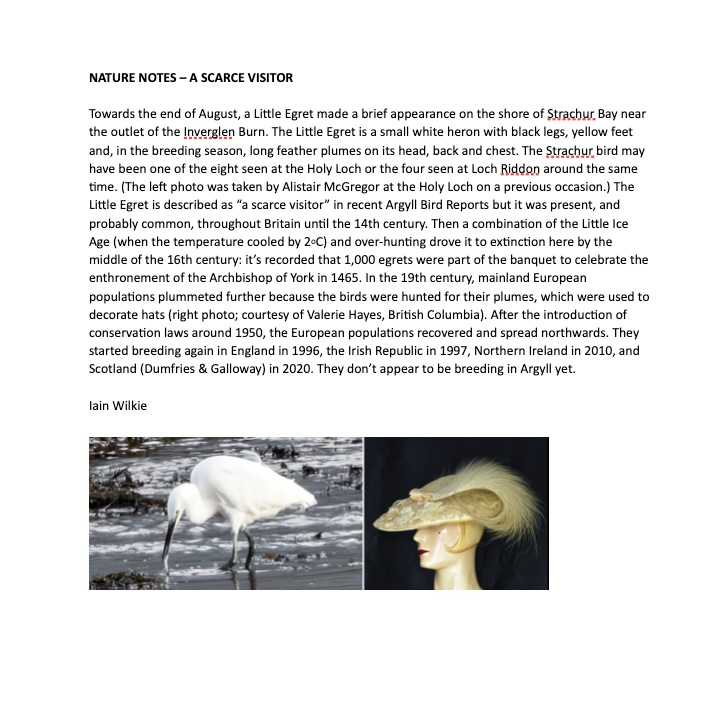
Article Courtesy Nature Notes By Dr. lain Chisholm Wilkie, Strachur Argyll, Scotland

Article Courtesy Nature Notes By Dr. lain Chisholm Wilkie, Strachur Argyll, Scotland
This is a sampling of some of the Quiet West sold items. Check back as I will be adding more. The first item in this post was one of the very first sales. A woman in her nineties, and in palliative care – wanted to wear this beautiful 1930’s pink quilted satin bed jacket. The customers have been a pleasure to deal with, and have wonderful taste, with a unique story surrounding each piece. Their beauty lives on!
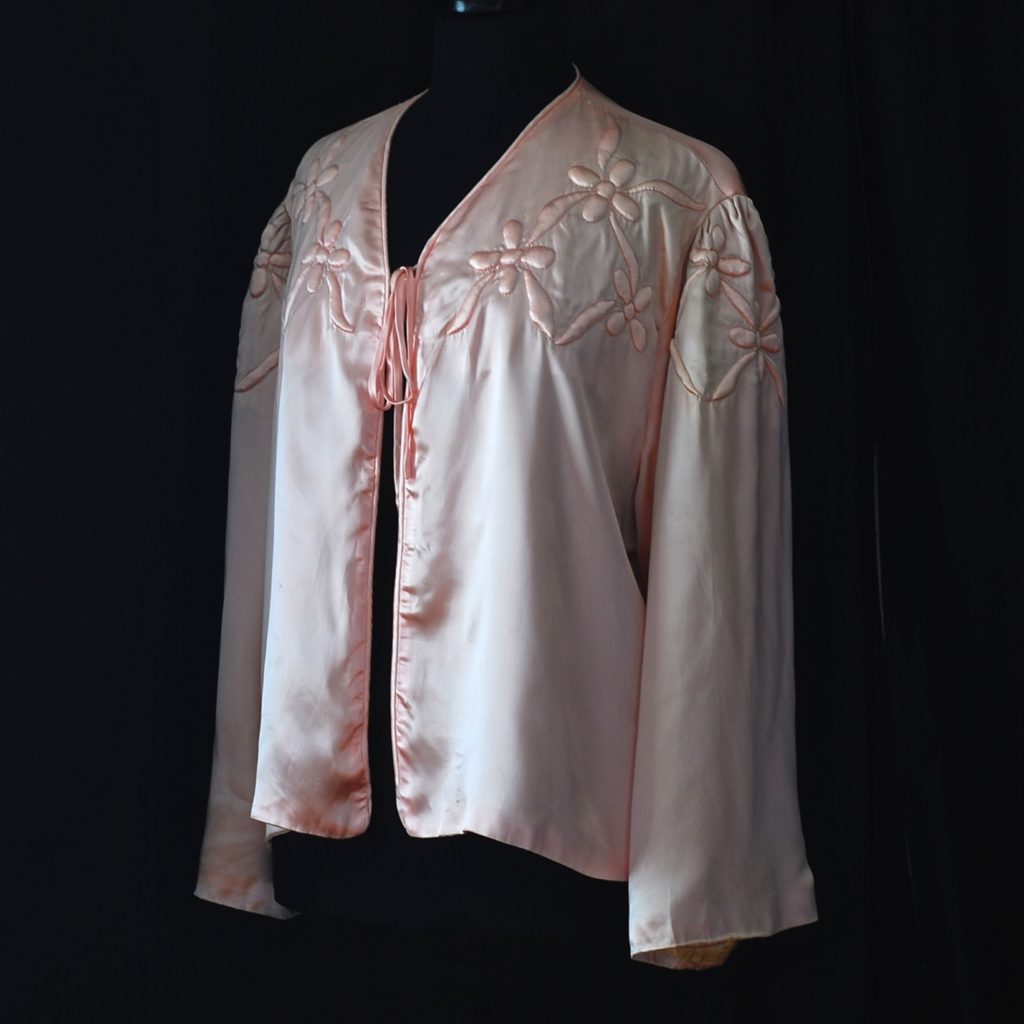
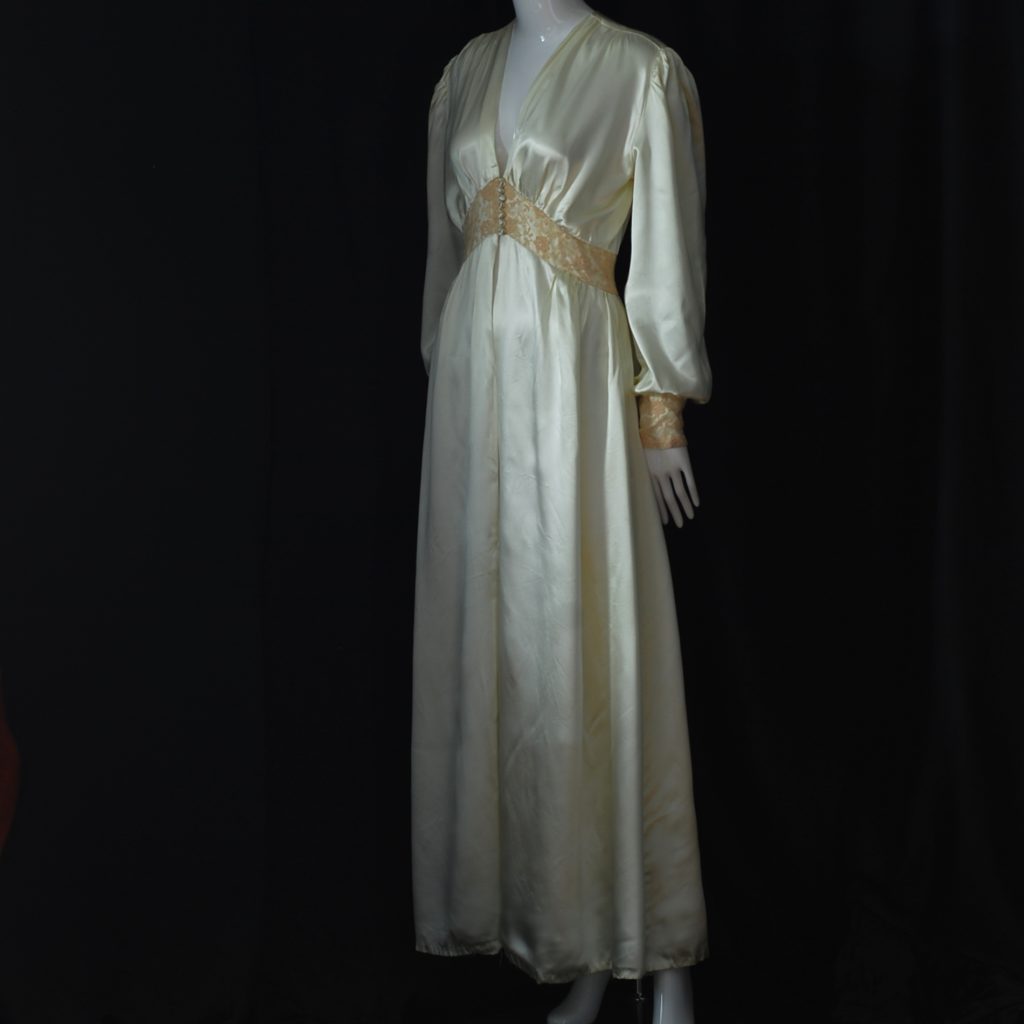
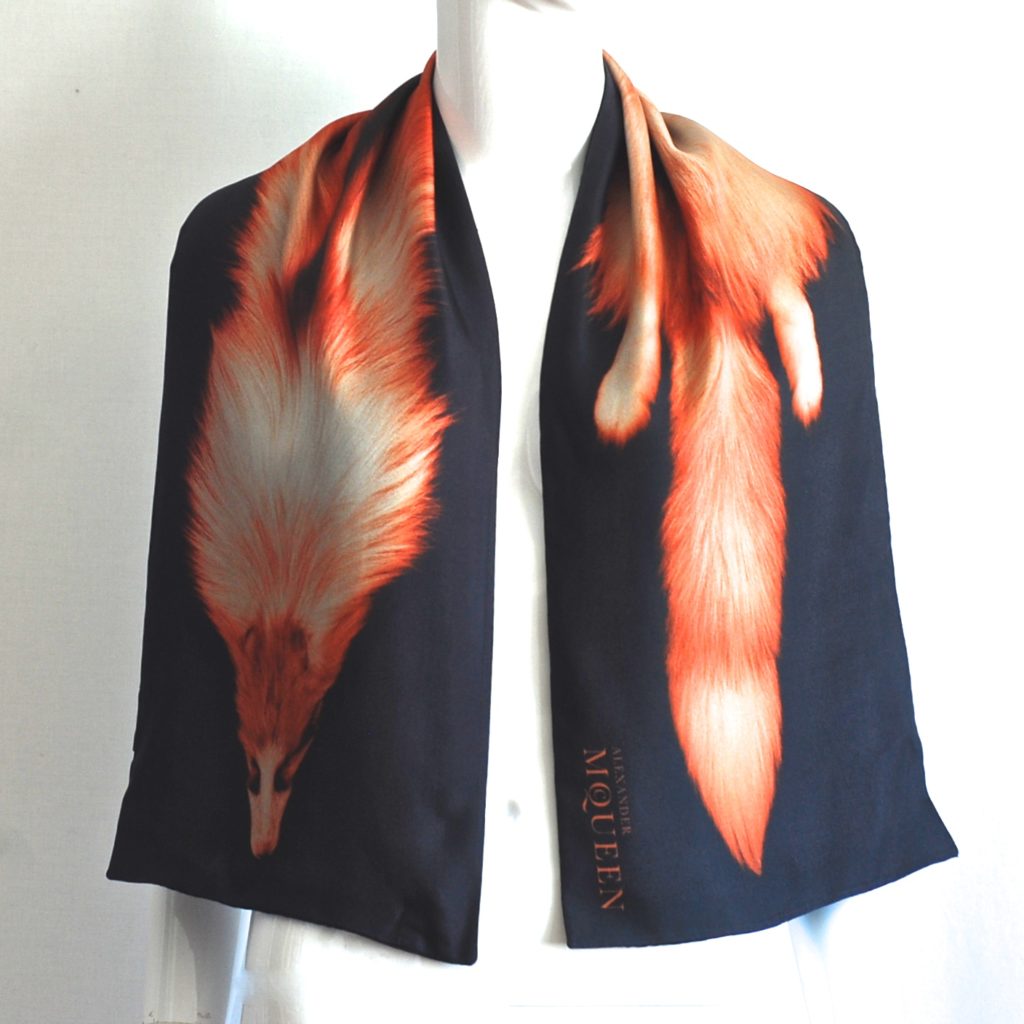
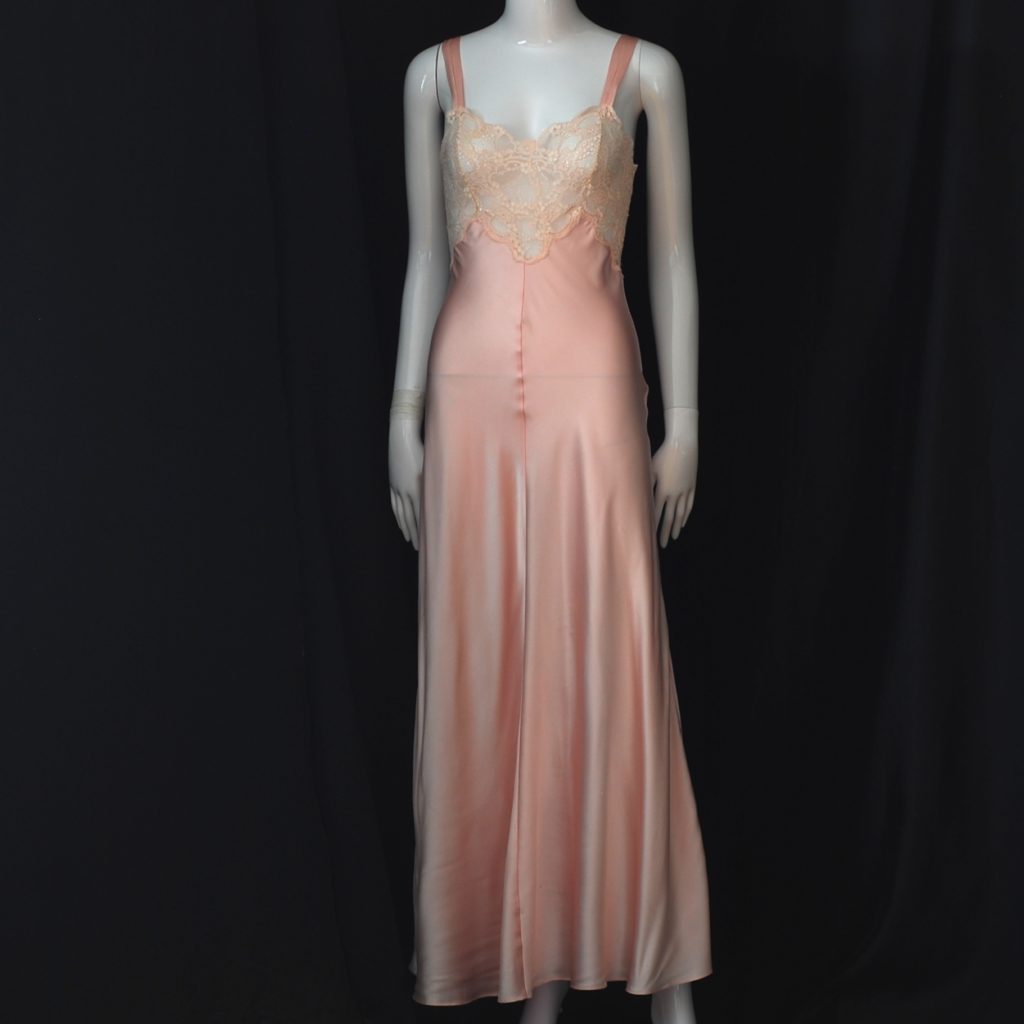

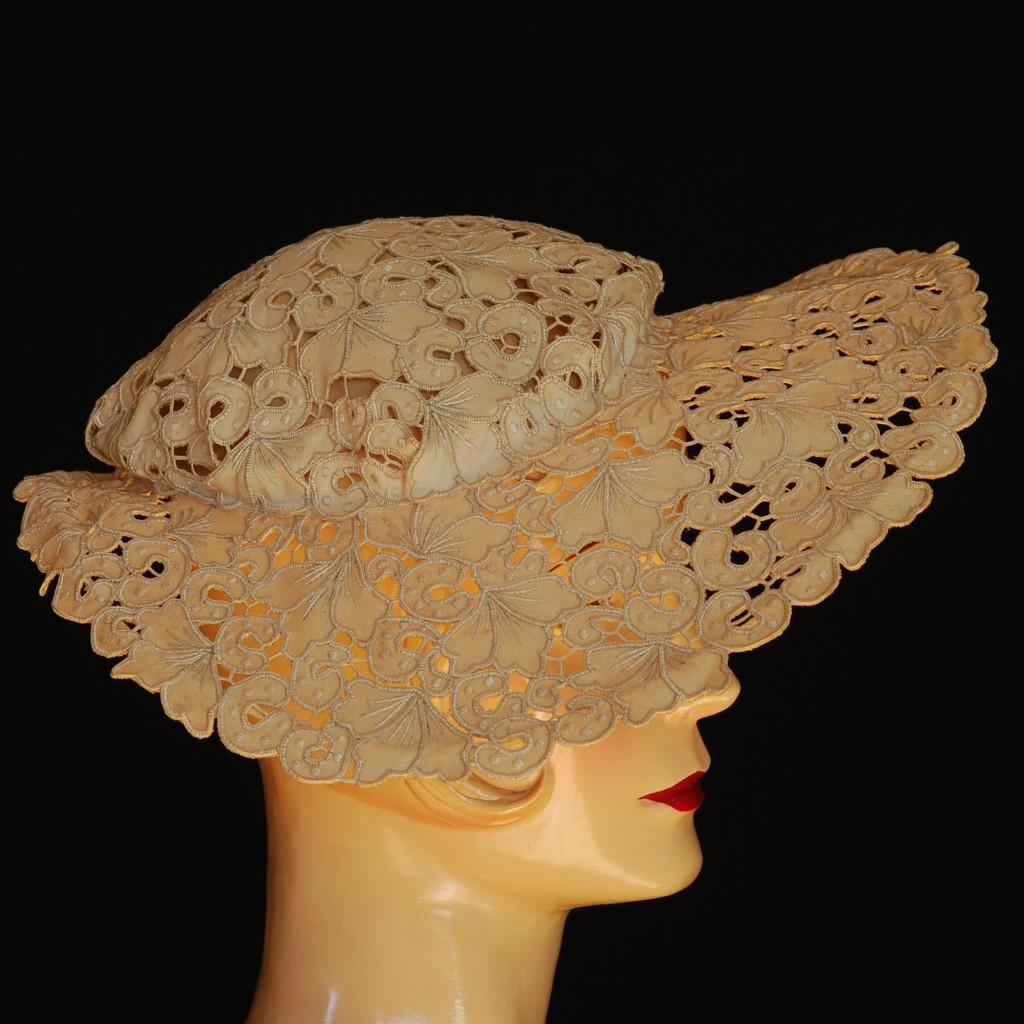
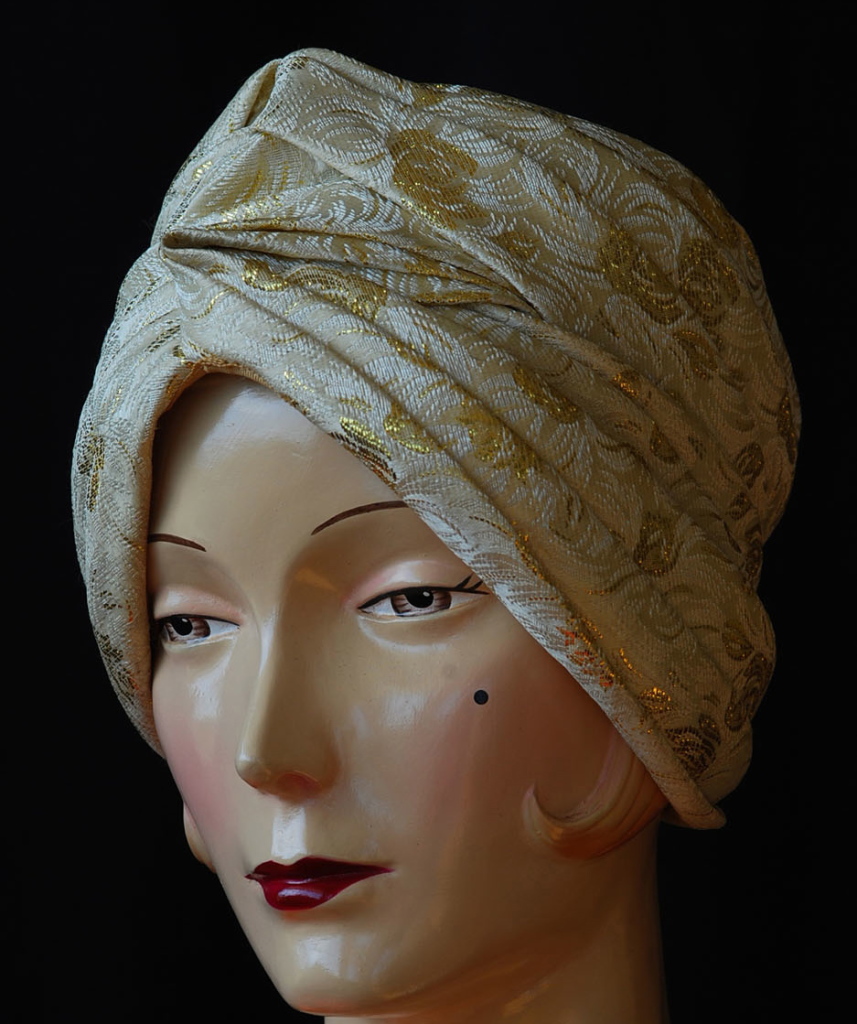
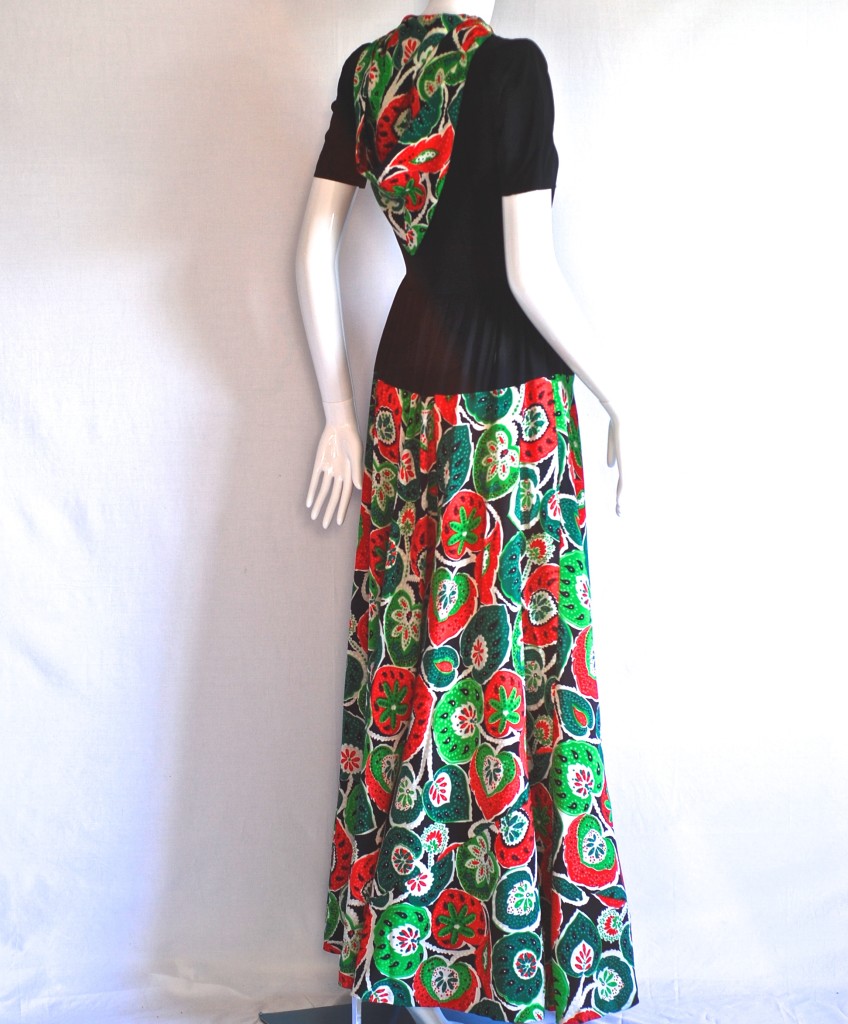
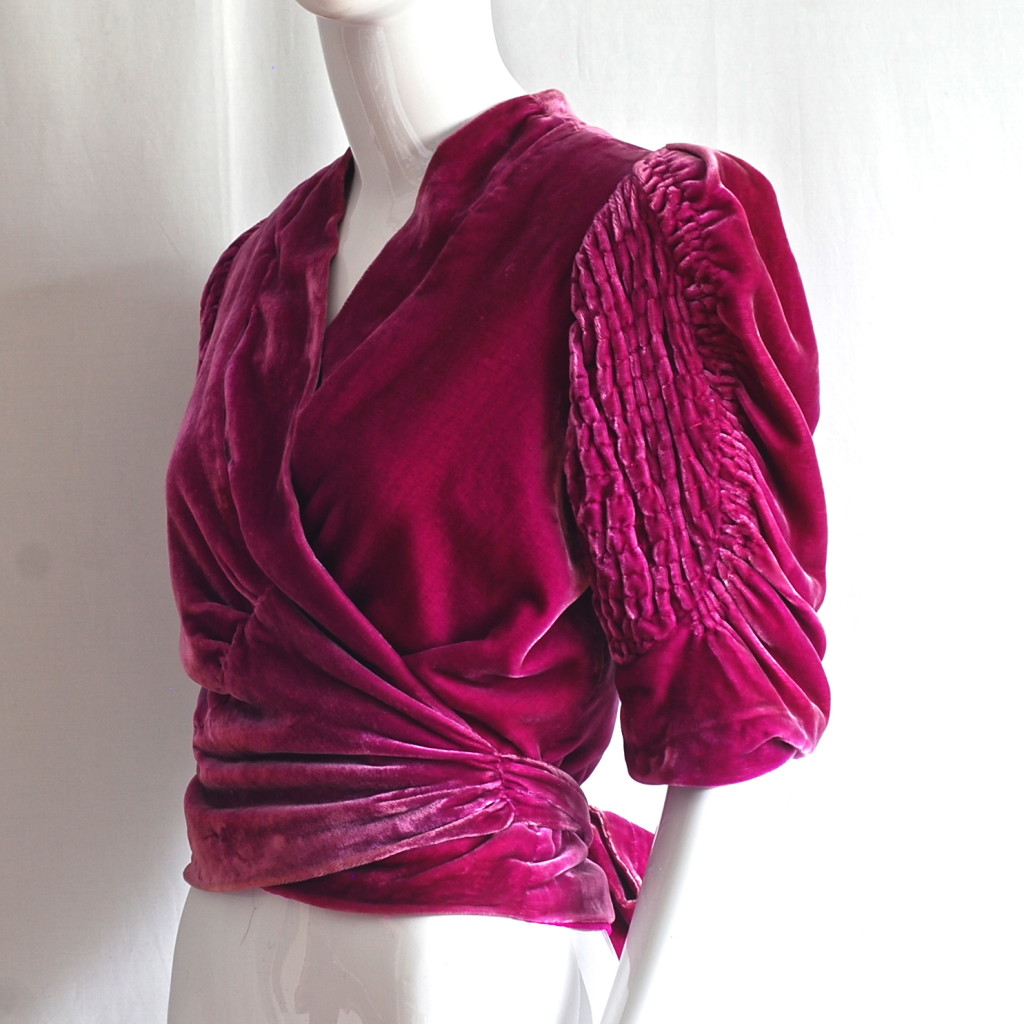
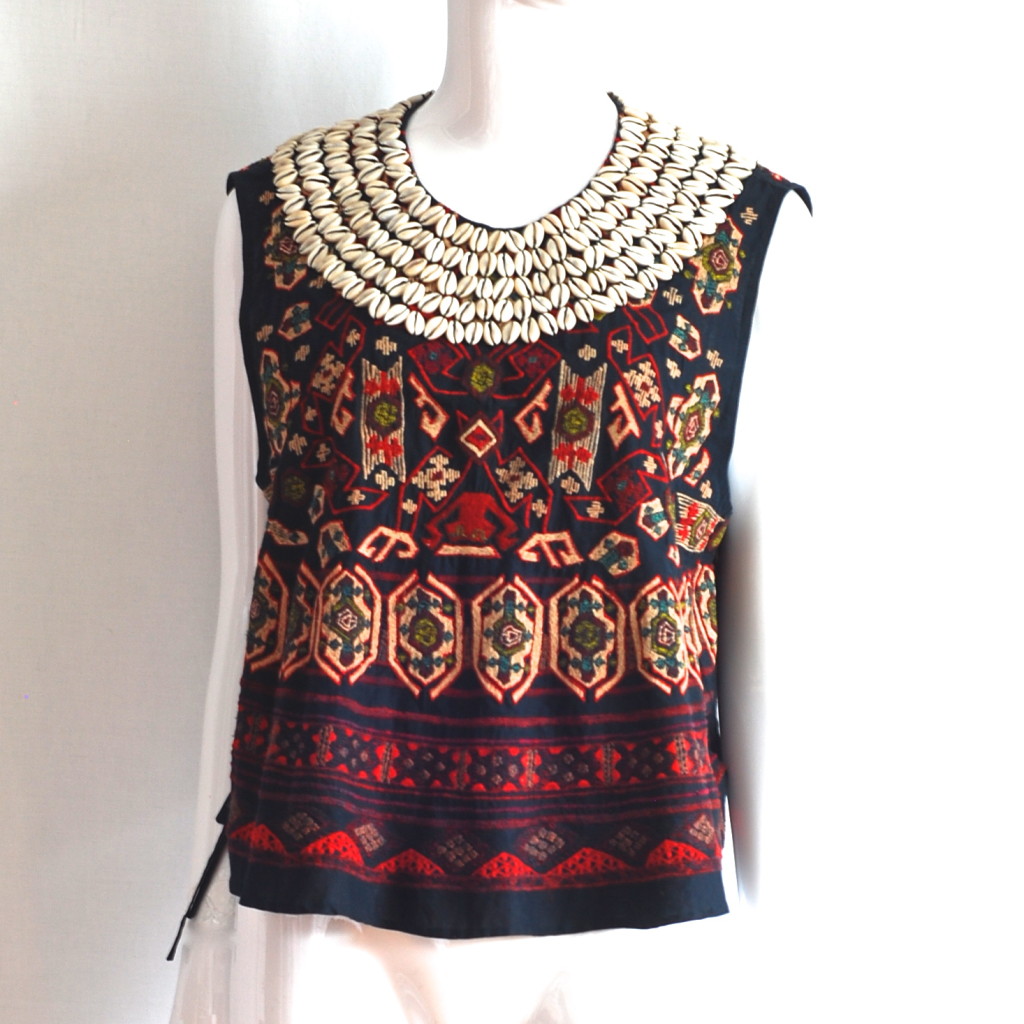
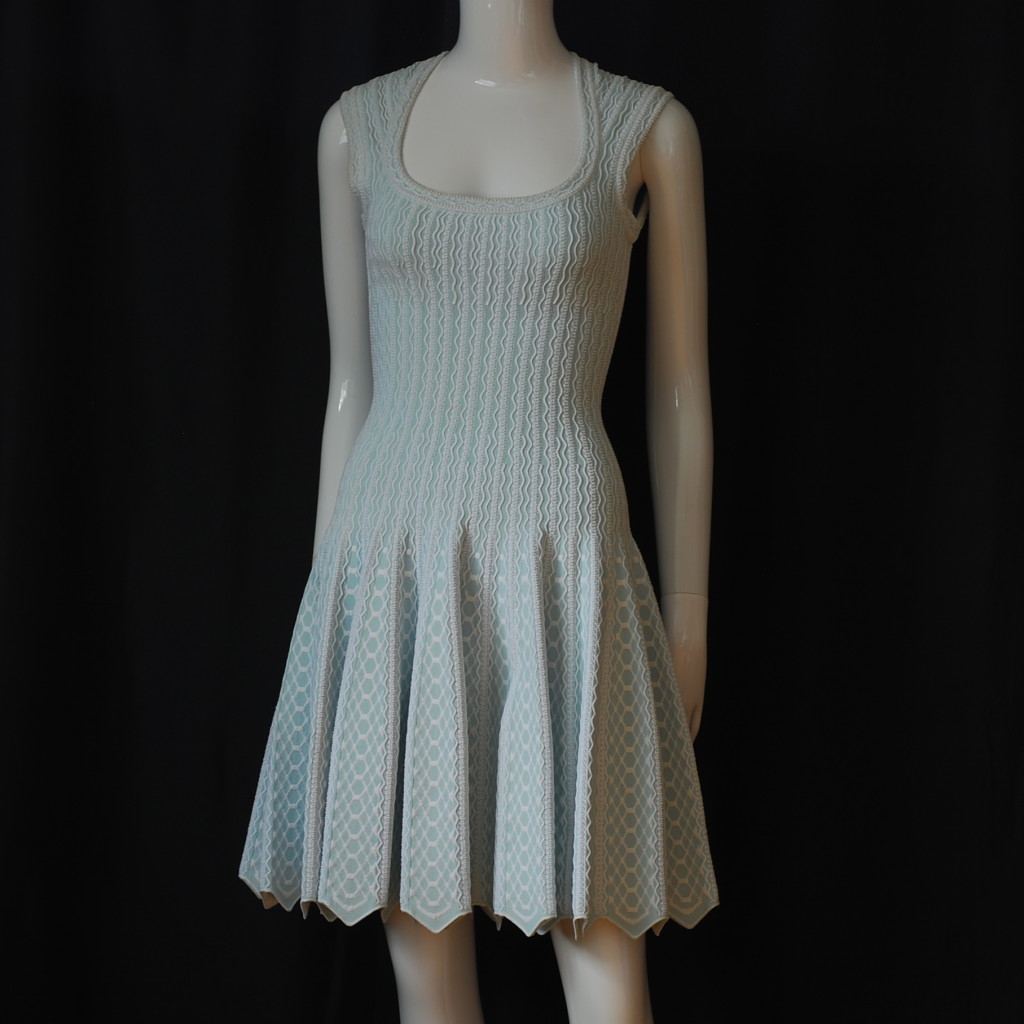
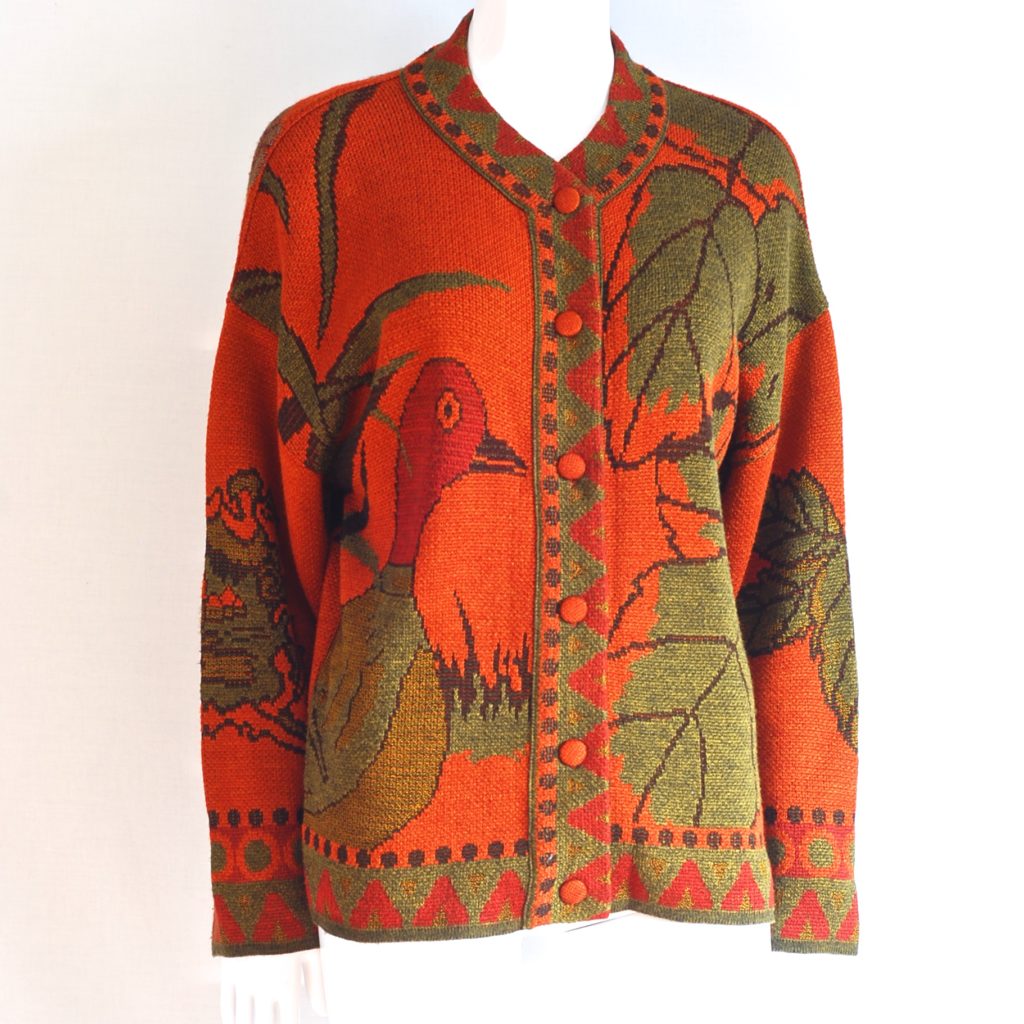
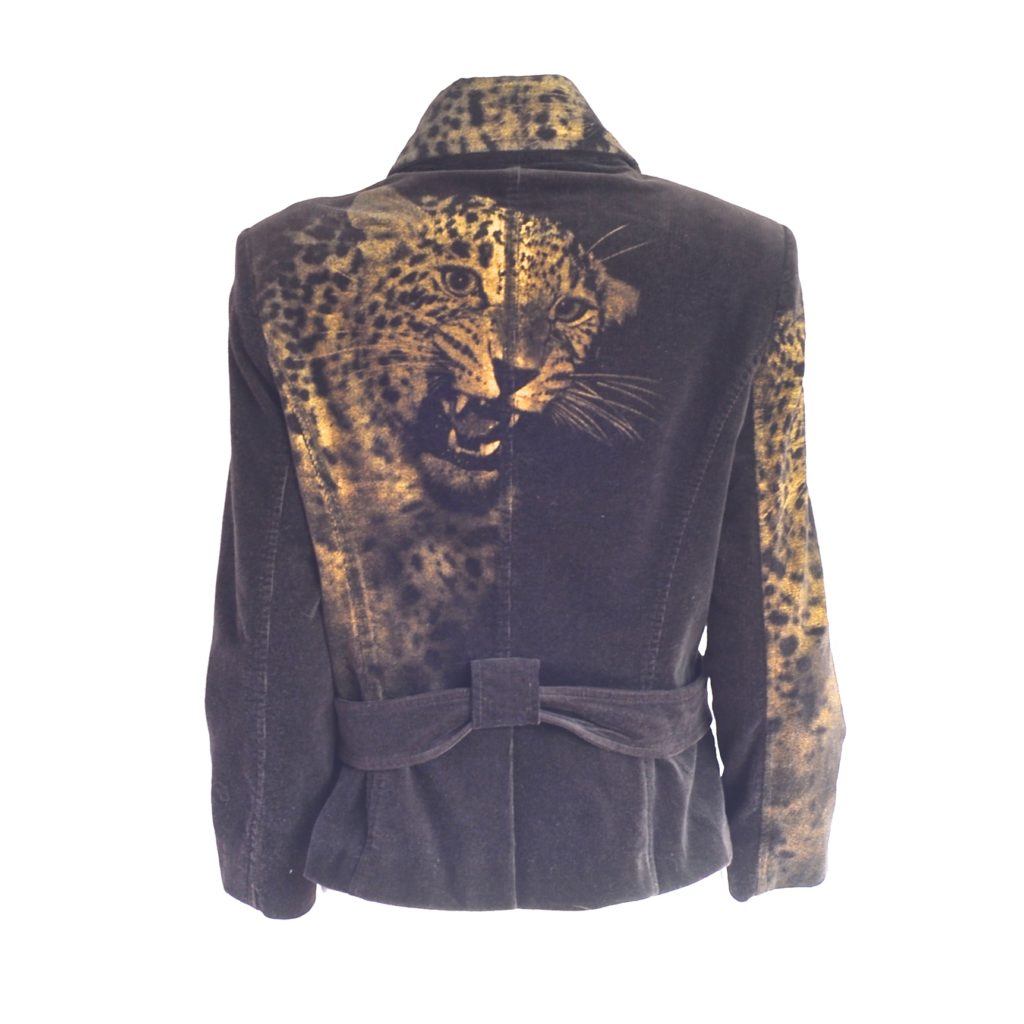
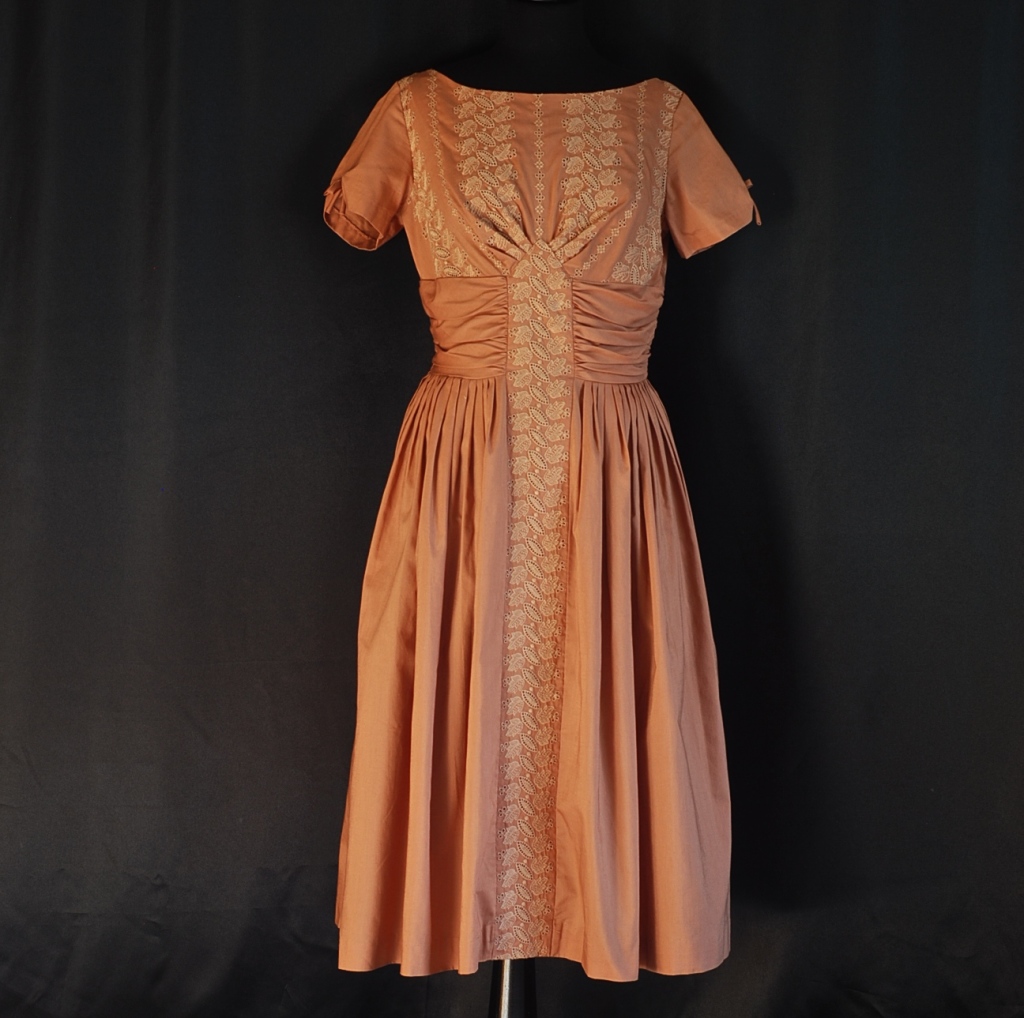
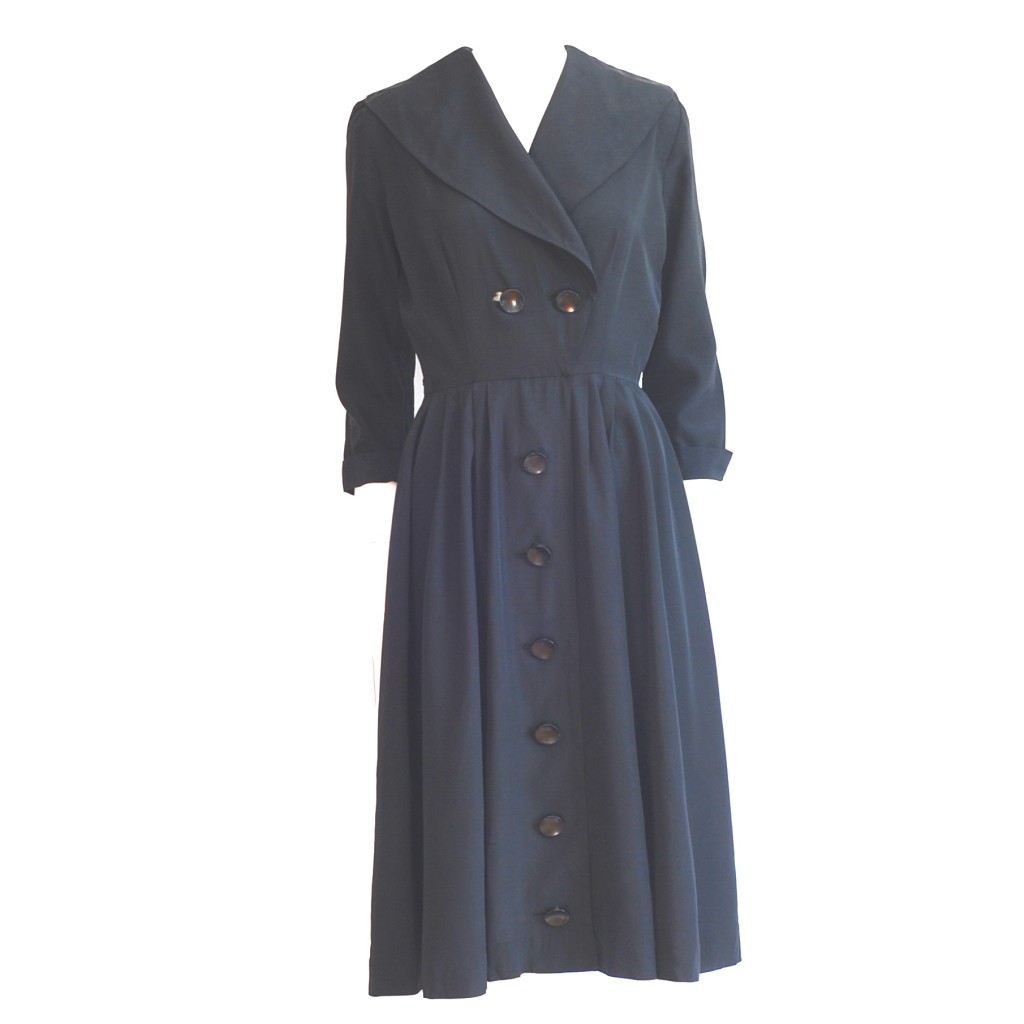
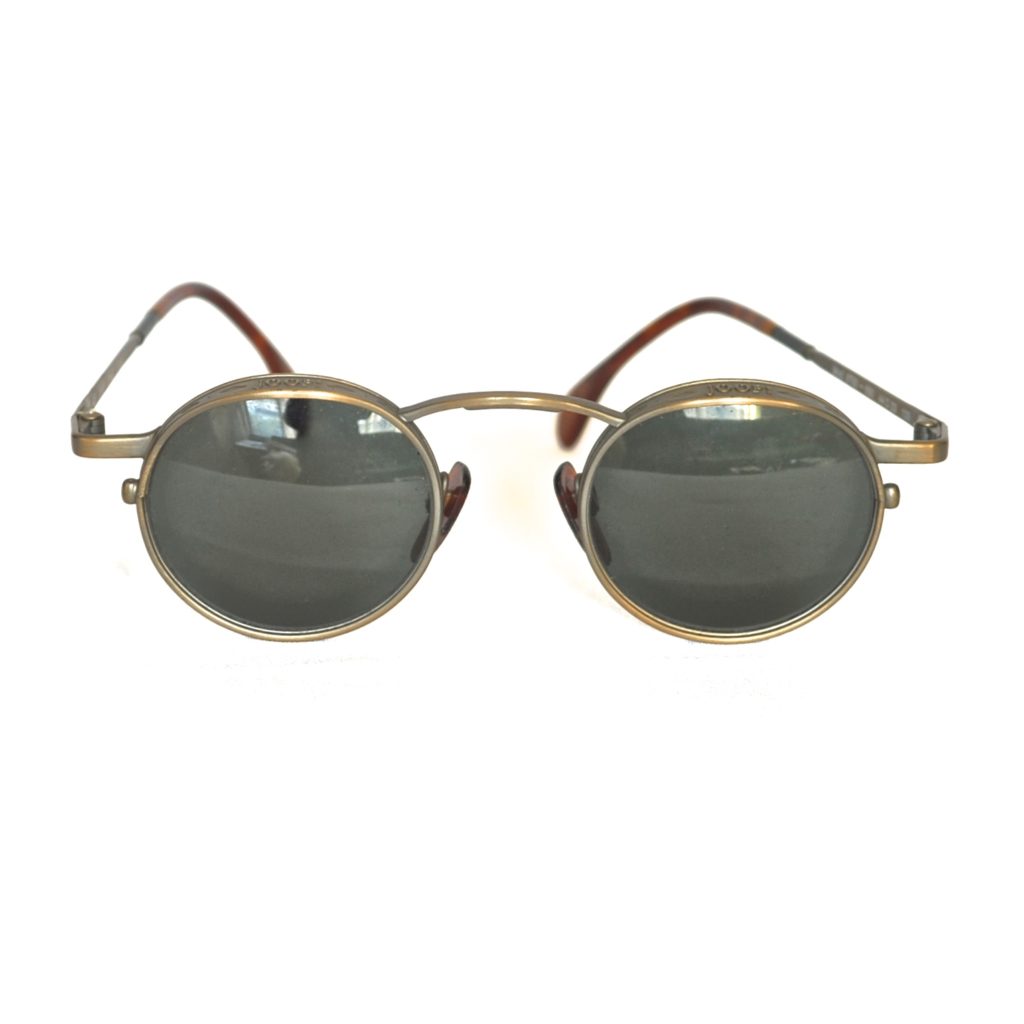
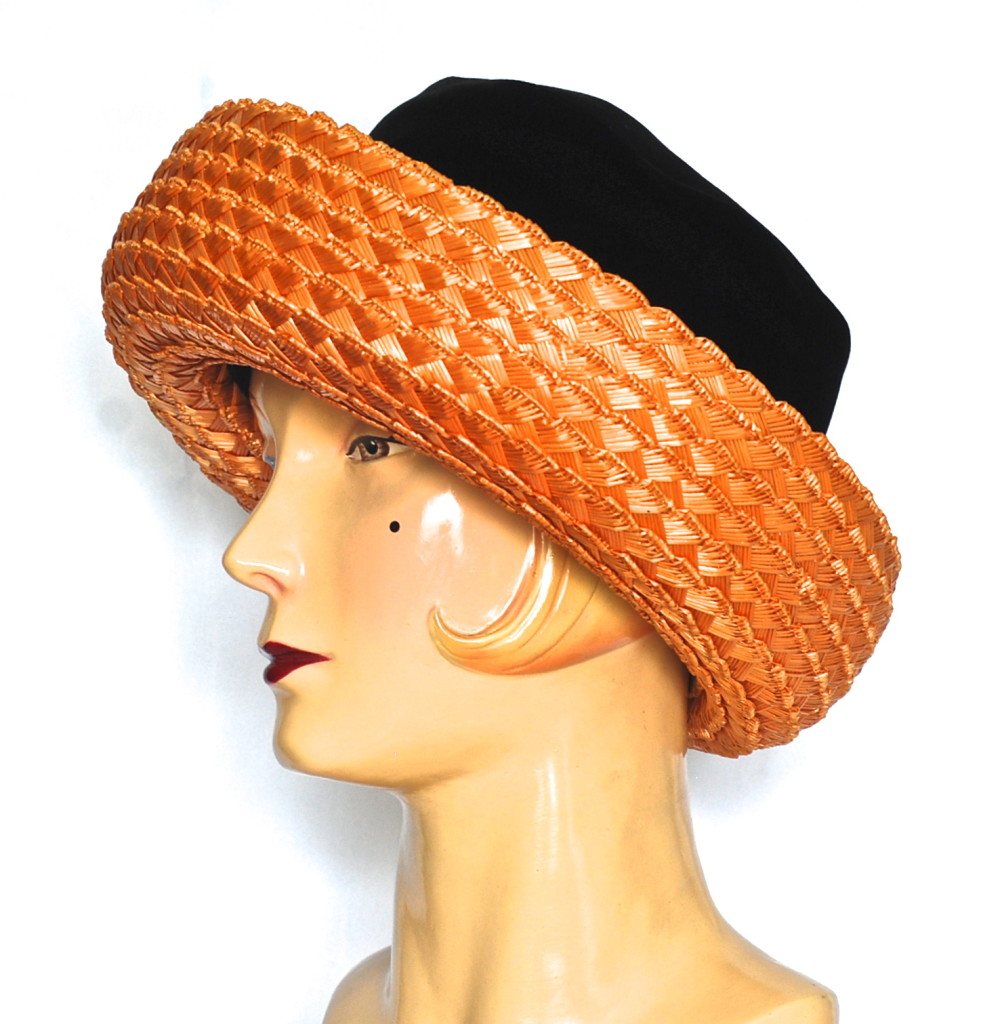
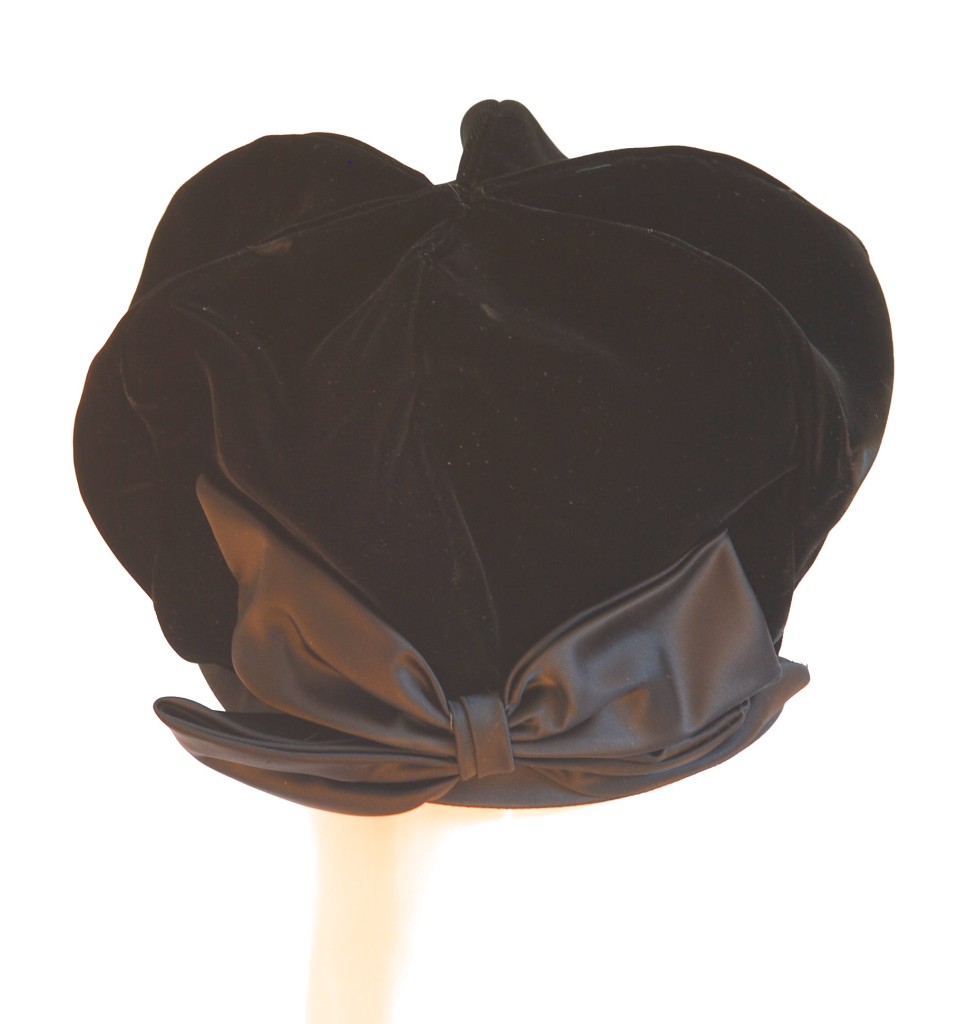
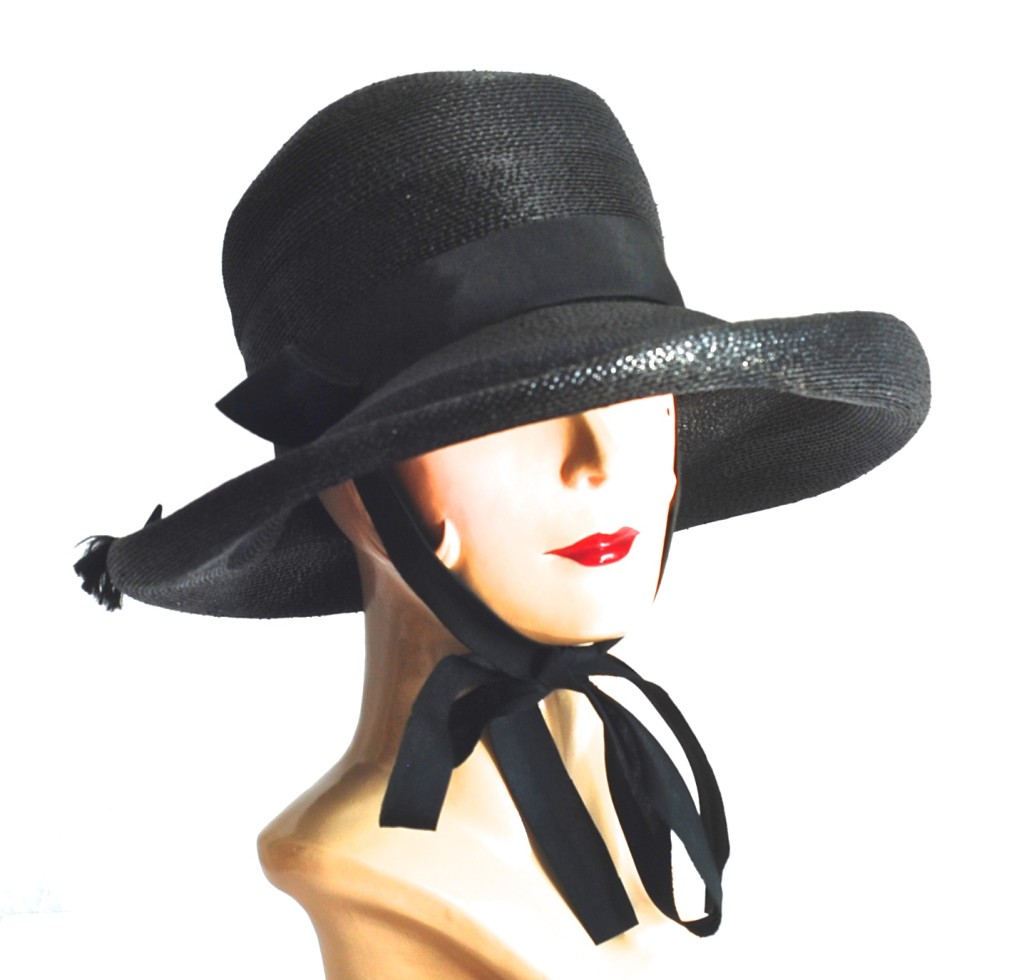
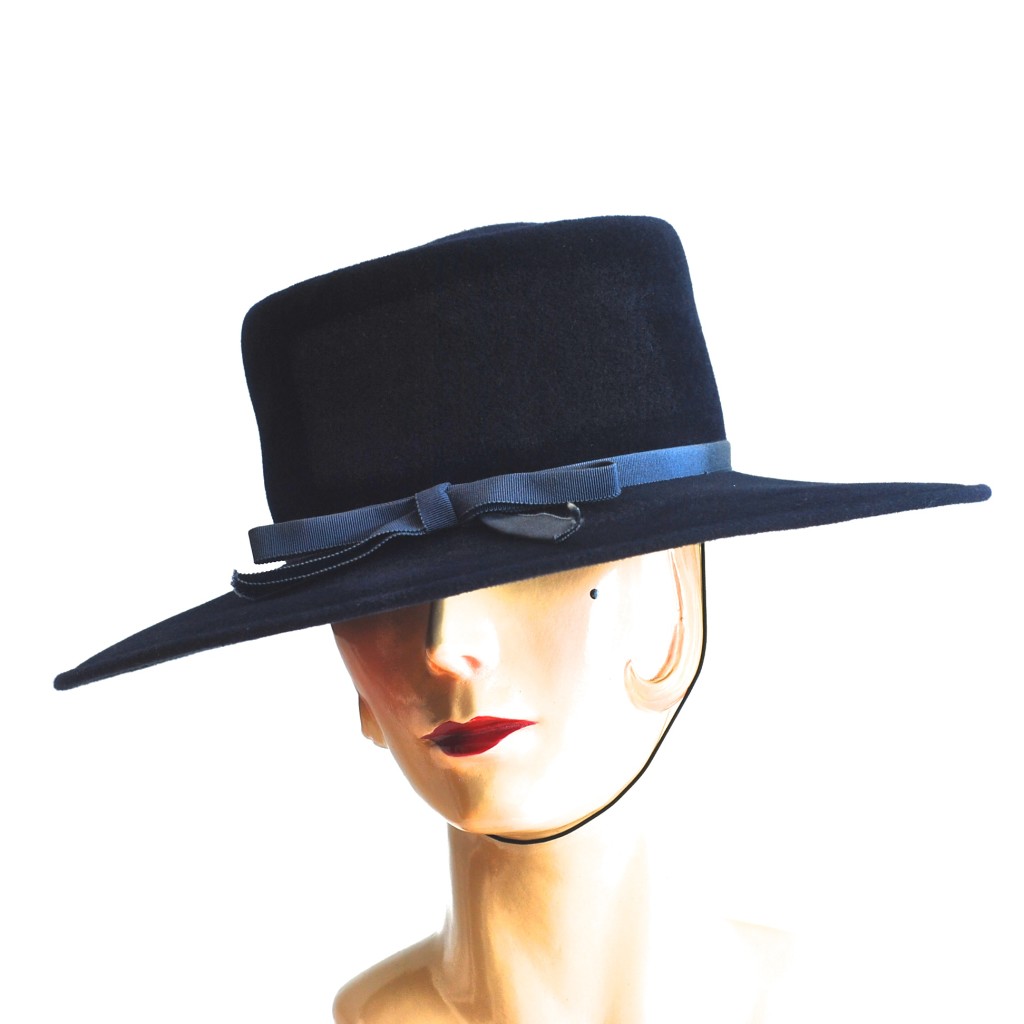
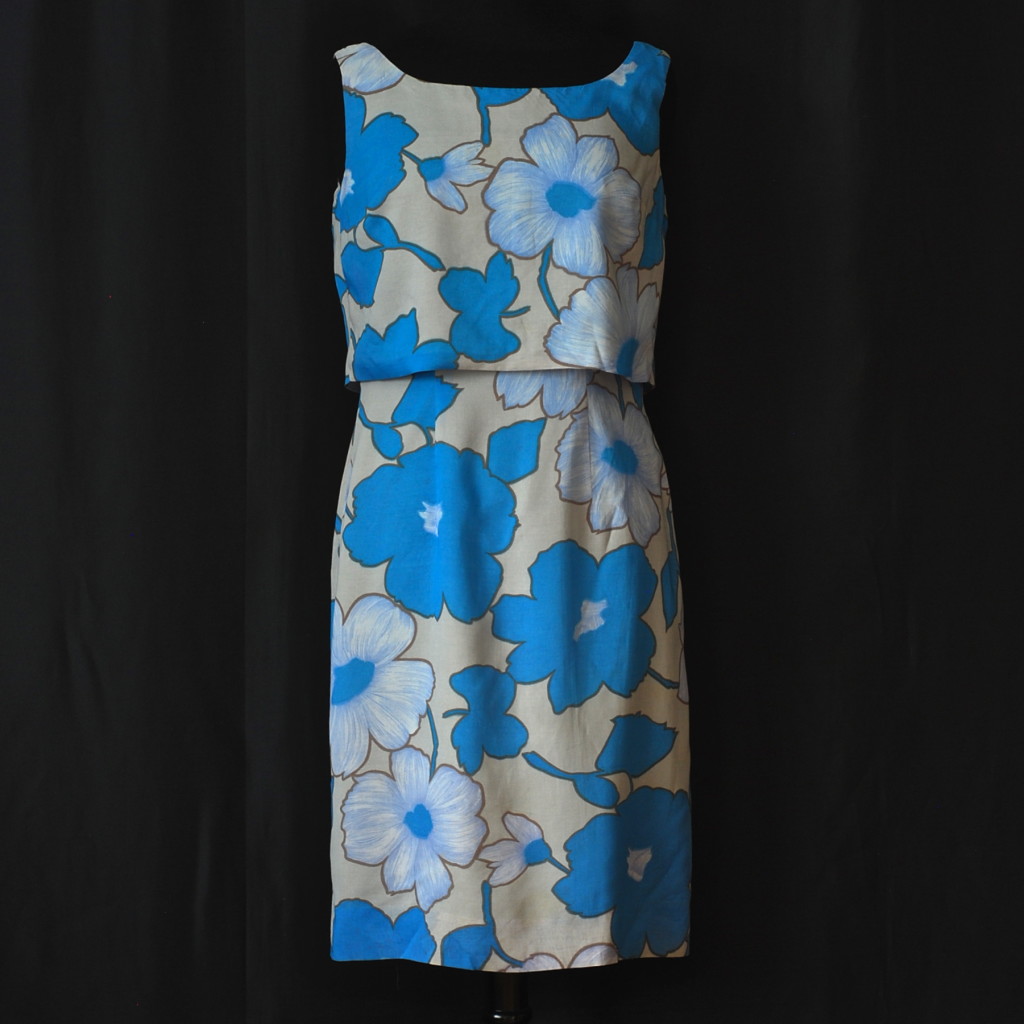
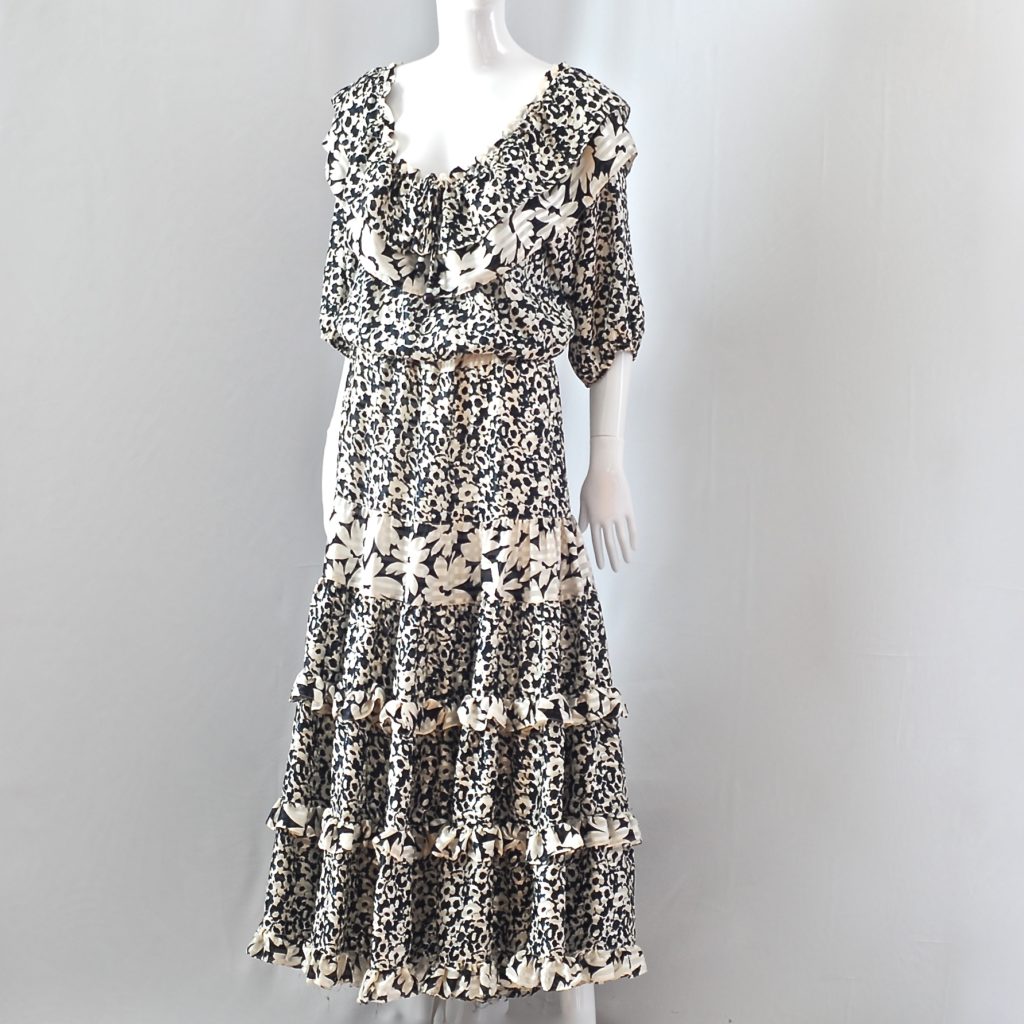
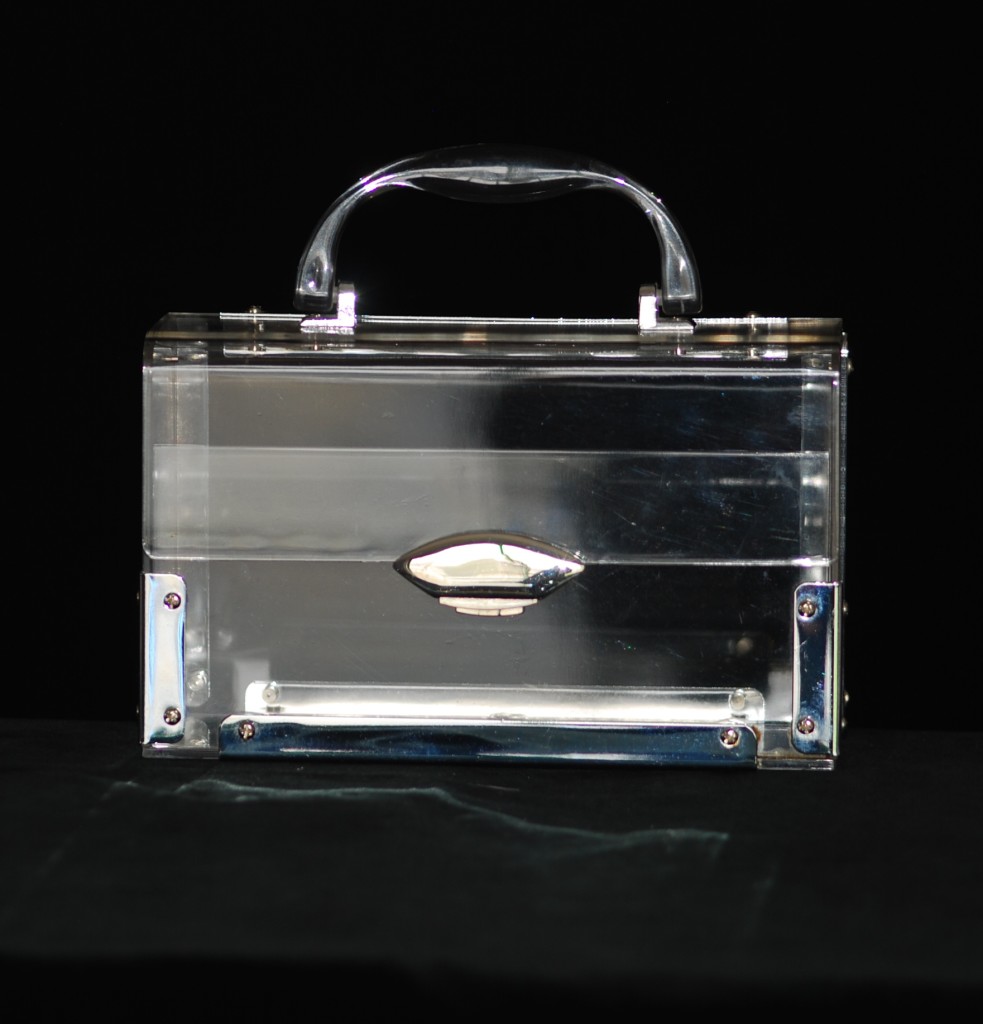
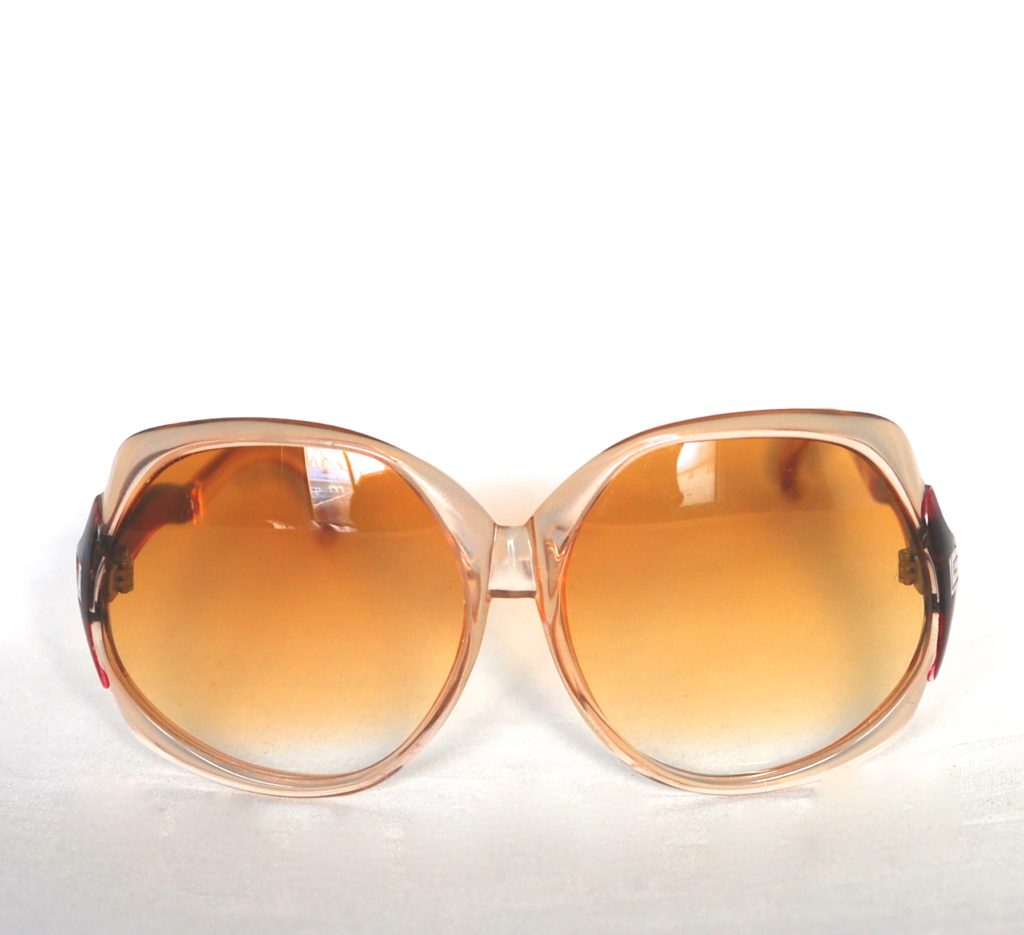
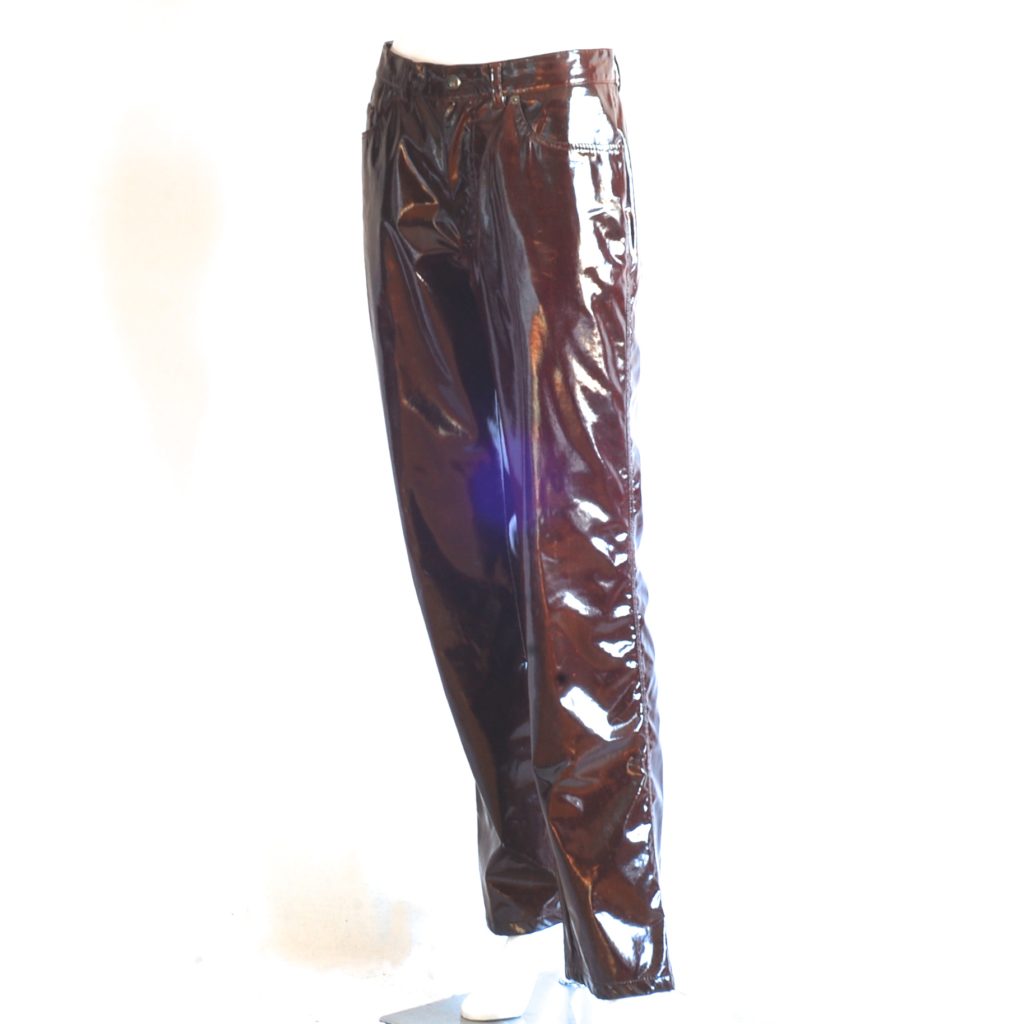
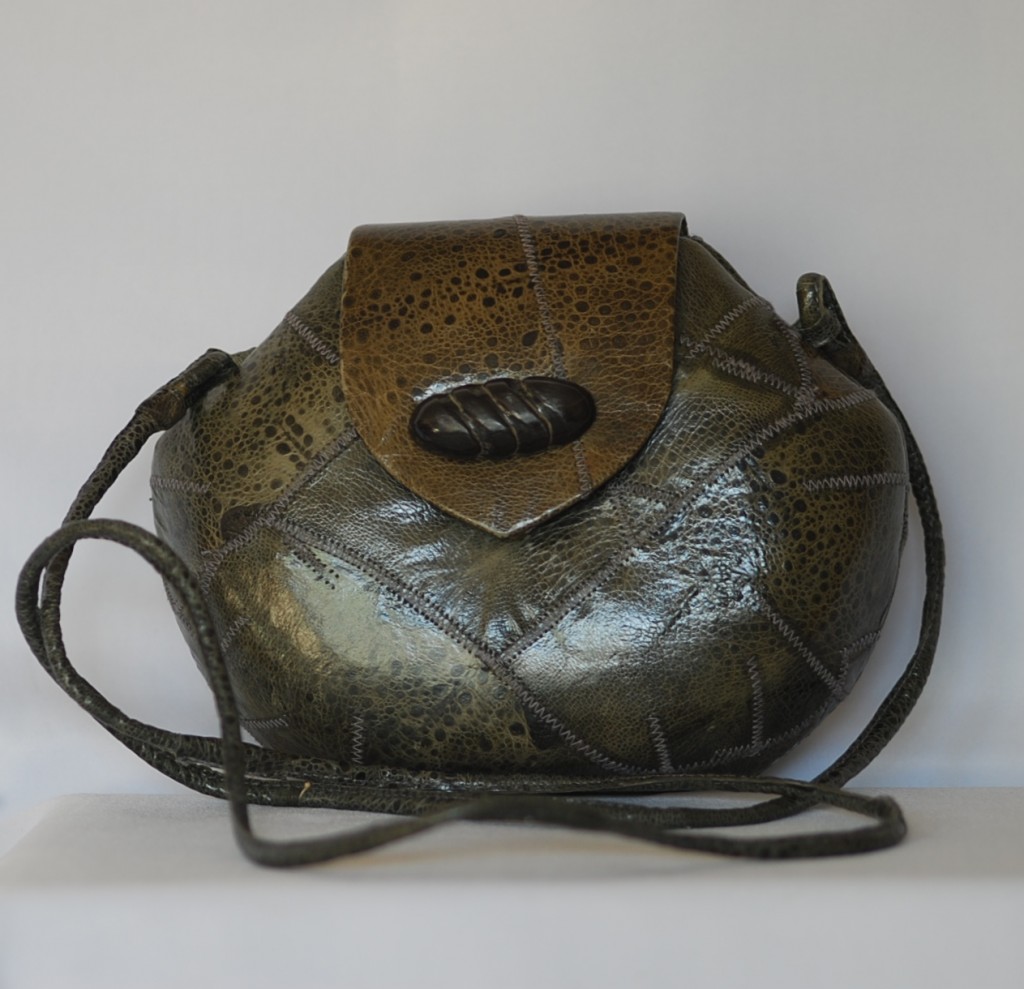
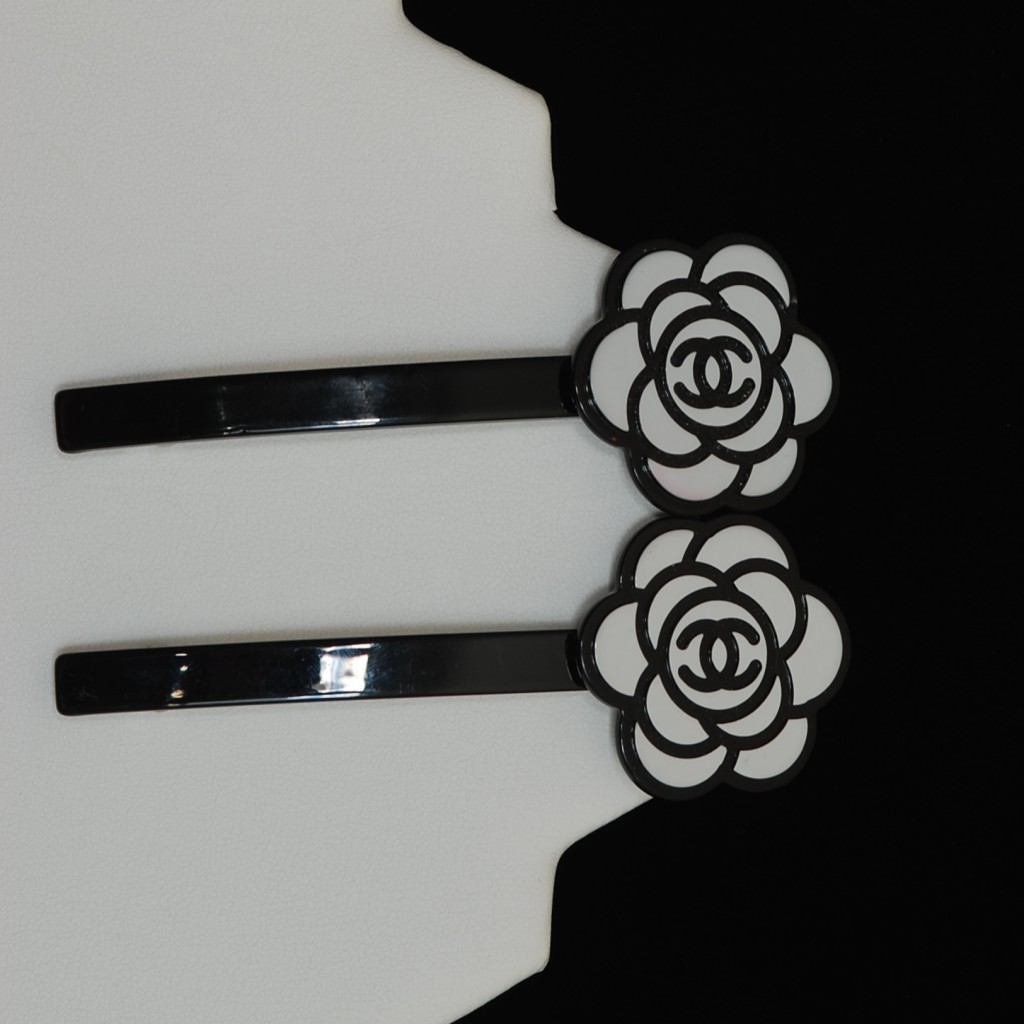
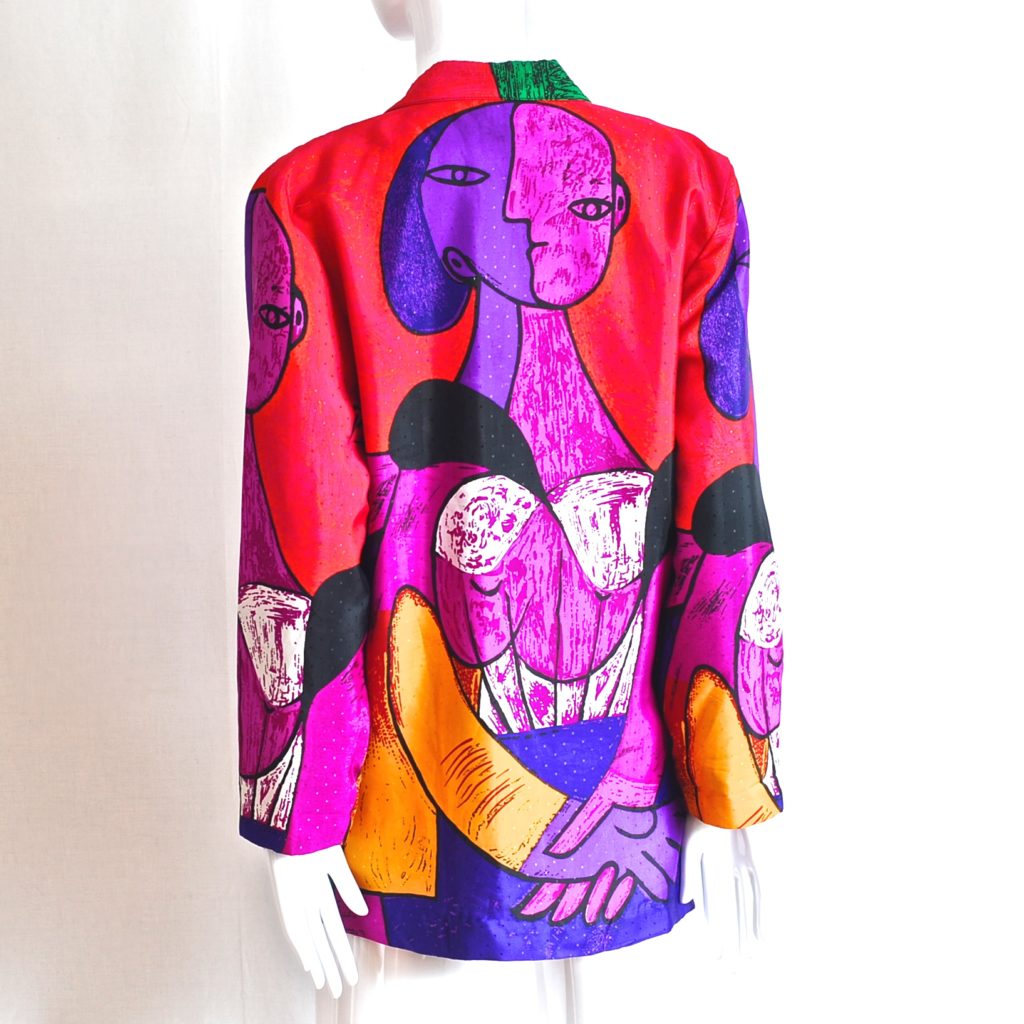
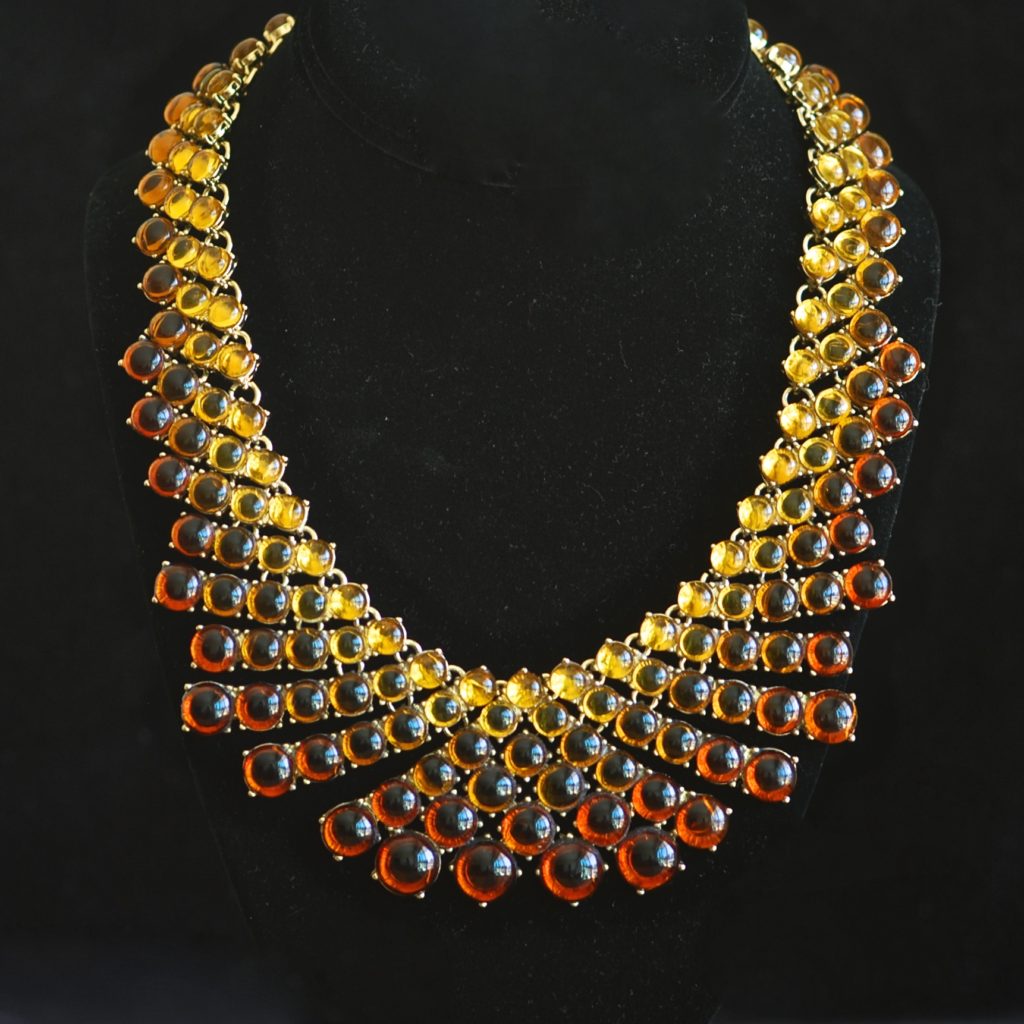
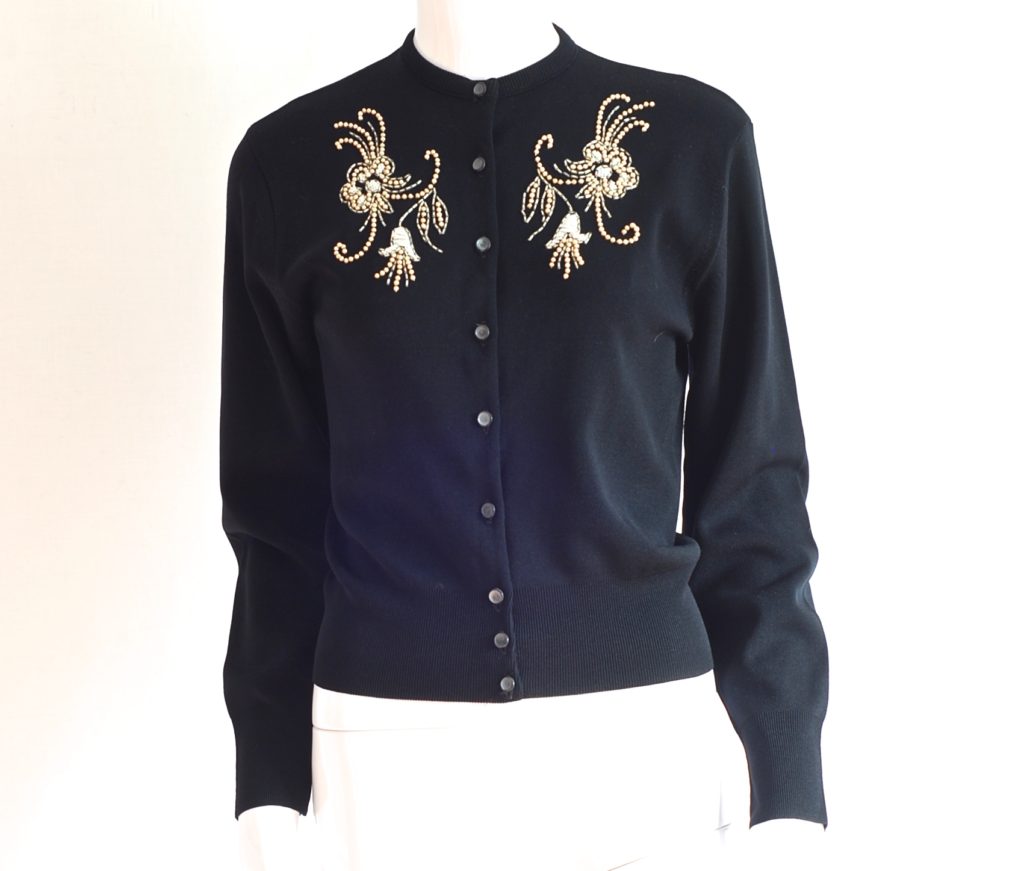
Online sales of second hand goods is experiencing steady growth, which stands to reason since many brick and mortar stores of all kinds are now going online. The sales pitch for those who want to clean out their closets, and turn expensive designer purchases into cash – is an attractive concept.
Consignment sales have many legal and accounting parameters the average person may not be aware of. As a collector myself, I have always stayed away from consignment sales. I found the items were not old enough to be vintage, and often just old enough to be outdated.
However, if an item is authentic and made by a luxury brand designer (not a licensed label made in China and passed off as authentic) – then the chances are pretty good it will retain value, or may even increase in value over time.
But if you have a closet full of stuff to sell, the selling options are limited, therefore consignment might be the option you choose to go with. The consignment contracts are lengthy, and may not reflect the best interests of the sellers. The other thing to consider is the shipping.
Logistically, how are you going to ship a blouse to Toronto, then have them authenticate it, photograph it, list it on their website, go through all the parameters of the agreement with you, and then put a retail price of $50.00? If it does not sell, eight months or a year later, are they going to ship it back to you? That means the shipping cost alone will be as much as the listed retail price, without selling anything.
In addition, the accounting for large consignment stores is an absolute nightmare. The consignment agreement typically specifies a time period to keep the items listed. If they do not sell, they claim they will return them to you. There are various commission rates, based on price or other factors. The consignee or seller does not pay for or purchase the items, yet they take possession of the items, examine, authenticate, photograph and list them. Surely there is significant cost associated with doing so. Managing inventory like that has to be labour intensive and easy to lose track of.
When you factor in the complexity of accounting, the care of inventory, storage, photography, and listing – as well as dealing with customers, potential returns, and the consignor, it could easily be a recipe for disaster.
If you are considering selling on consignment, the main objective is getting paid of course. You are being offered a platform, visibility, and a vehicle for the sale of items. Nothing will sell unless it is put in front of people so they can see it, evaluate it, and decide if the price is right, or how badly they want it, regardless of the price. Therefore, on the surface, it seems like an understandable and rational choice to make, if you have a range of expensive designer items, and want to cash in on those purchases at a later date.
The first mistake many of us make is in thinking the original retail price is a reflection of what the item is actually worth. What you paid, and what it is worth, may be two very different numbers. Some things increase in value over time. Other things – not so much.
In my opinion, the biggest problem with consignment is embodied in the old adage that possession is nine tenths of the law. Does anyone really believe a flailing consignment store, in the quagmire of filing for bankruptcy – will individually package and return all items to the original owners?
This is a topic for lawyers, but common sense would tell us the original owners could easily lose what they have consigned, if the seller goes bankrupt. After all, the consignment store will have other debts to pay. In essence, they end up having possession of a huge inventory they do not own. People tend to take greater care of a business and/or inventory if they actually own it.
The buyer of consignment goods has less to worry about than the consignor, because once the item is sold, there is a legal transfer of ownership. If the item is shipped promptly, it should be fine. But due to the accounting, inventory complexities, and difficulties for large consignment stores to manage it all, means it is guesswork, as far as estimating how long they will stay in business.
If you go to the large Canadian consignment online stores, and are considering selling your goods, you are looking for a platform that does not have one-sided legalese in their contract. Plus, you want to know if they can set up and manage a long term evolving website, since that is their method of reaching the public.
If you walked into a brick and mortar consignment store and saw a disorganized mess, you would turn around and walk out. Yet, there is no way of telling how organized or capable an online store might be. Is there?
One way to tell how organized and user friendly an online store has been set up – go to the website performance site called GT Metrix. All you have to do is type in the specific web address of any website, and it will give you a detailed performance rating.
If a website is fairly new, but carries a large amount of inventory, and scores very low on the GT Metrix analysis – what is going to happen to them as things evolve and get more complex? They are likely to become exponentially convoluted as time goes on. Quite frankly, I don’t think increasing entropy creates a sustainable website model.
On the weekend I compared some large Canadian online consignment store websites. One of them has a current performance score of 27% translating to an F. The other has a score of 35% and also gets an F. It does not bode well for the longevity prospects of those websites. At the time of this writing, the quietwest.com website is over 6000 pages, and has a GTMetrix score of 98% or an A.

When you shop on a site where all inventory is owned outright by the store owner, there is much more flexibility. Prices and shipping can be adjusted. Offers can easily be made and accepted without any legal issues. Any dissatisfaction on the part of the customer can be remedied according to what the customer thinks is fair, and so on.
When dealing with a collector who has invested time and money into their products, without stringent timelines or convoluted accounting requirements, you are dealing with a seller who has flexibility as an integral part of the transaction.
Furthermore, an online store that owns all the inventory – will not go bankrupt. A well designed website requires a great deal of time and effort. When it comes to online sales, the website is a foundational cornerstone for the stability, longevity and resale of quality products.
Most of us who embark on business ventures must persevere through a number of challenges. Those challenges are compounded for women, due to a lack of financing and resources. You have to learn to do most things on your own. Research is the best and cheapest resource.
One major advantage of building and promoting individual web shops, is to expand the niche market. We are saturated with mass produced fast fashion items. It is a breath of fresh air to see some old fashioned quality and attention to detail. The online marketplace can be like an Avenue Montaigne, or Fifth Avenue, if there is enough to attract people.
Online boutiques provide endless browsing, nostalgia, obsolete designers, textiles, and one of a kind items. A collection carries the stamp of the owner in whatever it is we choose to put into our store.
I realize 1980’s ladies suits with big shoulder pads are not likely to sell. At the same time, the exhibit of what we actually did wear then, is so much a part of the arts, culture and fashion of a particular era. The individual design elements of each time frame carry a certain intrigue and attitude. At the time, those big-shouldered jackets seemed to be quite fashionable. Whether we liked them or not, such extremes have to be part of the whole.
Images of vintage and luxury brand fashion creates a resource for those in the film industry, who may have a project set in a certain time frame. One thing about vintage – there is nothing quite like the real thing.
The good news for Quiet West, other than getting an A+ on the GT Metrix performance score, is that I managed to trouble shoot a non-functioning favourite camera lens. It has had an ERR message for at least two years, so I had to switch to a mid-range Sigma lens and set the Nikon fixed portrait lens aside.
In googling possible causes for the error message, I learned the lens is not communicating with the camera. If you switch to a different lens and the other one works, you know it is a problem with the lens, not the camera. Then I read the most likely cause, is a need to clean the camera mounts. Since I have used the lens a lot, it made sense. I carefully followed the directions to clean the camera mounts, but still got the error message.
Anyway, it went back in the camera bag. The Nikon online repair site has a huge long list of things to fill out. So I finally decided to take it to London Drugs. They have a really good camera support and repair section at the London Drugs on West Broadway in Vancouver. I think all London Drug camera departments will send the lens out for repair on the customer’s behalf.
The online repair estimate was high, because of shipping, technical expertise required, assessment, etc. The Nikon 50mm lens is not a very expensive lens compared to most, so it did not seem worth it to spend 90% of the replacement cost to fix it.
One of the amazing things about DSLR cameras is that a $300.00 lens might be as good, or better than a $1600.00 lens. Overall, I do admit to being a Nikon fan, and use a Nikon camera. I would highly recommend the Nikon 50mm fixed portrait lens at the cheaper cost. Not only is it cheaper, it is much smaller, and seems to have more creative flexibility. It is also better than most other lenses in low light. I am no pro, but those are observations based on trial and error in taking product photos.
Just yesterday, I decided to google the error code on that particular lens one more time. Lo and behold, there was more info now than the last time I checked. There was more to it than just cleaning the camera mounts. Within one minute the answer was right in front of me, and I immediately knew it was the solution to my lens problem. So pathetically simple too.
Apparently, on that particular lens, you cannot have the outside aperture ring set at a certain number. Sure enough, it was dialled onto that particular number from experimenting with bokeh imagery.
After doing without that nifty little lens for two whole years, I plucked it out of the case, turned the aperture dial to a different number, and that was it. Job done. Lucky too. I love that lens. It works like a charm!
I couldn’t resist sharing some photos of mid-century hats under experimental lighting conditions:
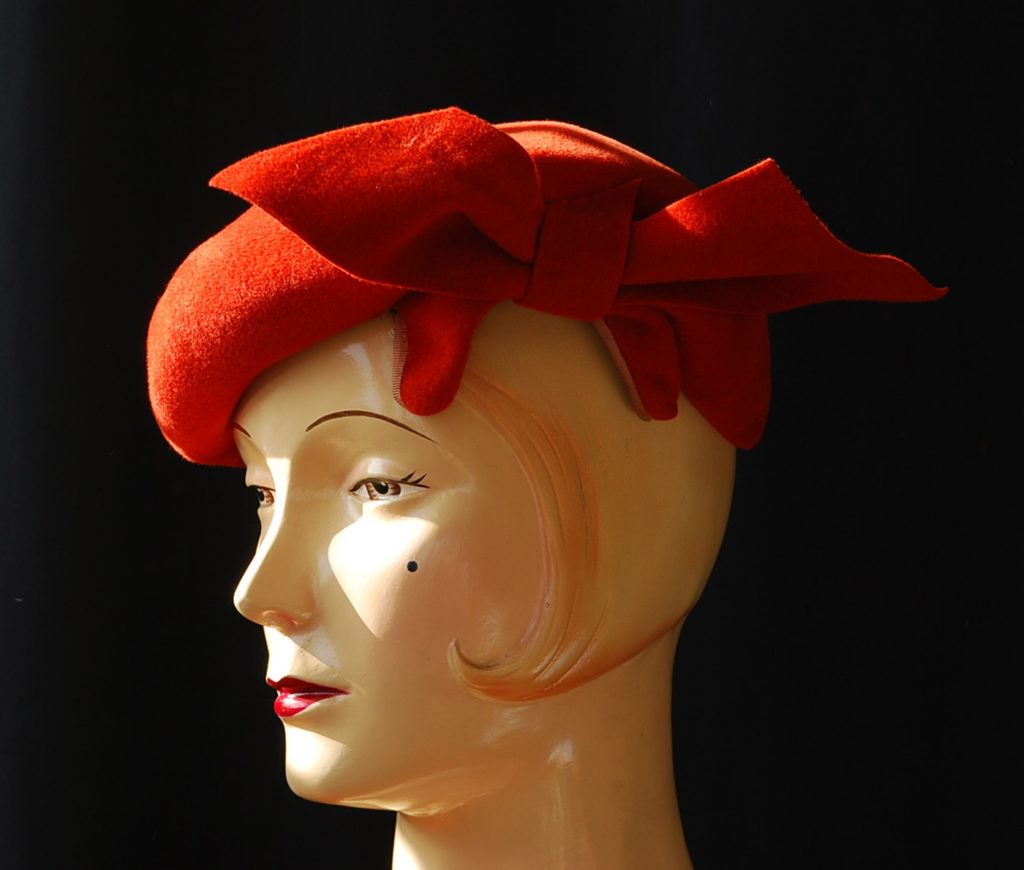
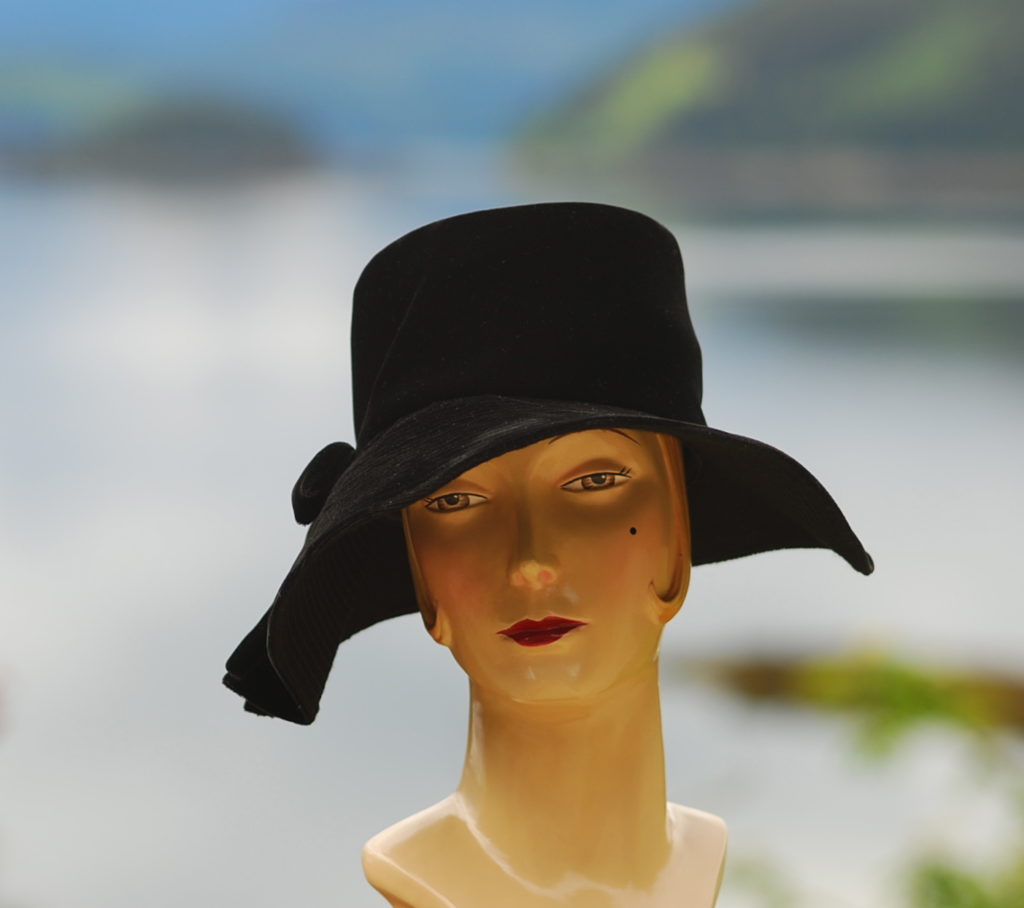
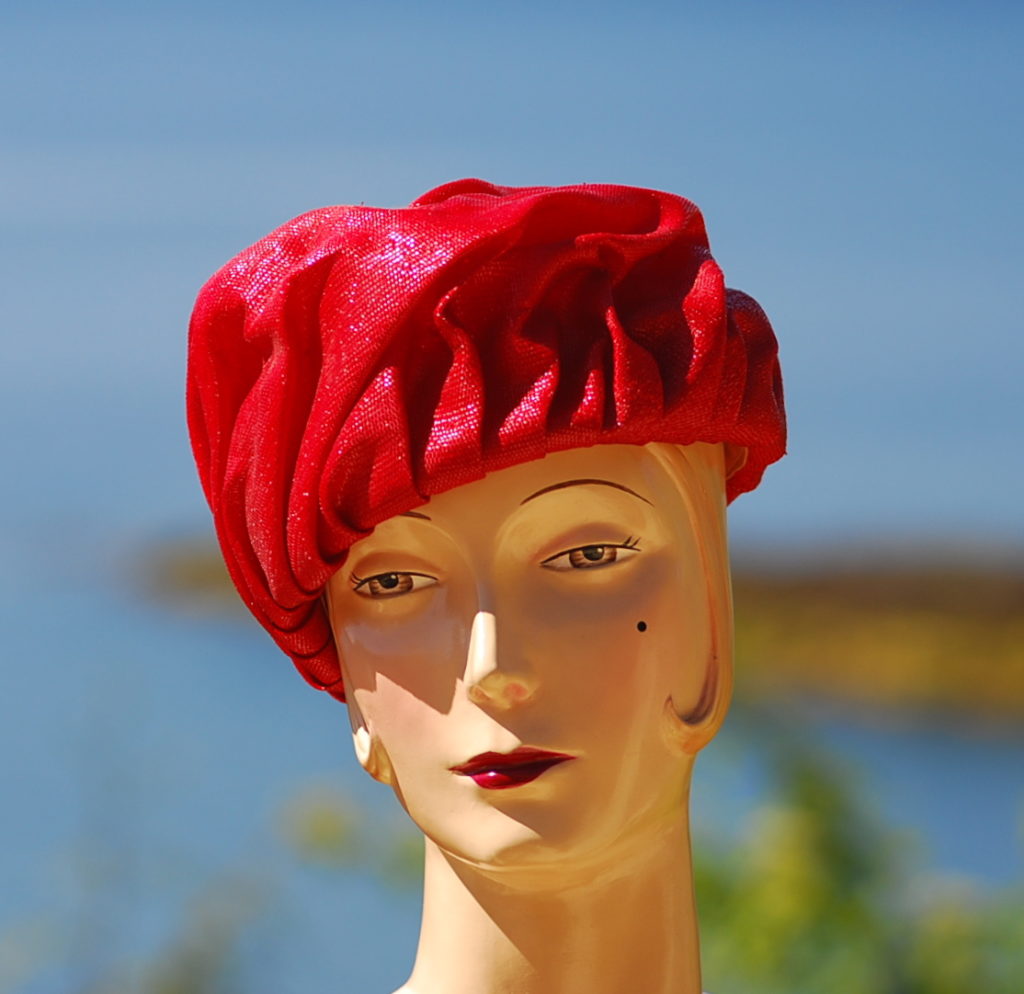
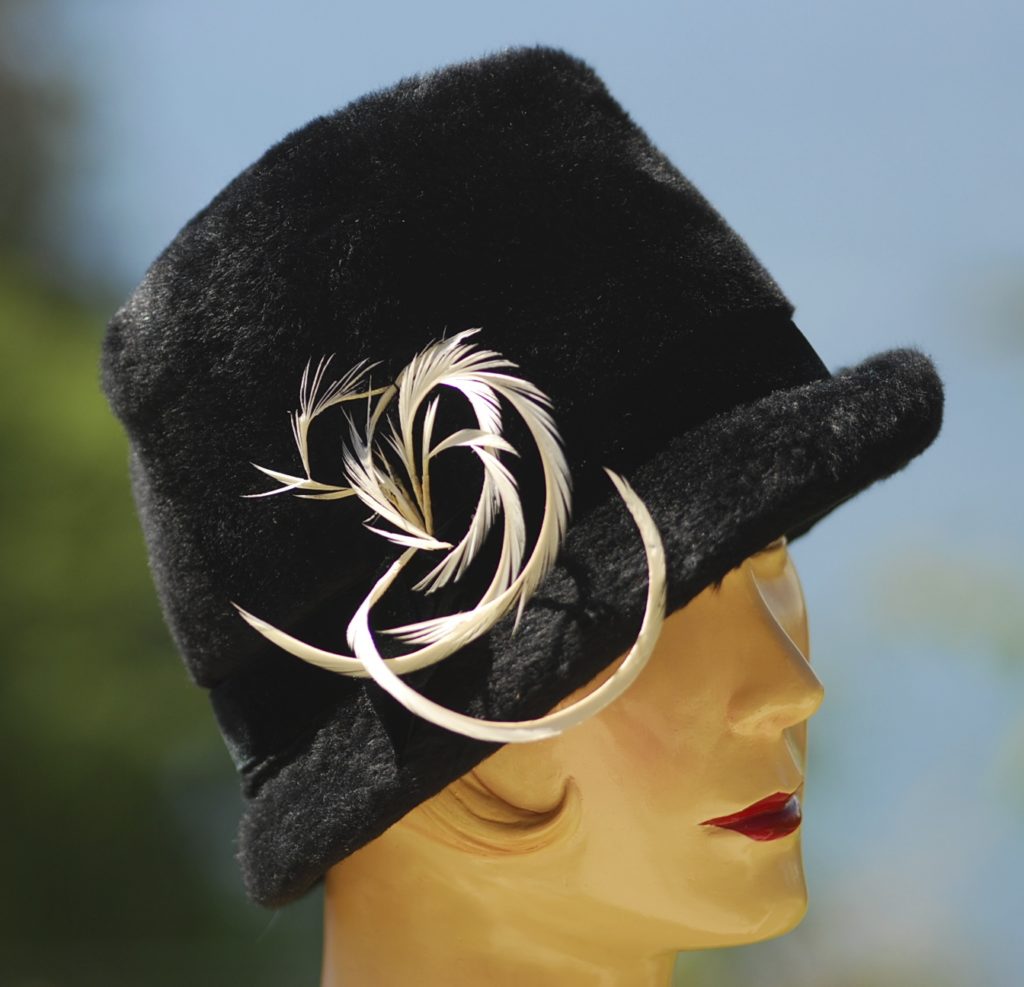
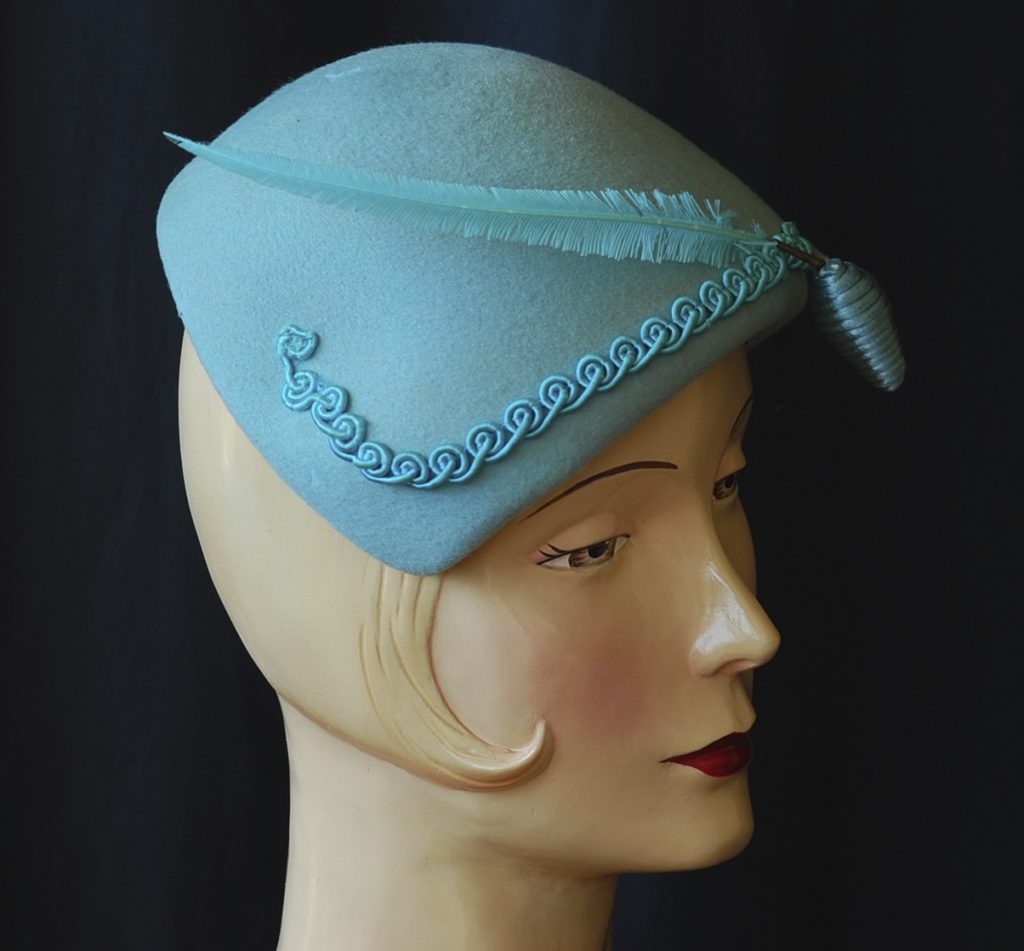
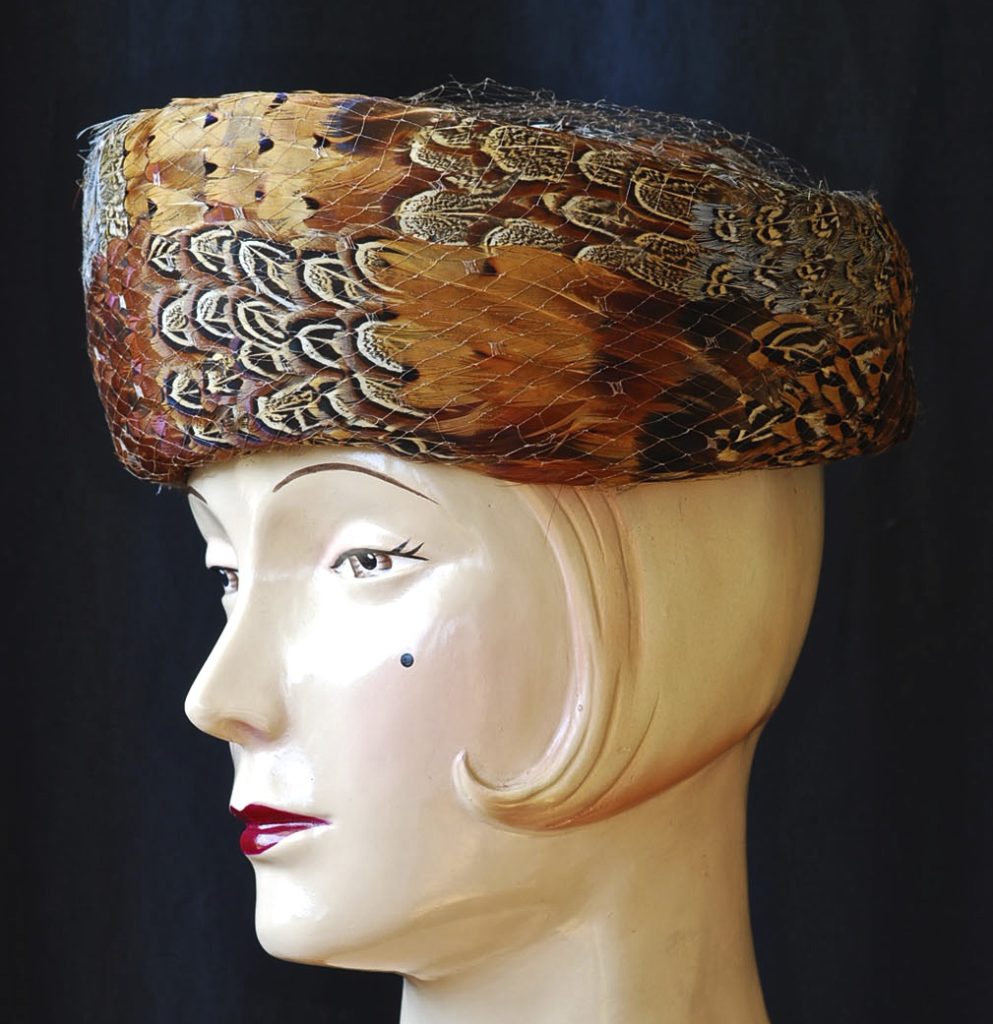
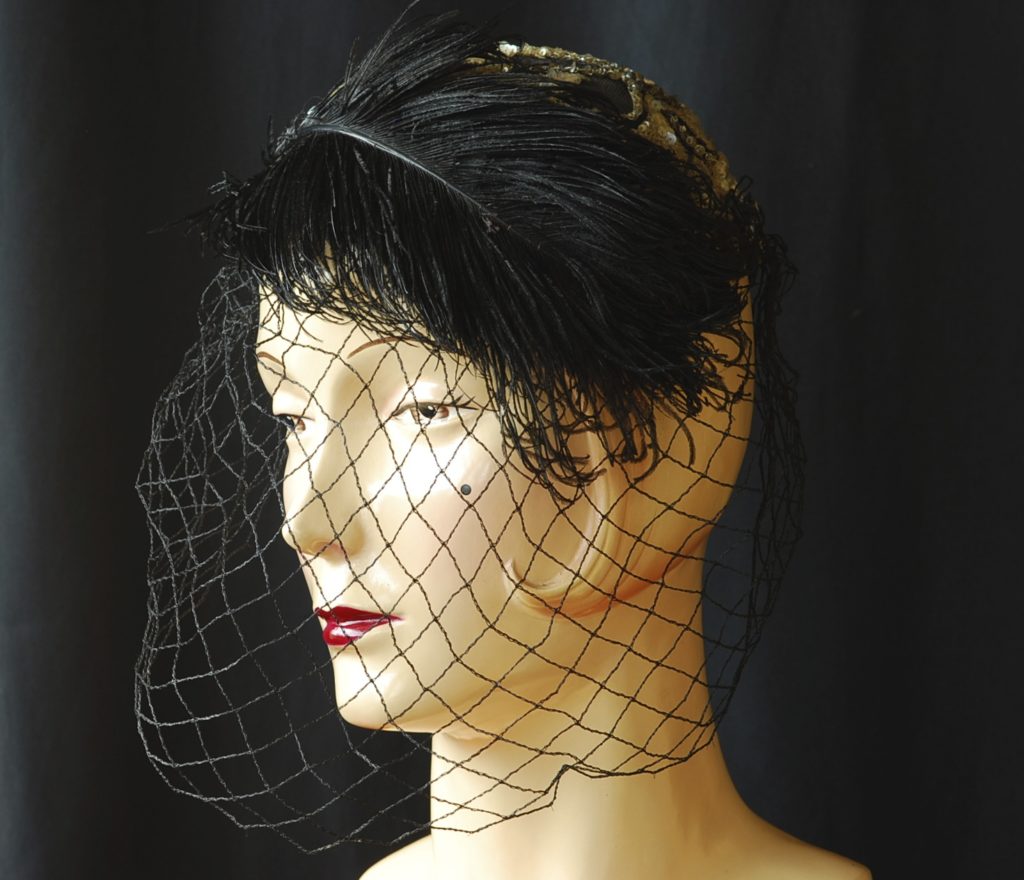
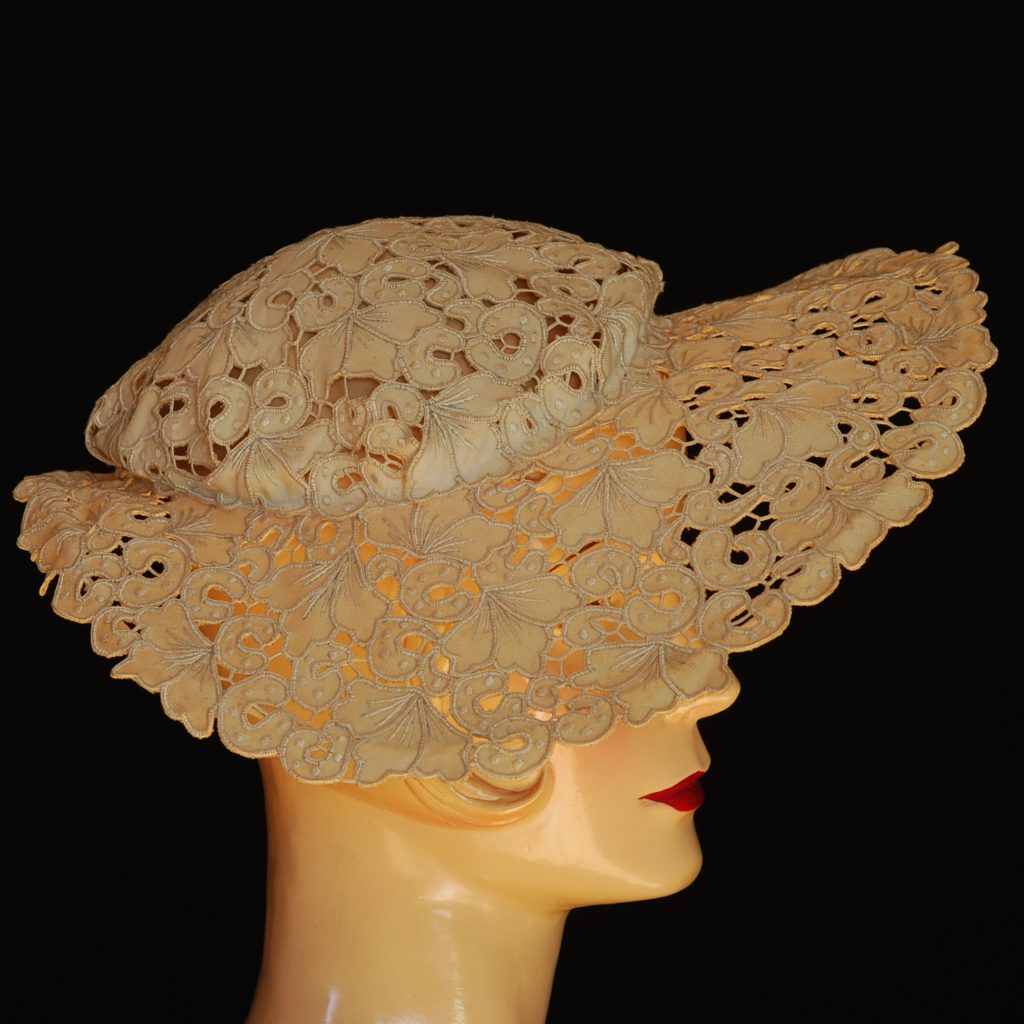
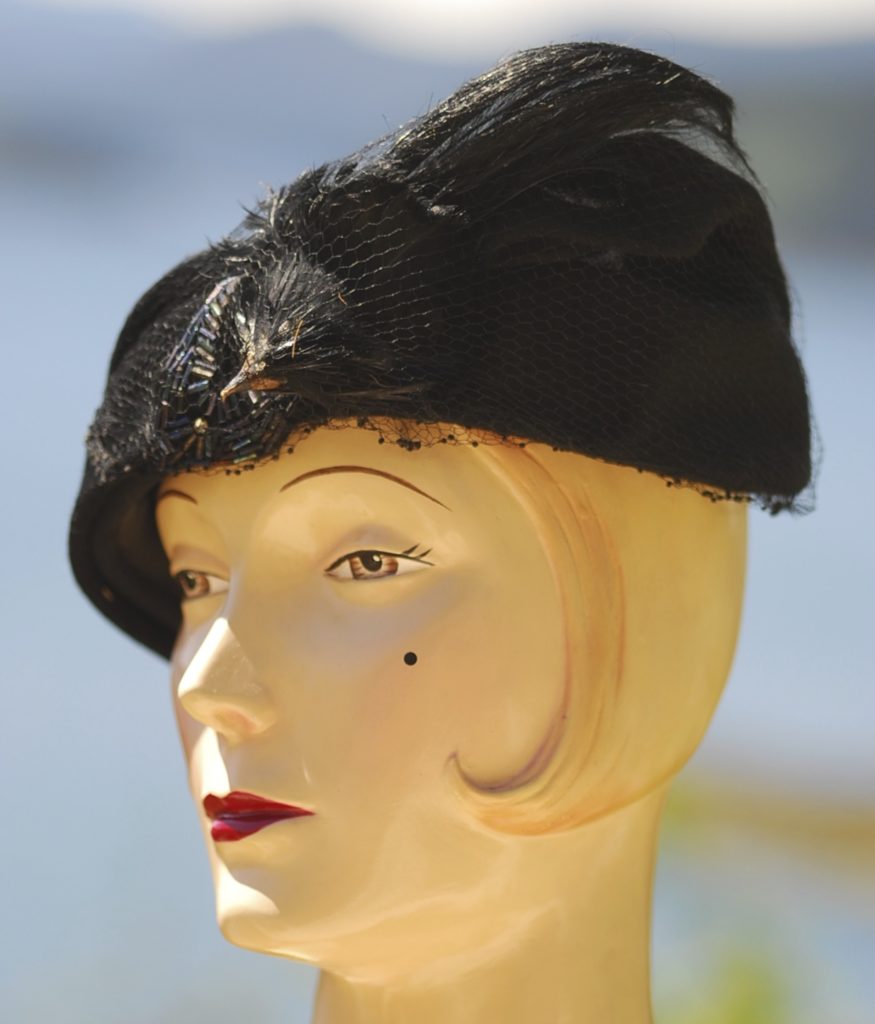
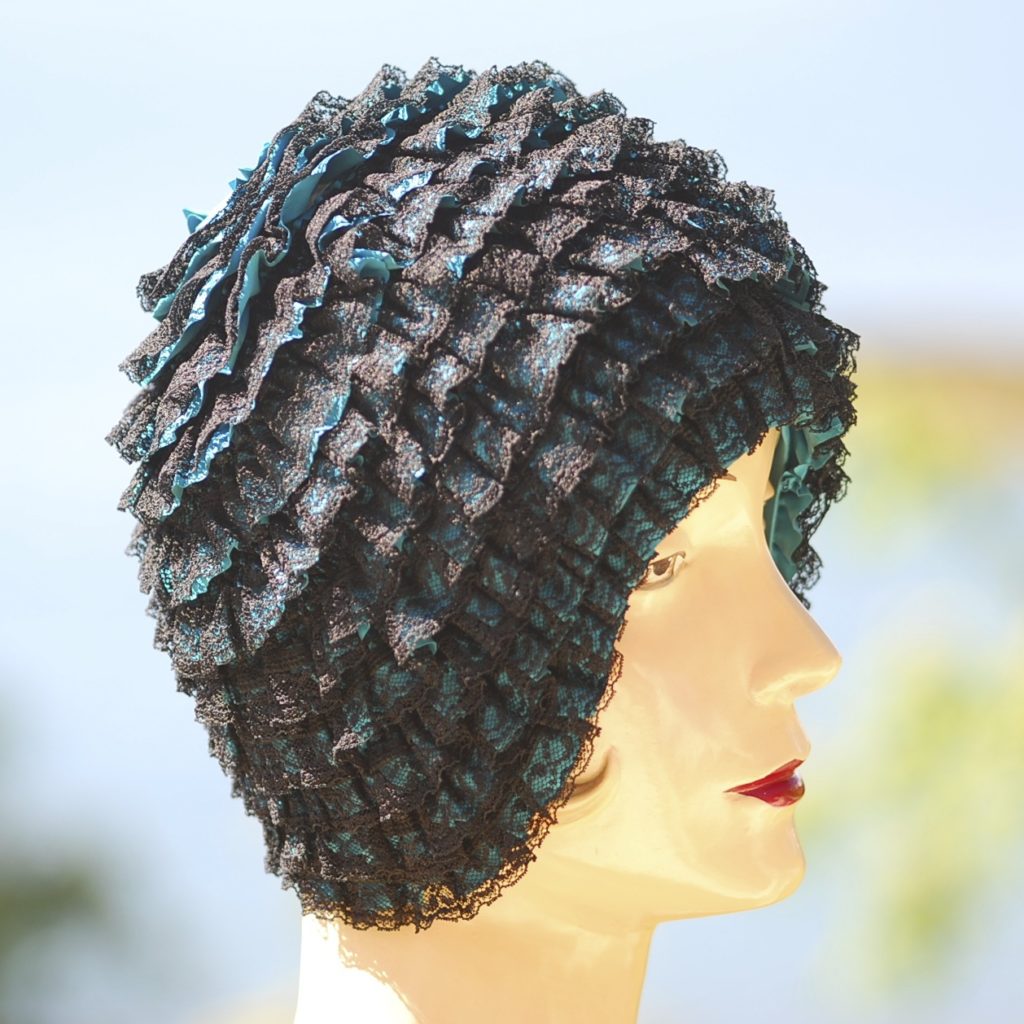
Olympic Standard 1950s Swimsuit Cap With A Rhinestone On The Crown
For a long time, antique and vintage ivory and furs were in a different category from the new ones. It was generally considered okay and ethical to buy and sell these items if they were classified vintage or antique. I have never had much attraction to buying vintage fur, with the exception of some mink hats and headbands, and a few items with genuine fur collars. The list of banished furs includes fur from all big cats, all primate fur, and all types of bear fur. Sealskin products cannot be exported to the USA, European Union, Mexico, or Taiwan. Canada is one of the few countries that permits the sale of sealskin items.
Ivory has become a taboo product due to the poaching, endangered elephants, and the skill artisans have to make it look antique. Although it is not illegal to own inherited or antique ivory, it can no longer be exported or sold. Some of these laws are fairly recent and expanding to include other countries. The only way to identify the age of the ivory is through carbon dating. Recently an antique dealer in Toronto was fined and charged for having carved elephant tusks for sale. As it turned out, they were able to identify the age of the tusks, which placed them in the seventies when poaching was a real problem.
Over the years, I have picked up some ivory necklaces and bracelets but cannot be sure how old the pieces are. It seems the best thing is to donate them to a museum or educational institute. Different types of ivory can be identified by the pattern of the schreger lines. The location the ivory came from can also be identified because they can determine the diets of the elephants by the tusks.
One of the many sad things about the poaching, is that of all the elephants that die naturally, the ivory cannot be used because of the illegal activity associated with it. It’s too bad the elephants were not protected from poachers in the first place. There should have been a method of making sure all tusks were matched to the death of the elephant. The product made from the tusks of elephants that died naturally should have been hallmarked as such. It would be a good idea to have a method of marking during the creation of the piece, similar to what they did to help people avoid buying blood diamonds. Ivory is very beautiful, especially since it has often been combined with some of the most exquisite carving known to man.
As far as the example set in Kenya where tons of confiscated ivory was burned – on principle, I disagree with the destruction of artifacts. However, the issues surrounding the endangerment of these beautiful and intelligent creatures, the horrors of poaching, and the difficulty in accurately dating the ivory – makes the bans understandable.
There can be some confusion in terminology surrounding vegetable ivory and what is referred to as “French ivory”. Vegetable ivory is from tagua nuts and can be carved, decorated or dyed. French ivory is a type of celluloid or plastic that looks like ivory. French ivory and vegetable ivory have nothing to do with elephants or endangered species.
Now it’s time to see if any of the feathers on the hats are from endangered birds! I do have one hat with a real bird on it. It is a black hat embellished at the front with a small blackbird – dating it prior to the 1909 ban on such practices. The moral of this story is an anthropomorphic oxymoron. From an animal’s perspective – humans do some very strange things!
A few ivory sample pieces from the Quiet West collection:
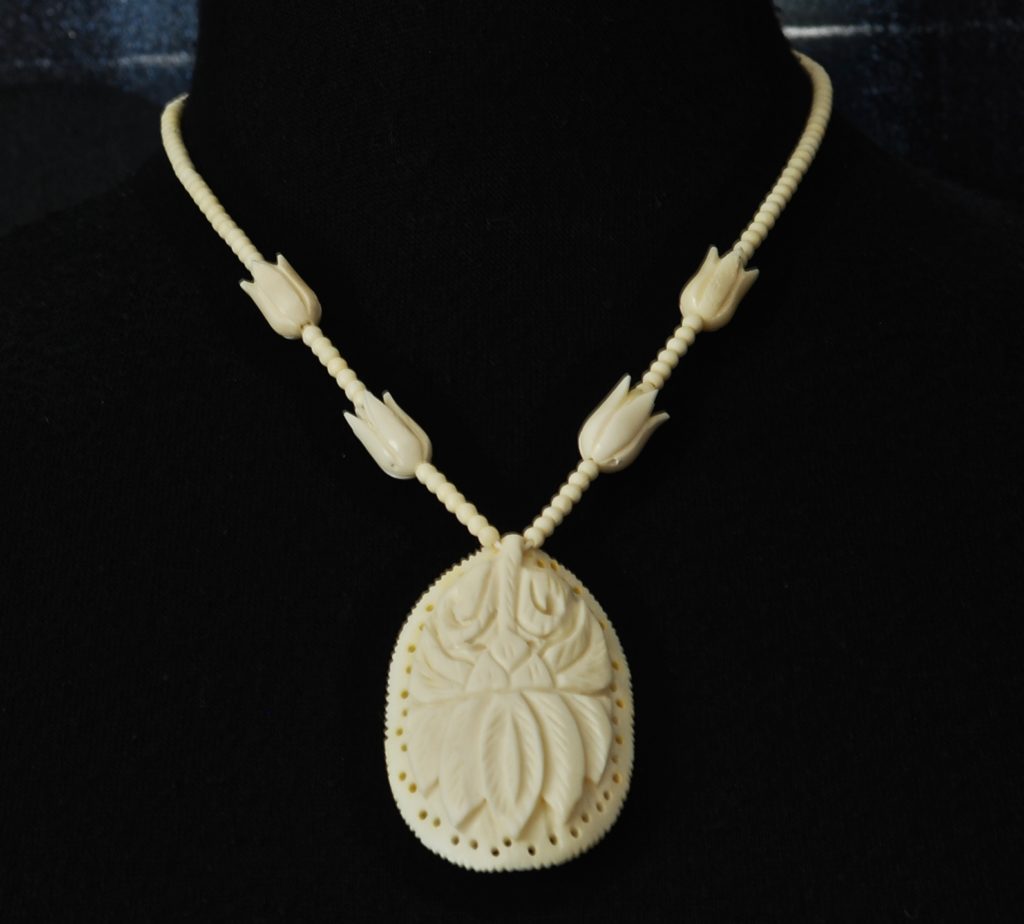
Carved Ivory Necklace Featuring A Large Scarab
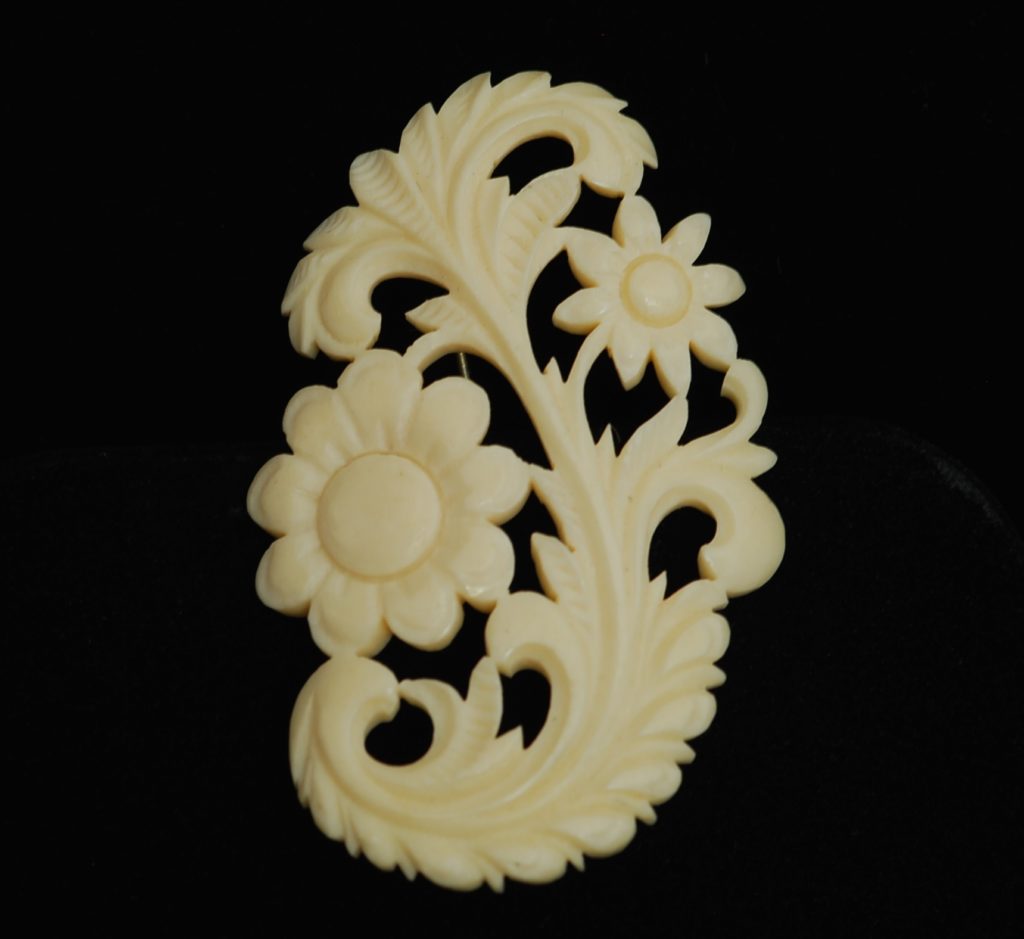
Carved Ivory From Hawaii
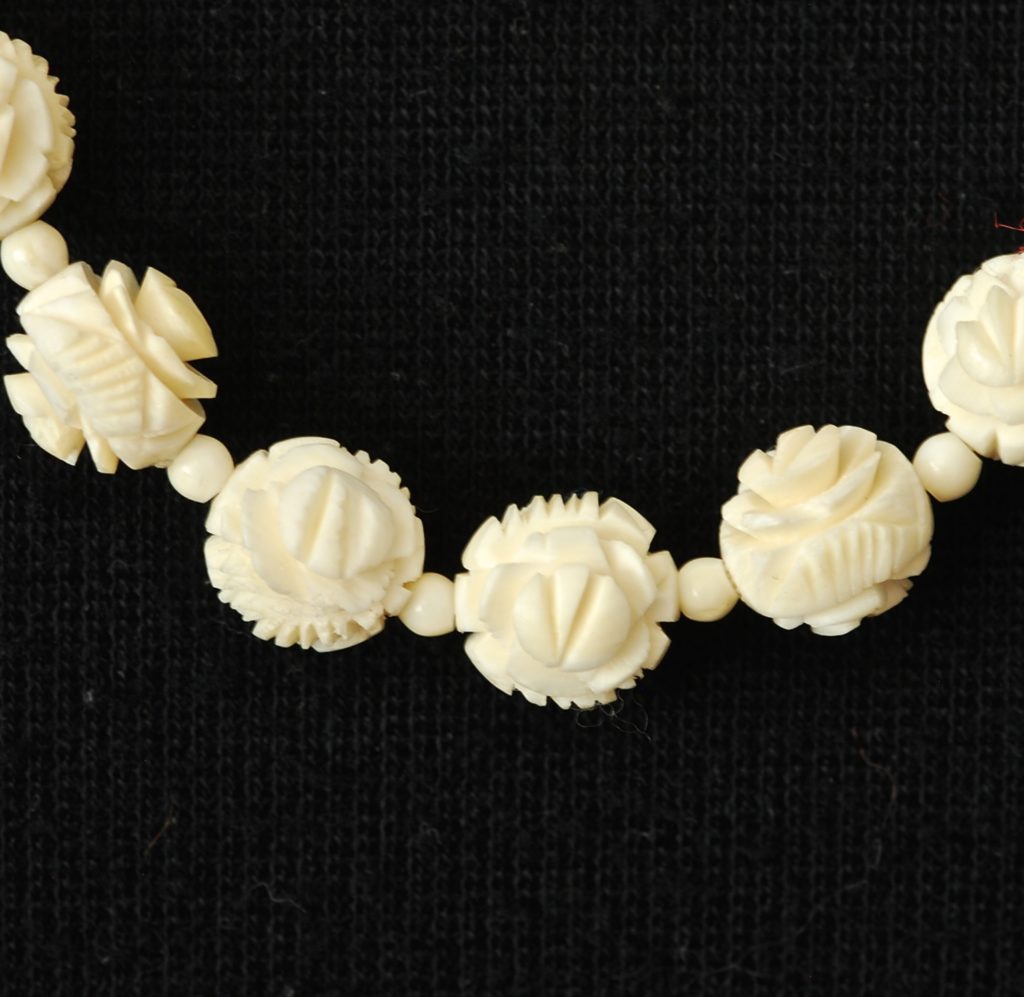
Antique Necklace Featuring Carved ivory Beads
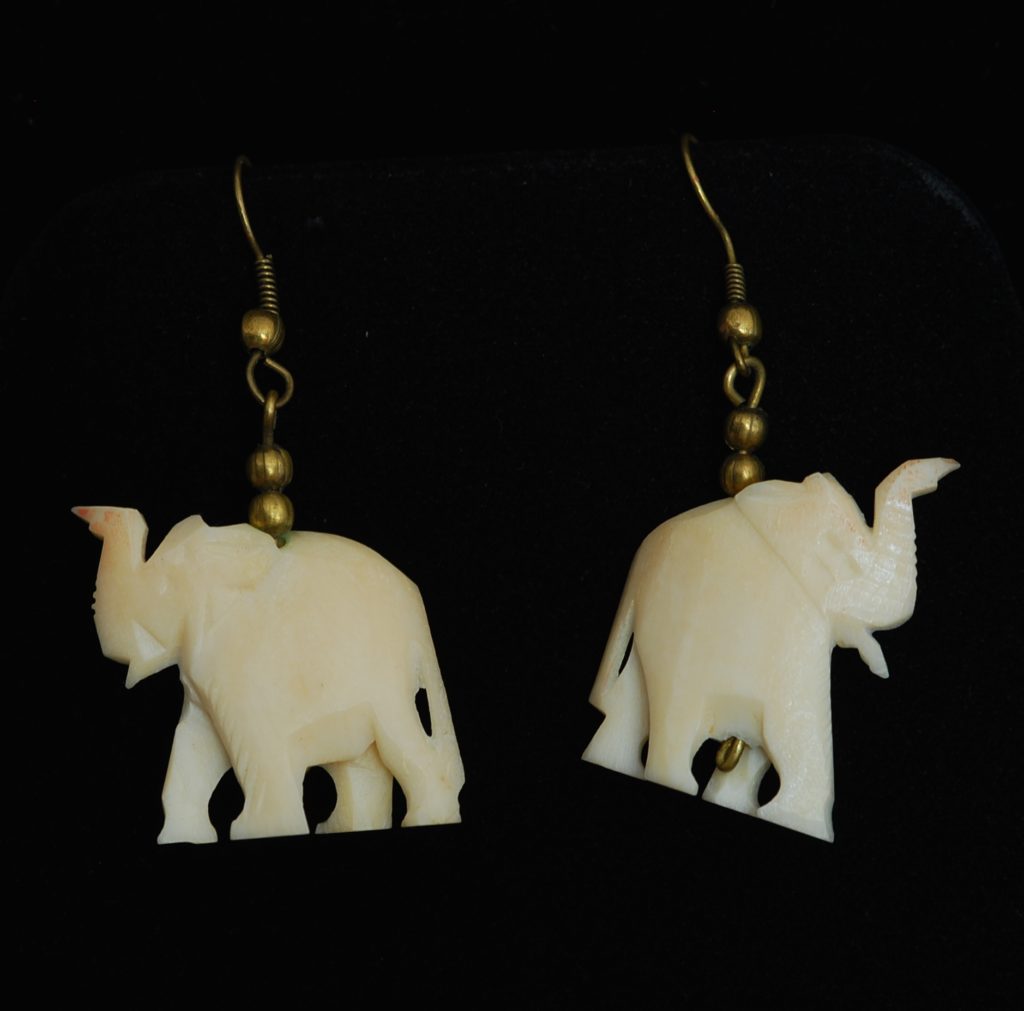
Antique Carved Elephants From Africa 1920’s or 1930’s
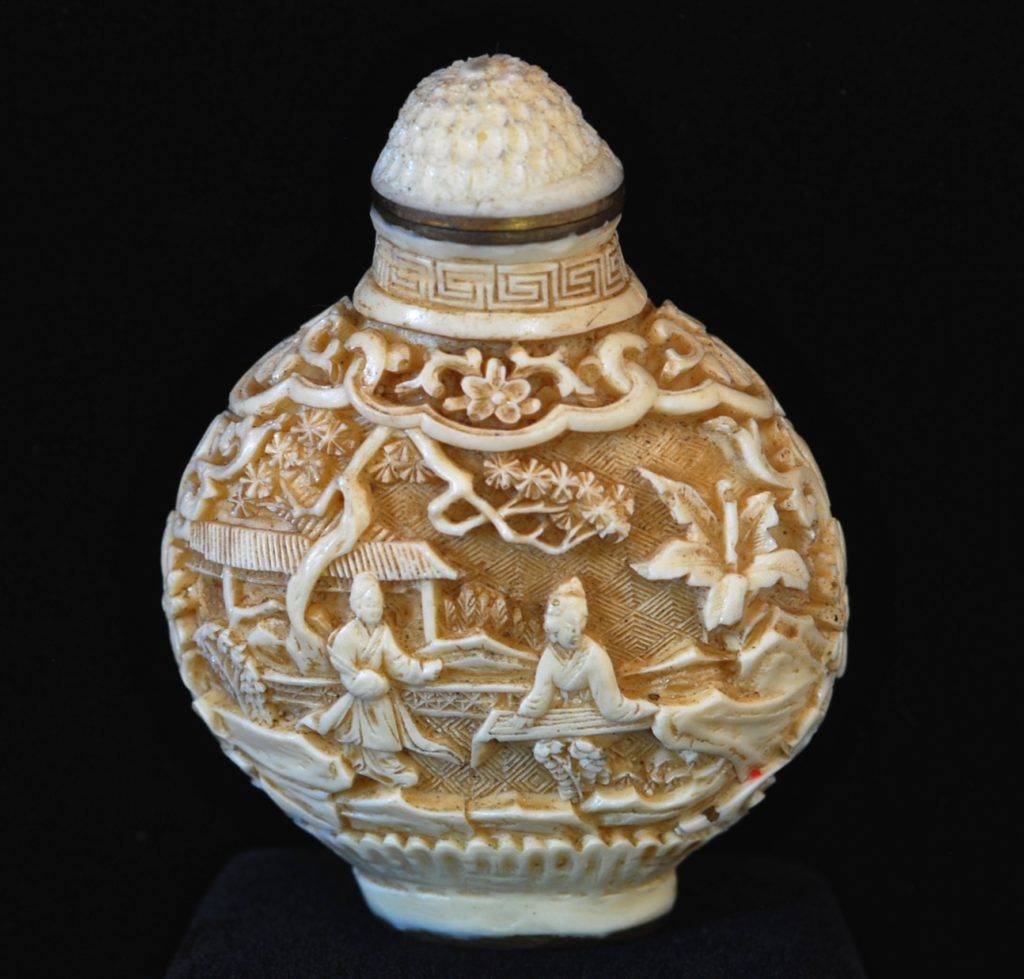
Antique Asian Carved Small Bottle
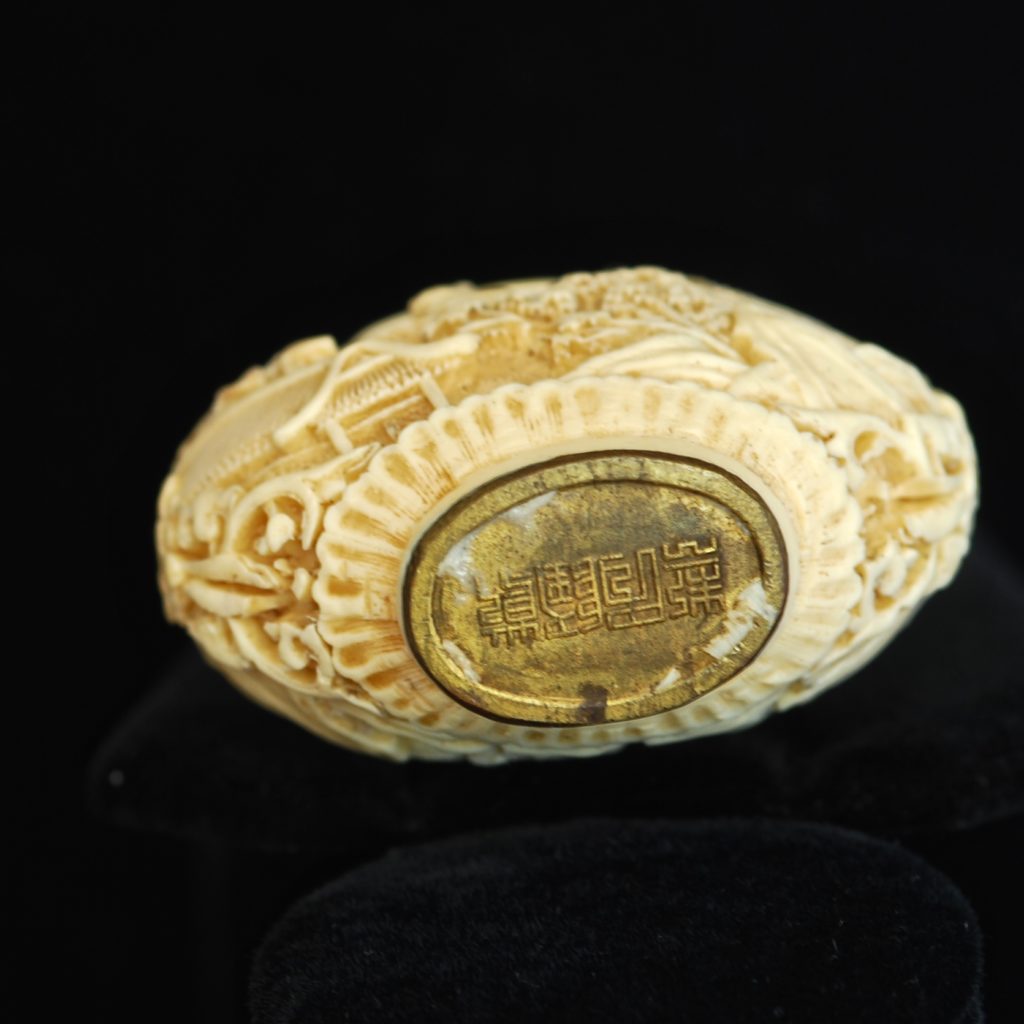
Maker’s Marks
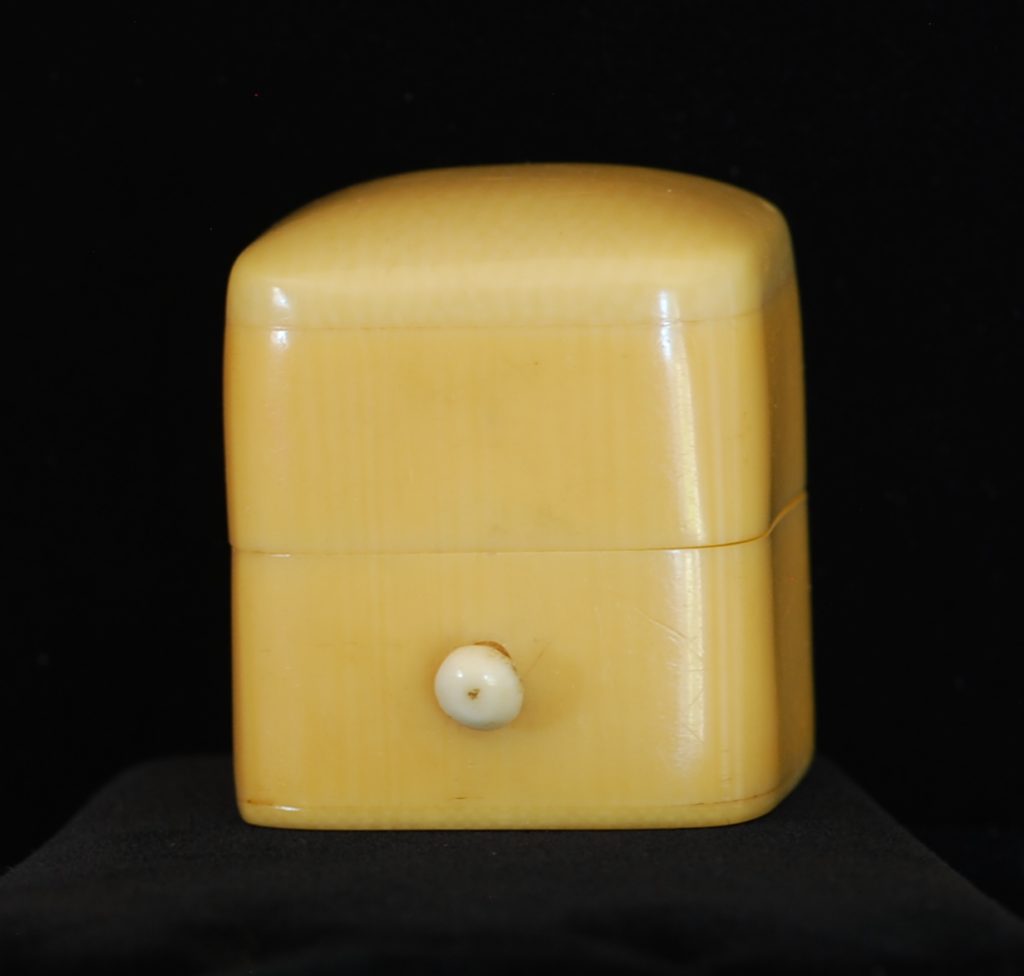
Example Of French Ivory Or Celluloid Antique Ring Box
Copyright Valerie J. Hayes and Quiet West Vintage (2018). Unauthorised use and/or duplication of this material without express and written permission from this blog’s author/owner is strictly prohibited. Excerpts and links may be used, provided that full and clear credit is given to Valerie J. Hayes and Quiet West Vintage with appropriate and specific direction to the original content.
This delightful 1950’s hat has an American made Union label. It is made of hundreds of individually cut-out leaves, alternating between cherry and burgundy colours. The hat has a netting with a small velvet bow on the top. It would be unlikely to see someone wearing a hat like this today – but in the fifties, this type of hat would have been a coveted treasure in the top shelf of the closet, and saved for special occasions. It would have been matched to an outfit, possibly a dress and jacket set, and accessorised right down to the gloves and bag.
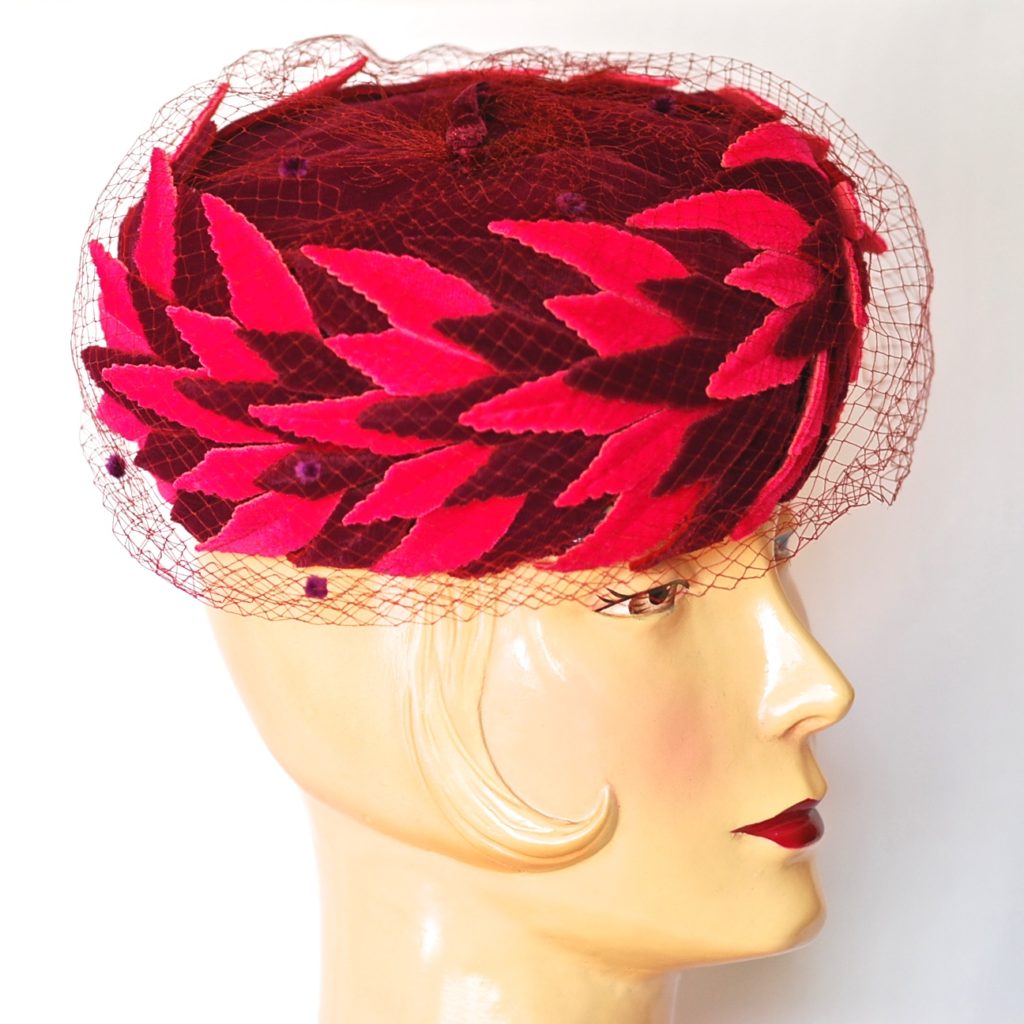
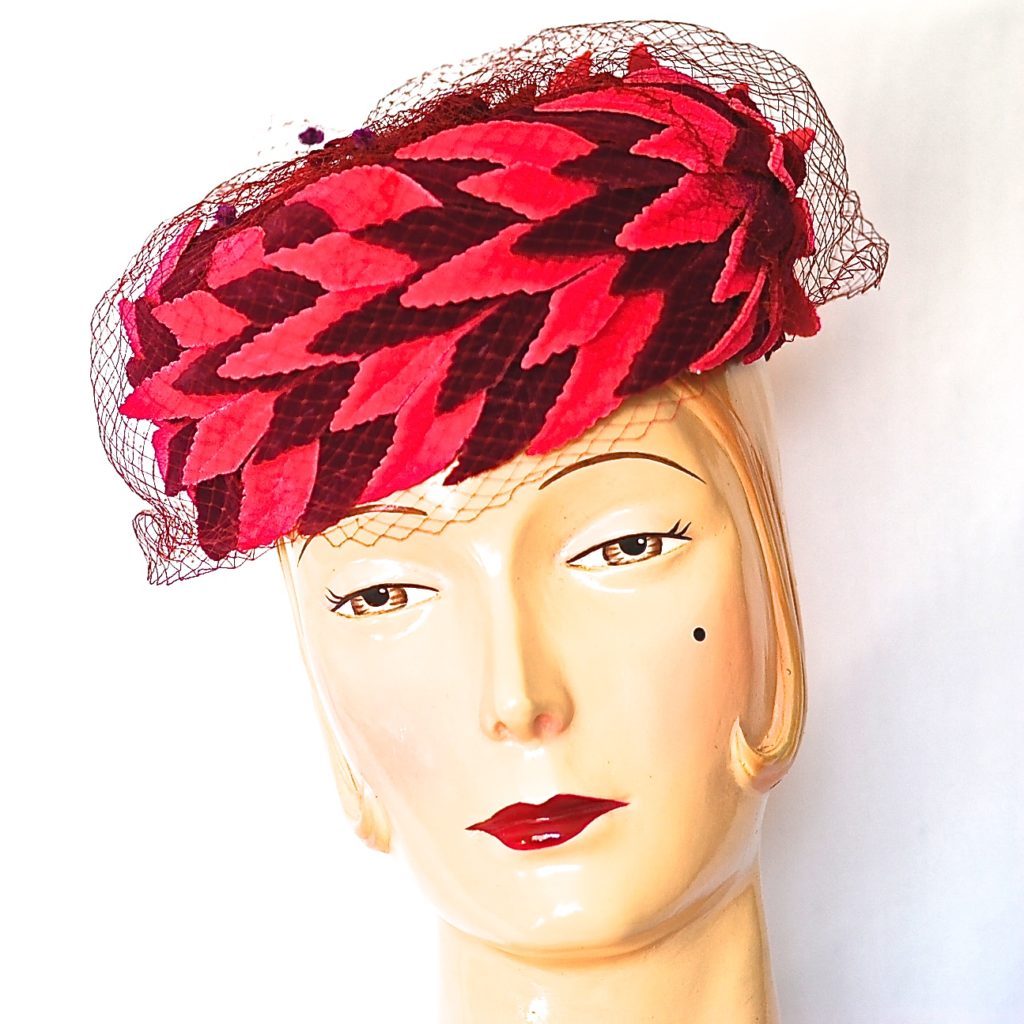
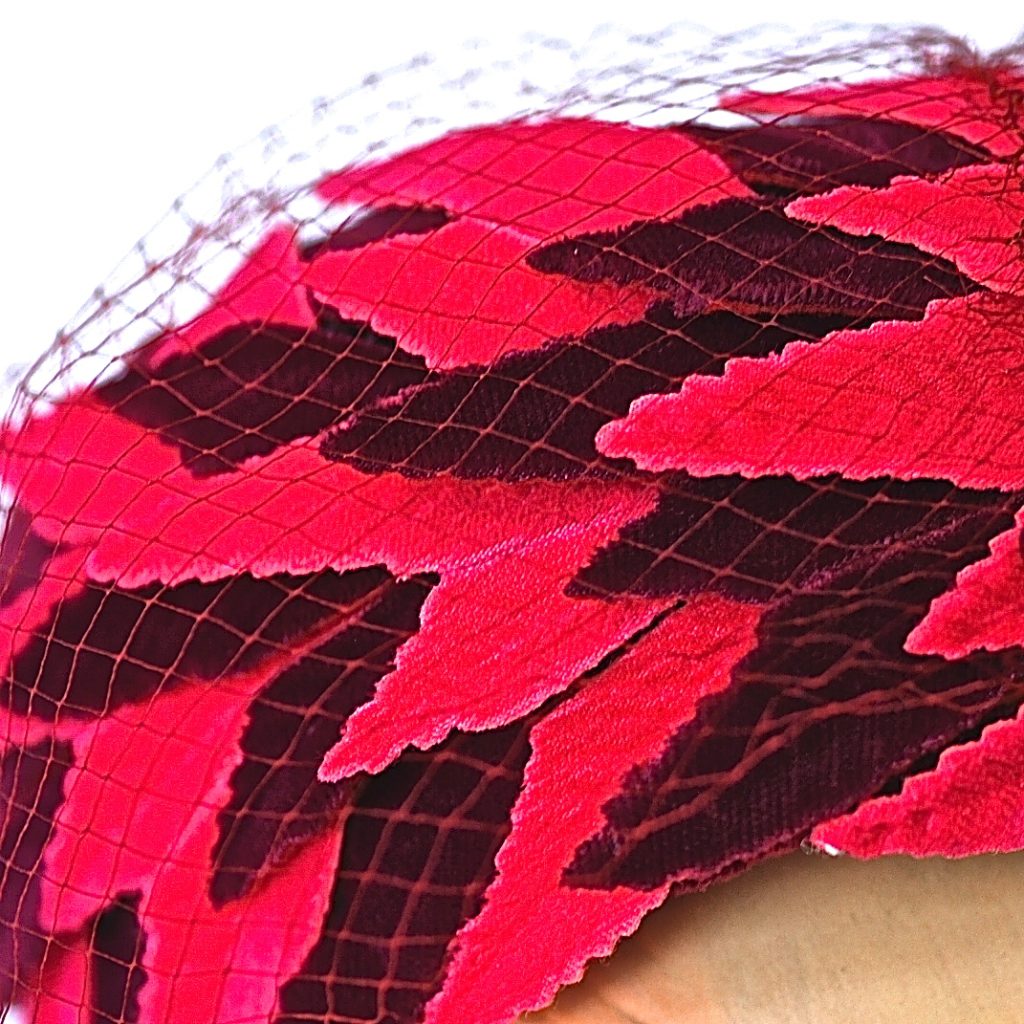
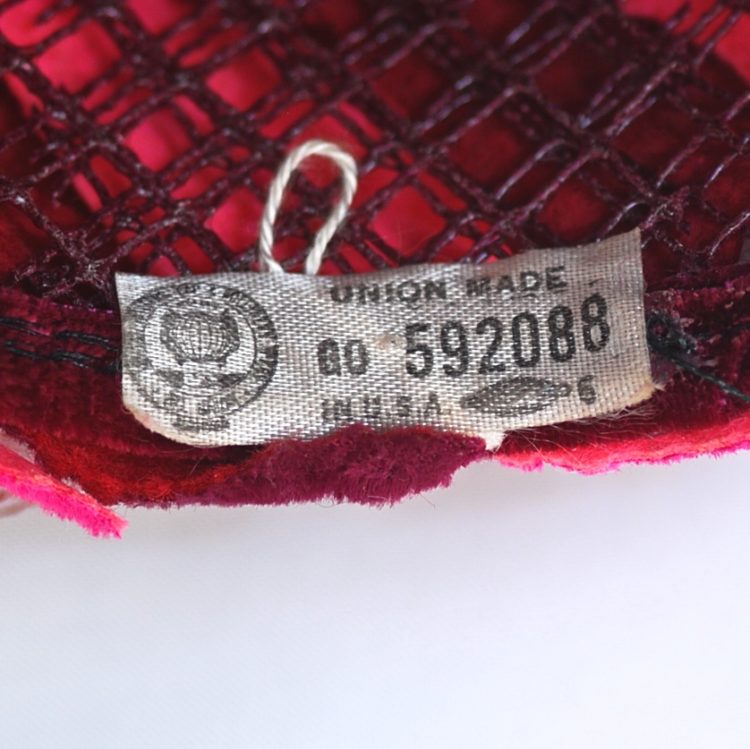
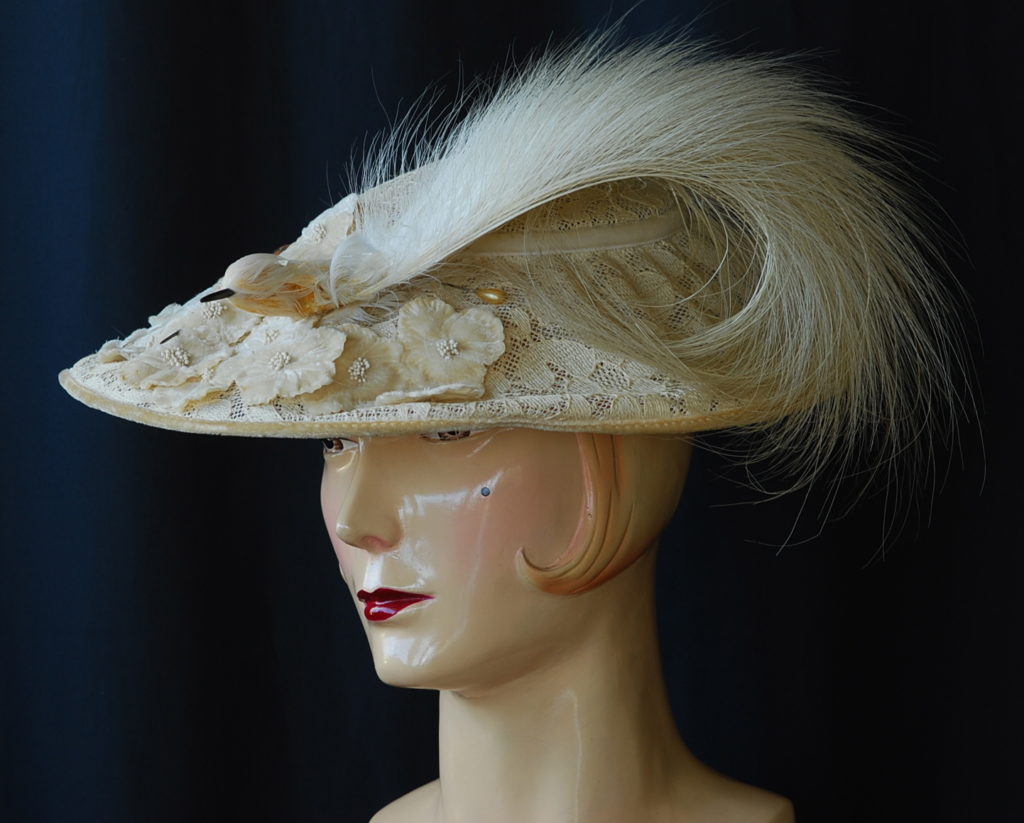
Turn Of The Century Egret Feather On A 1950’s Hat

1950’s Feathered Brimless Hat
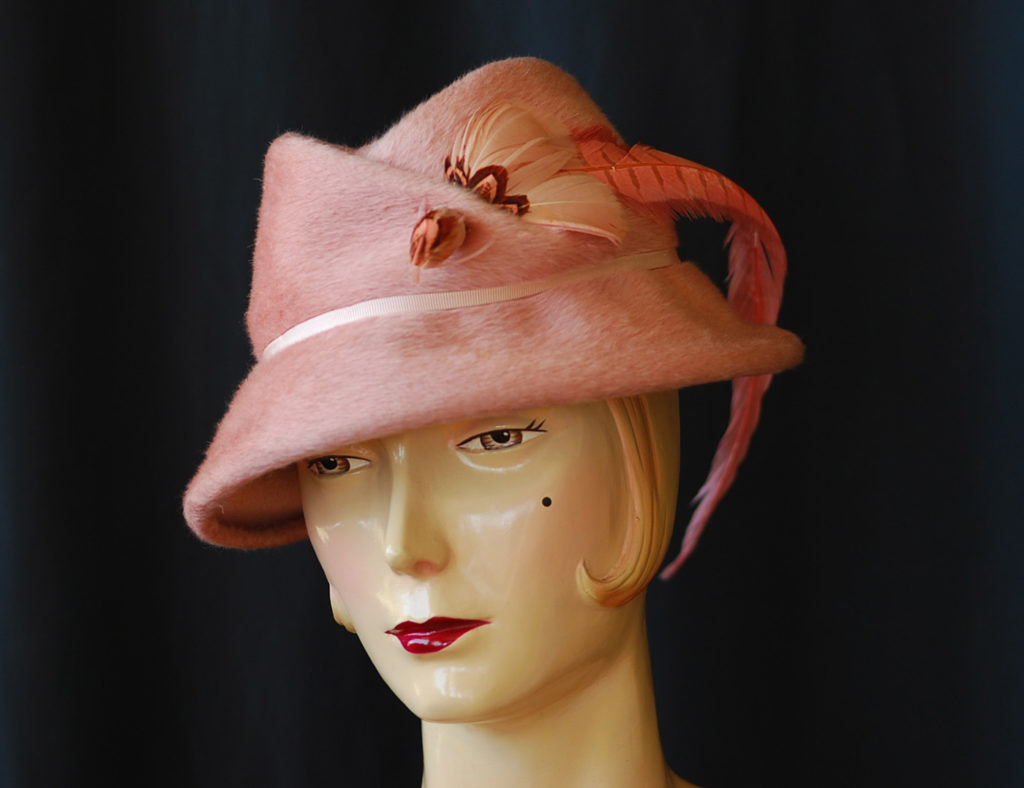
1940’s (Faux) Bird Revival On Hats
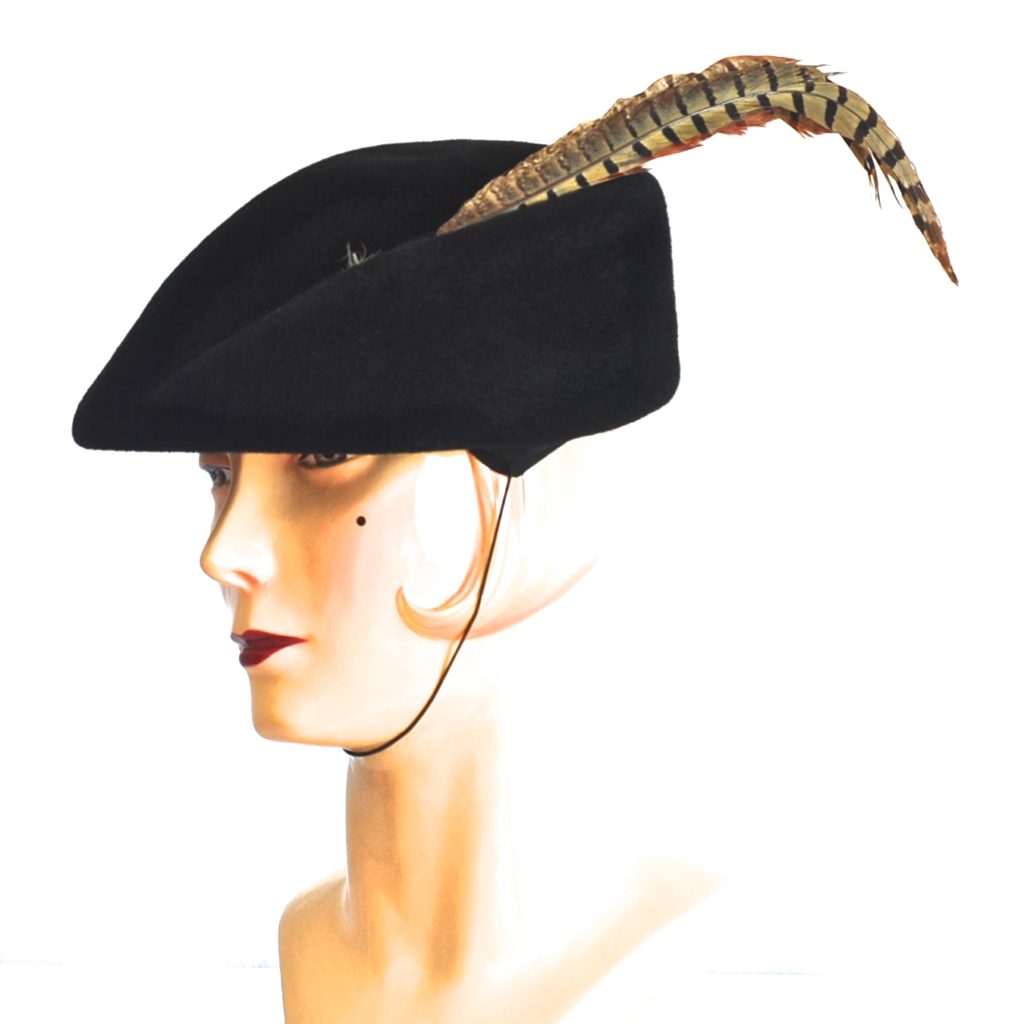
1960’s Single Feather On A Wool Hat
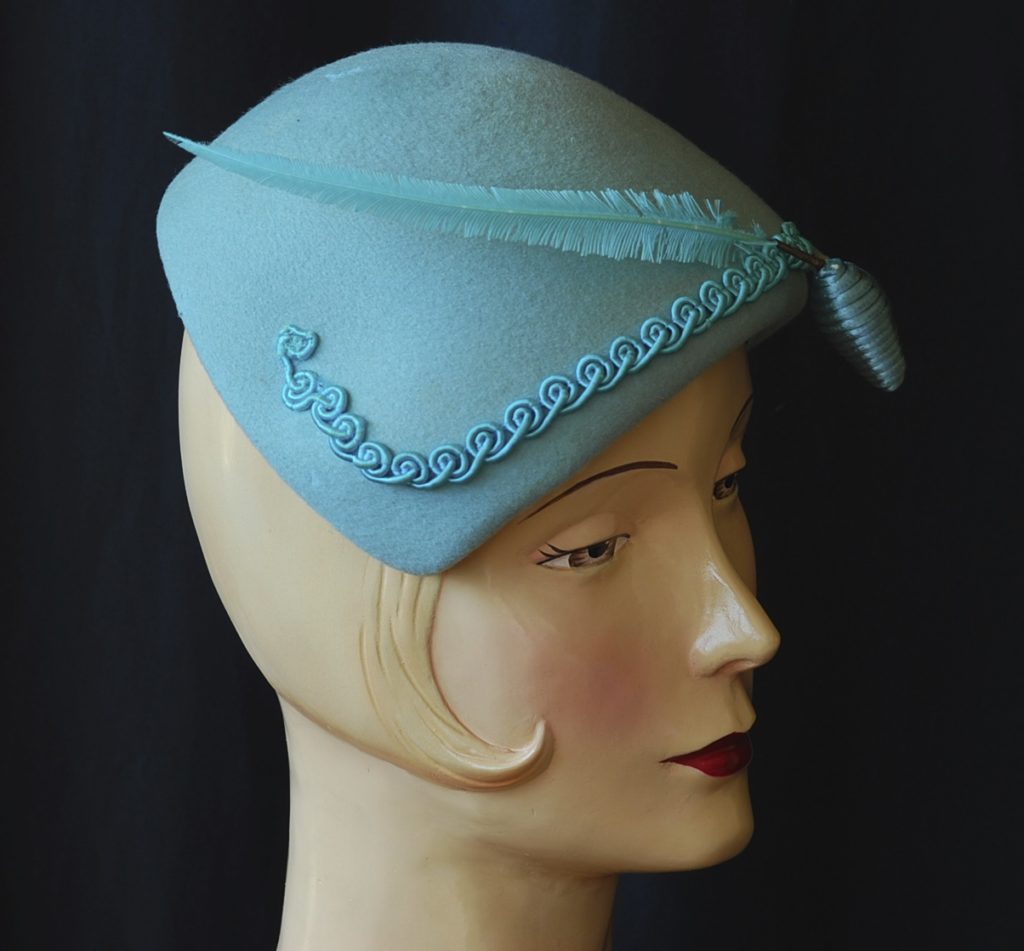
Feather & Matching Trim
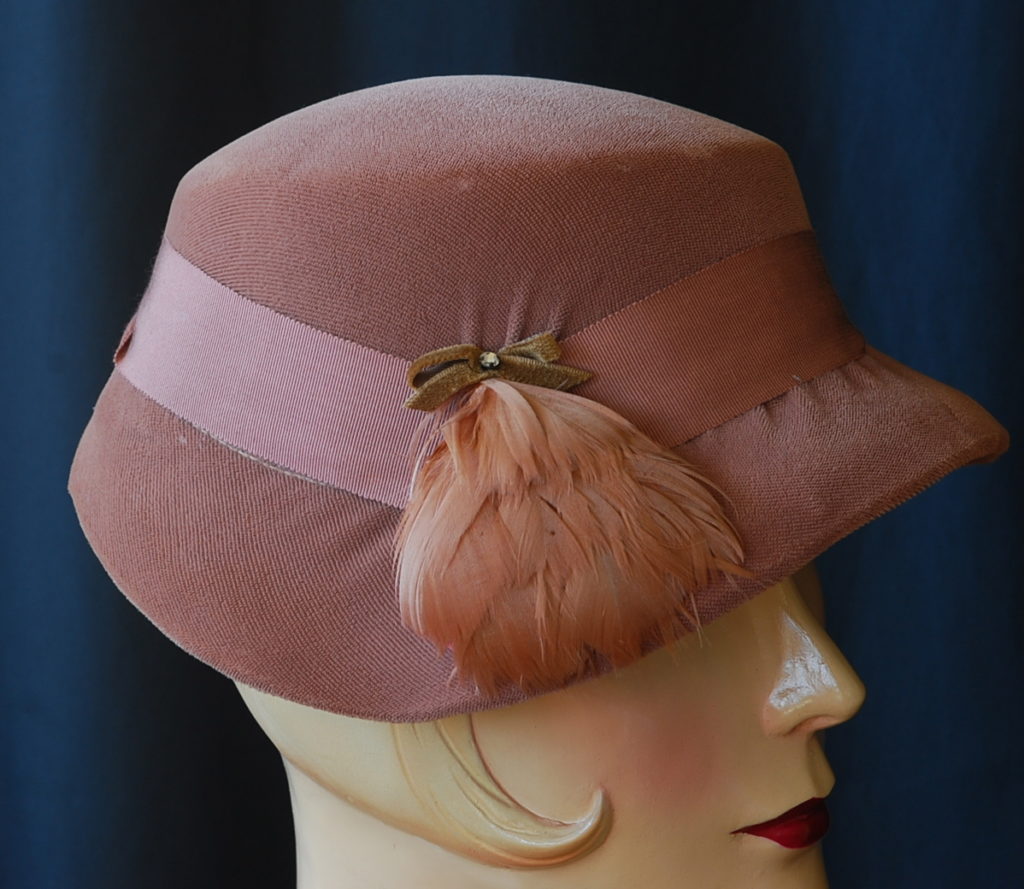
1940’s Feather On Velvet & Grosgrain Ribbon

A 1920’s Sequinned Skull Cap With An Ostrich Feather
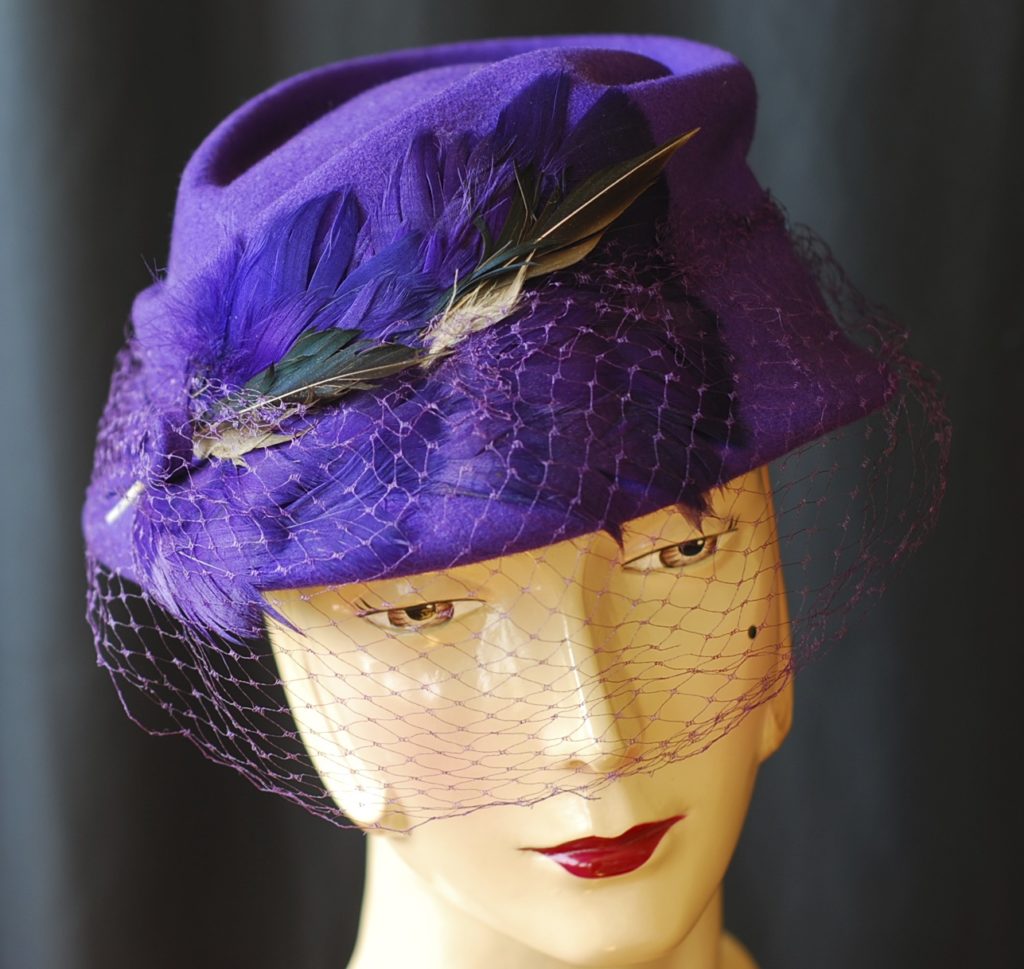
1930’s Or 1940’s Hat With Purple Feathers
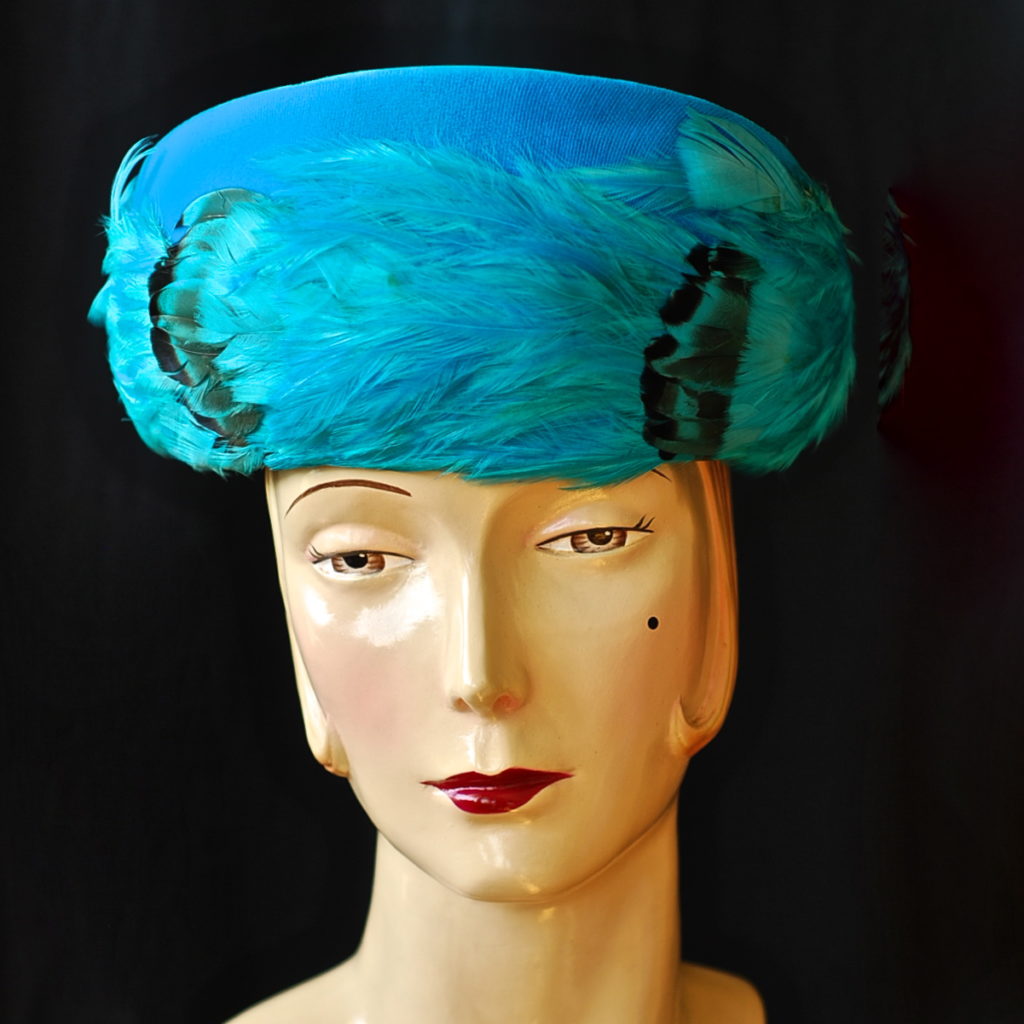
1950’s Special Occasion Blue Feathered Brimless Hat
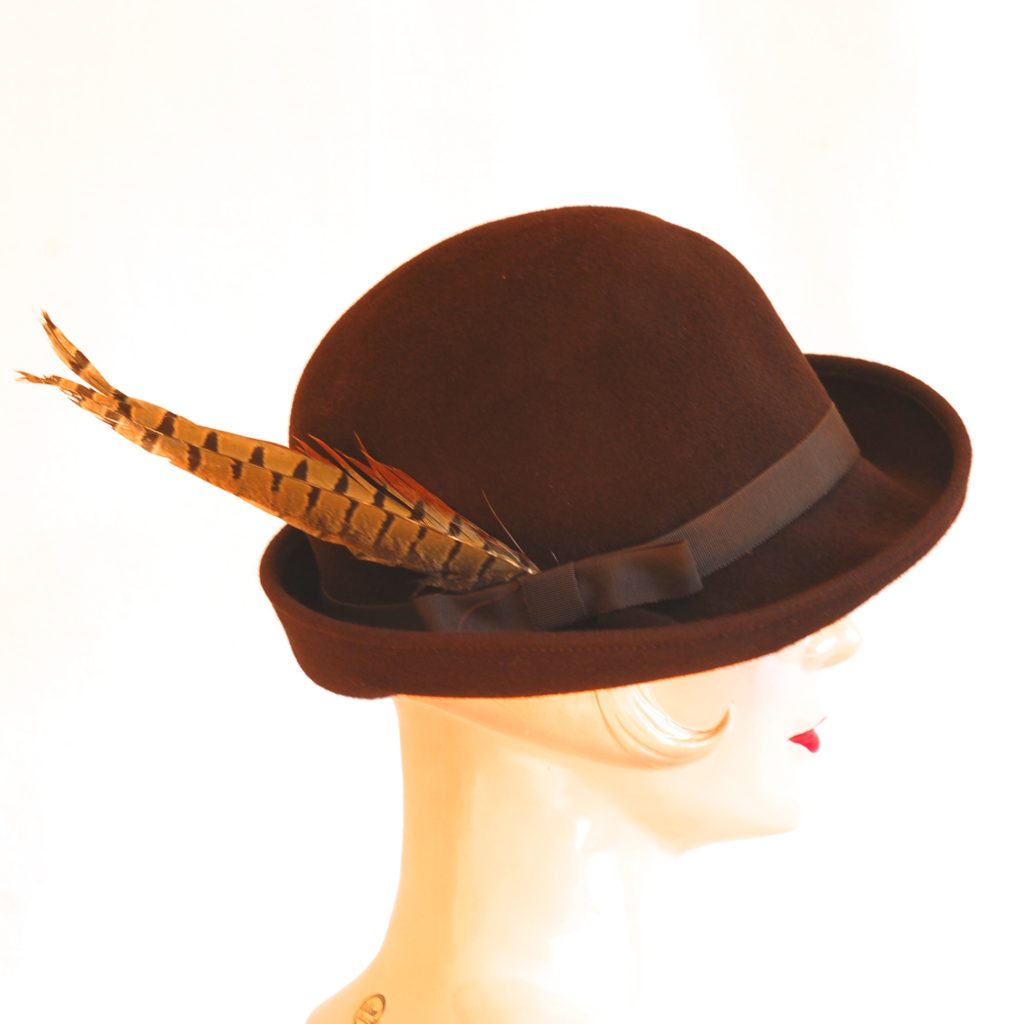
1960’s Or 1970’s Feathered Fall Hat
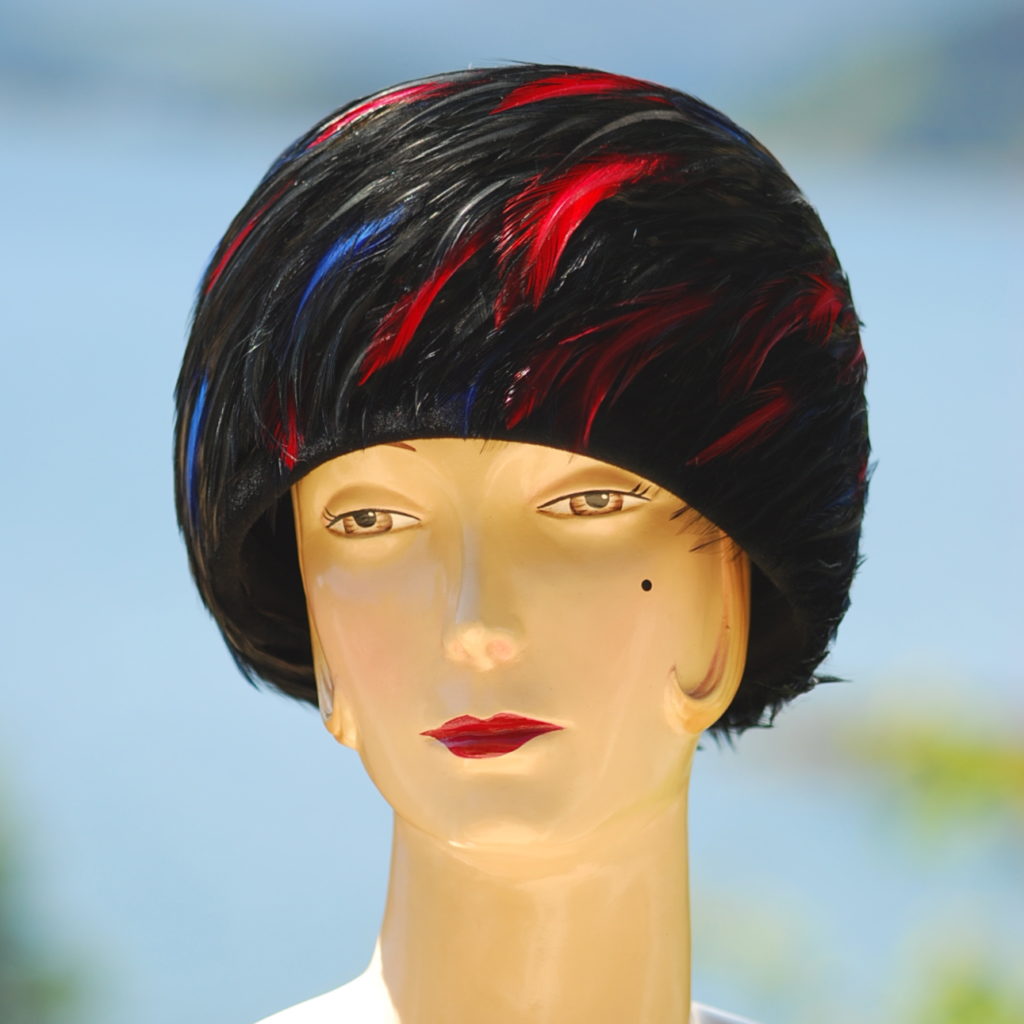
1950’s Original With Blue, Black & Red Glistening Feathers
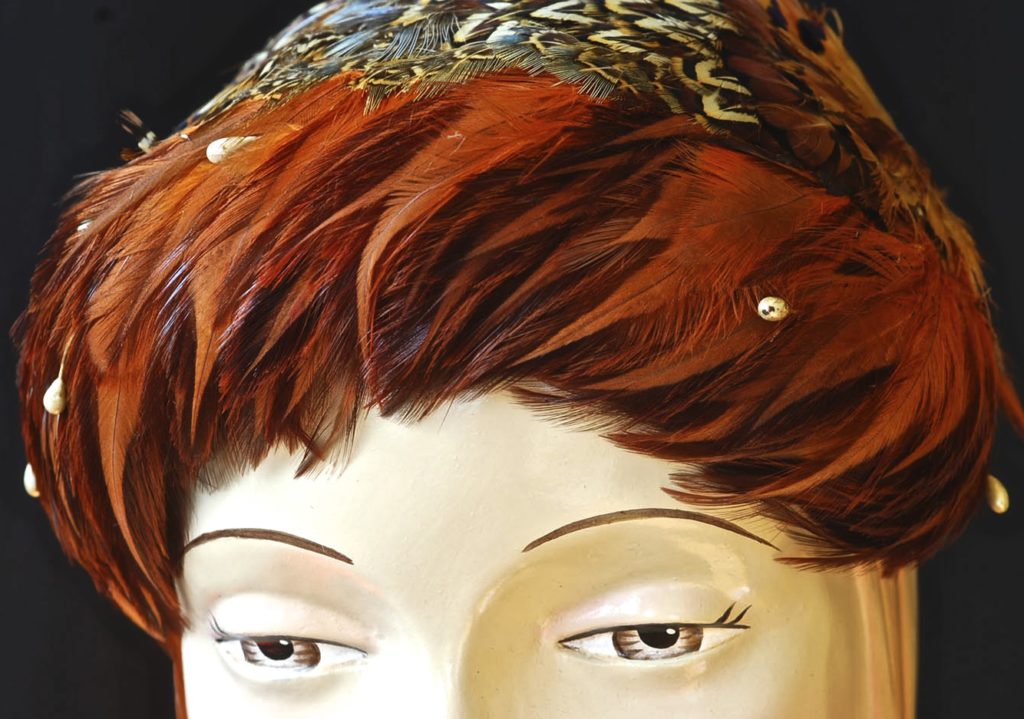
A 1950’s Feathered Hair Band
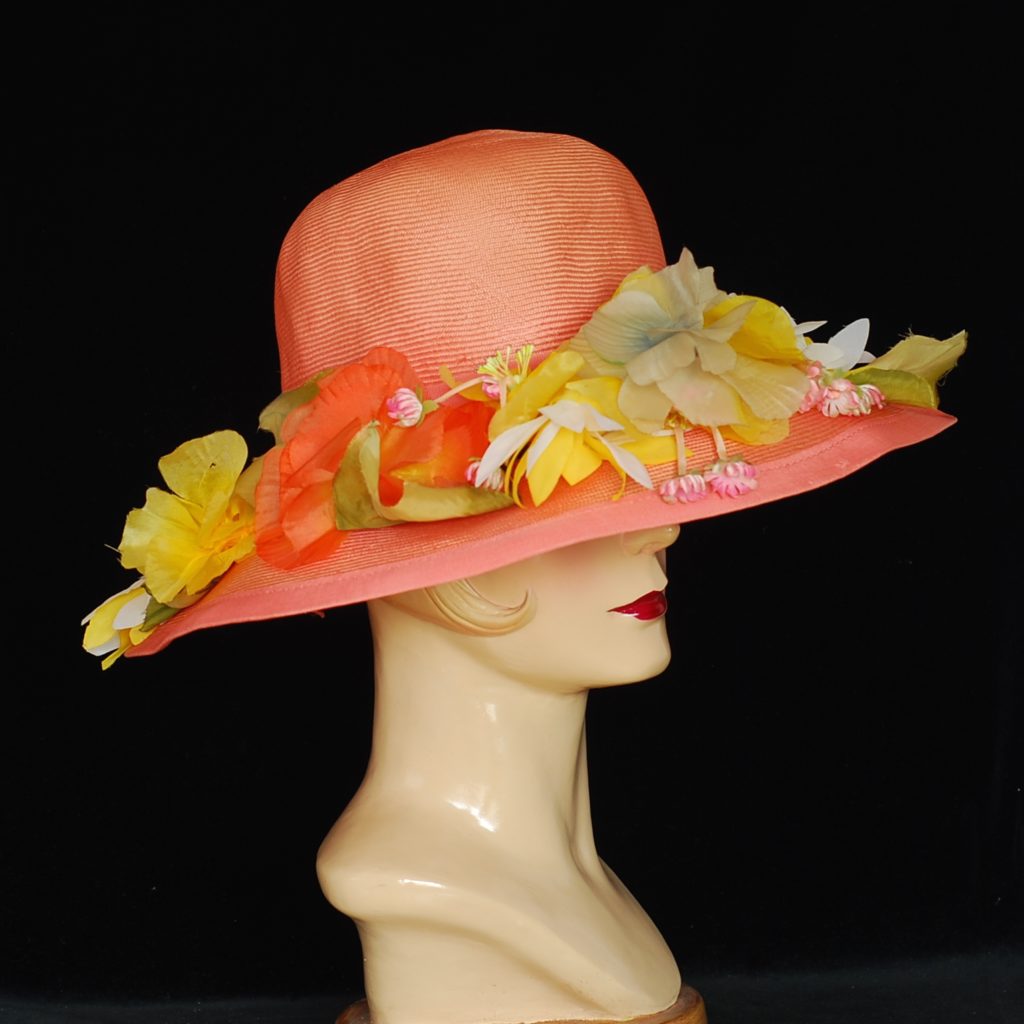
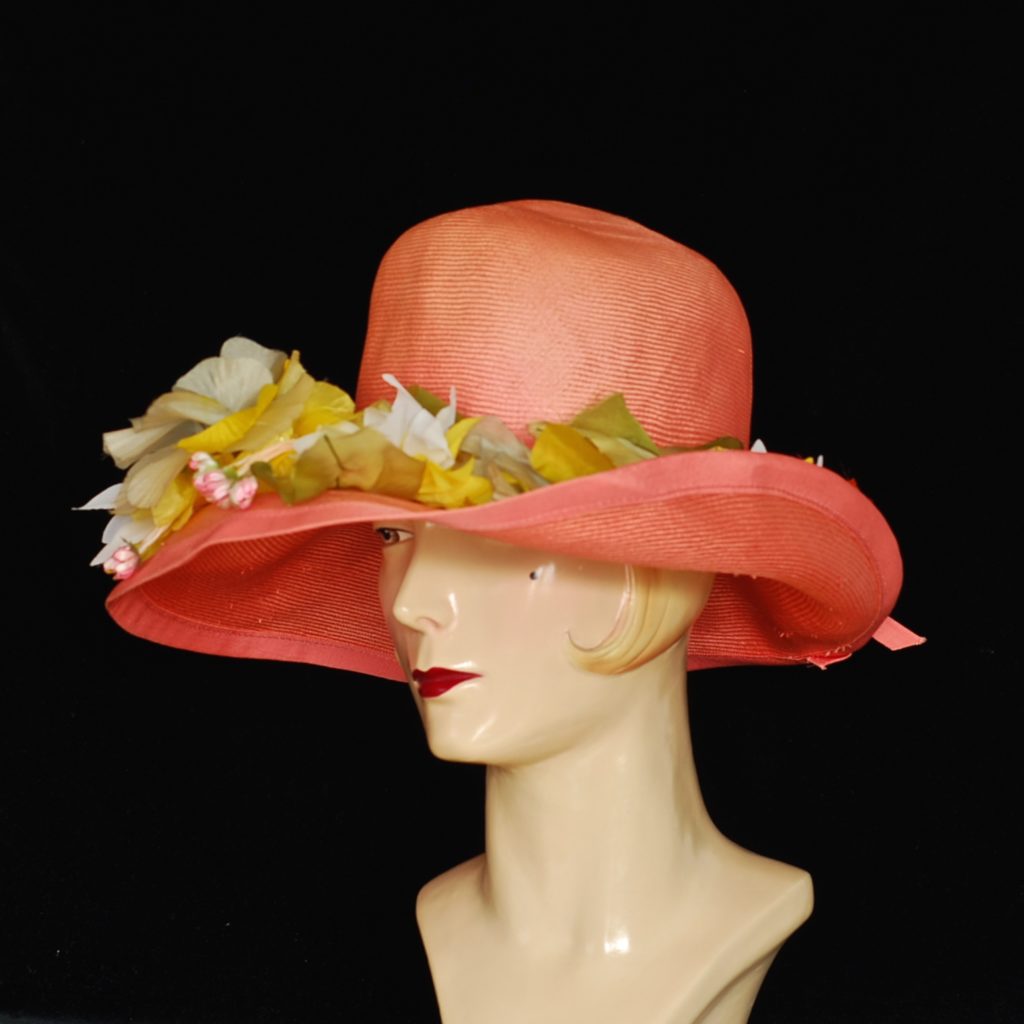
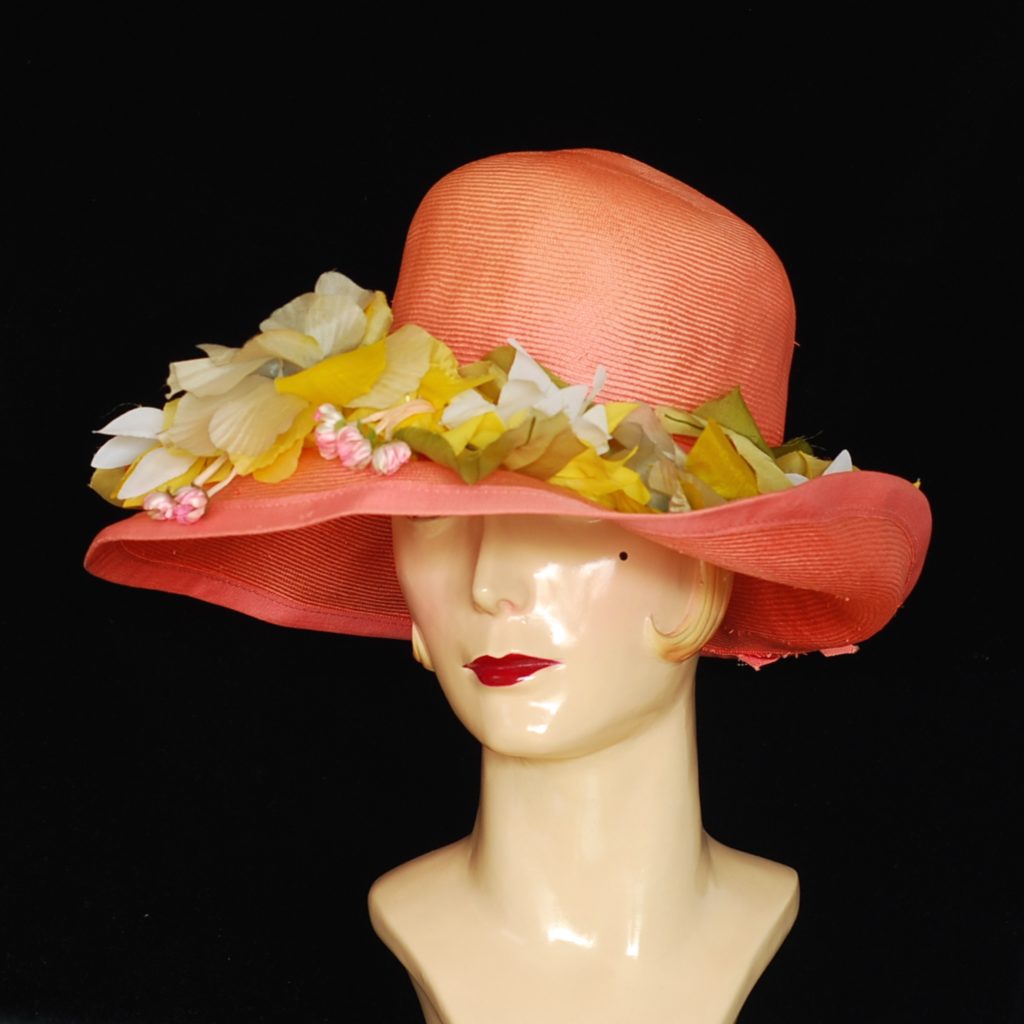
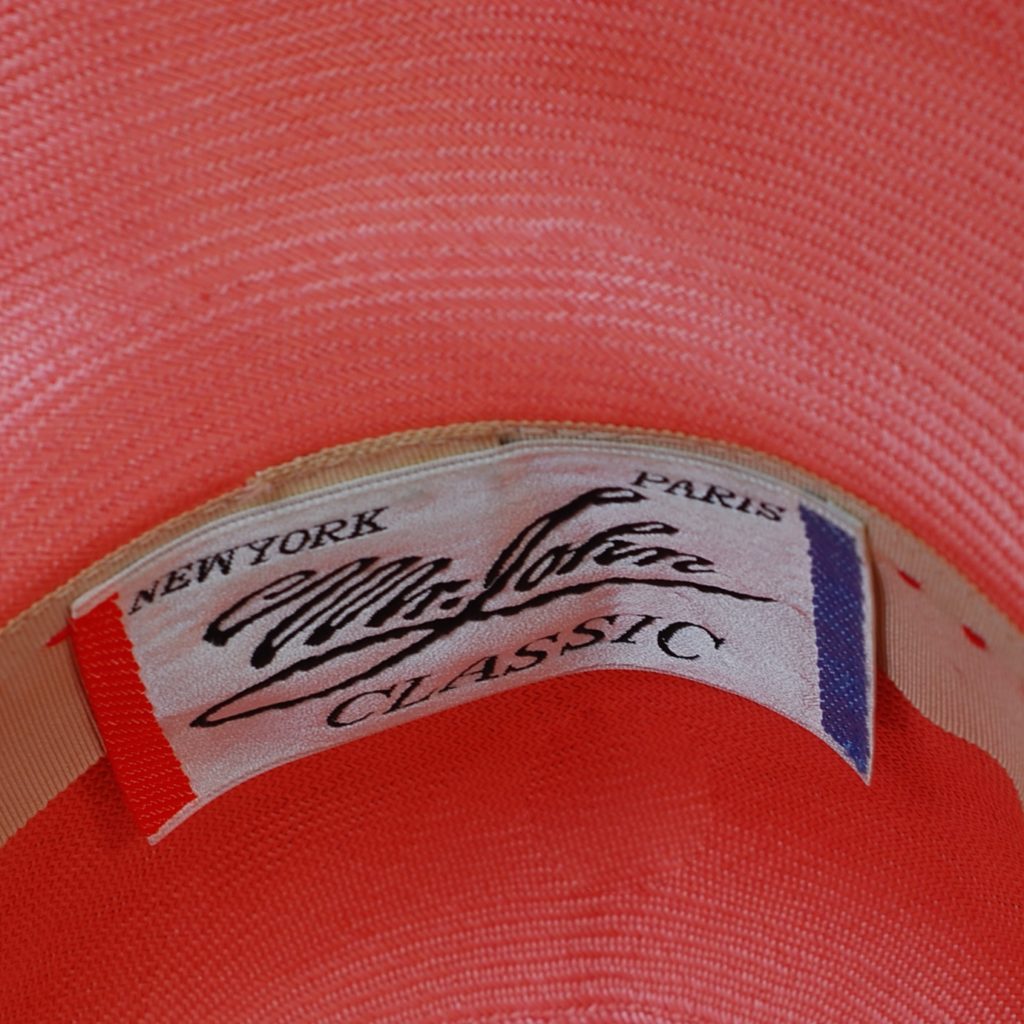
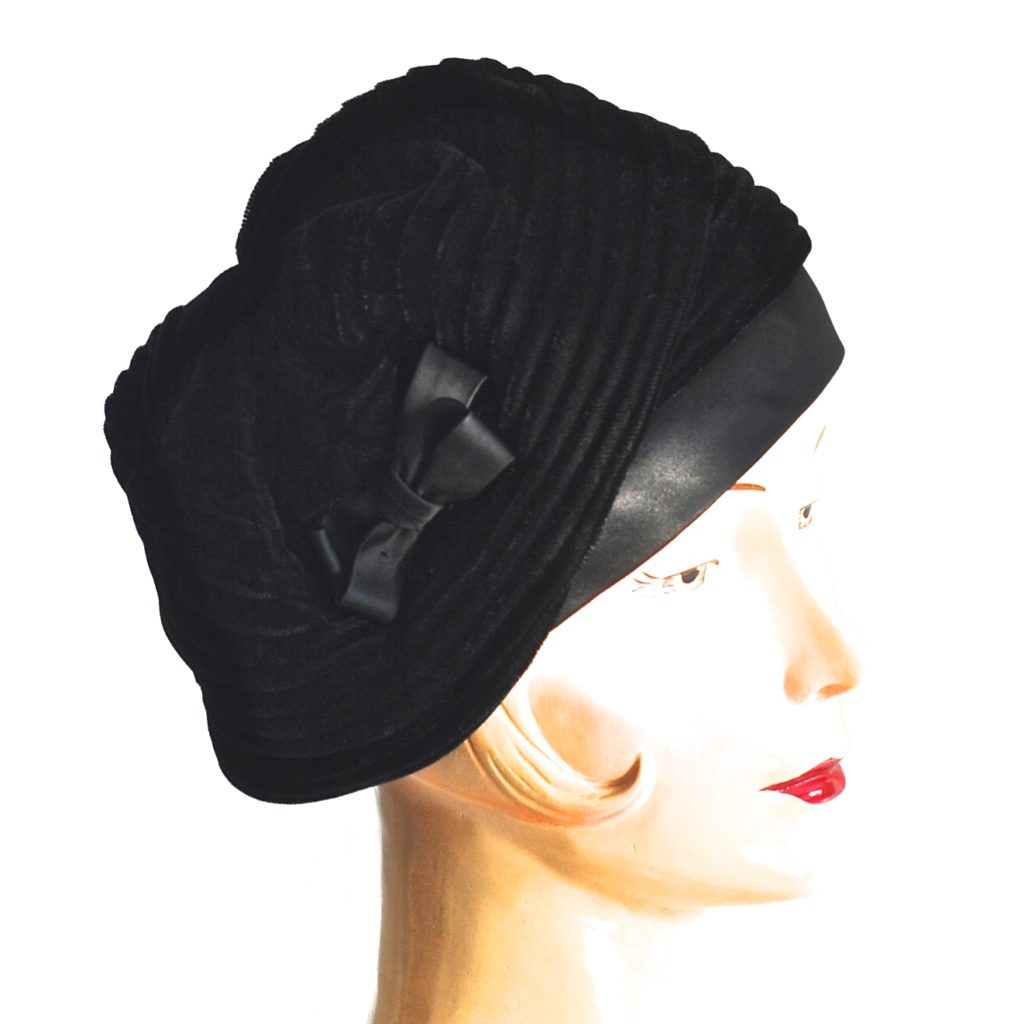
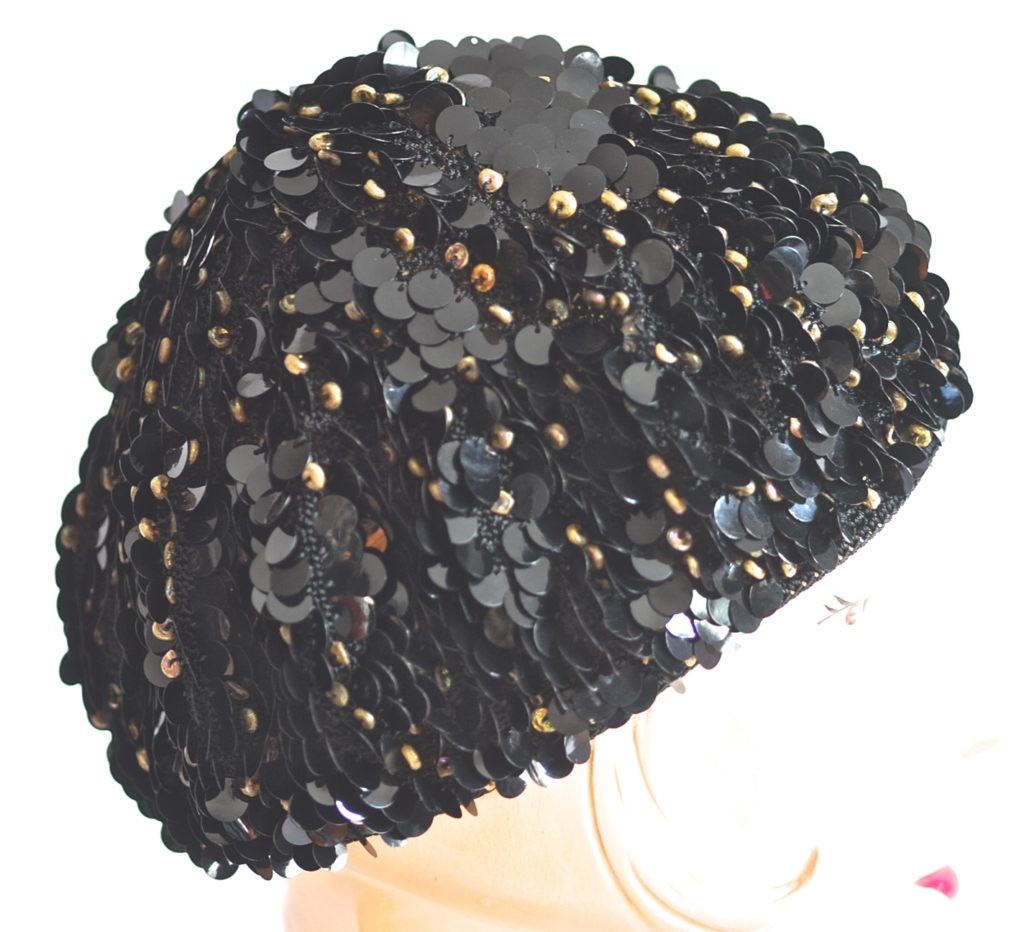
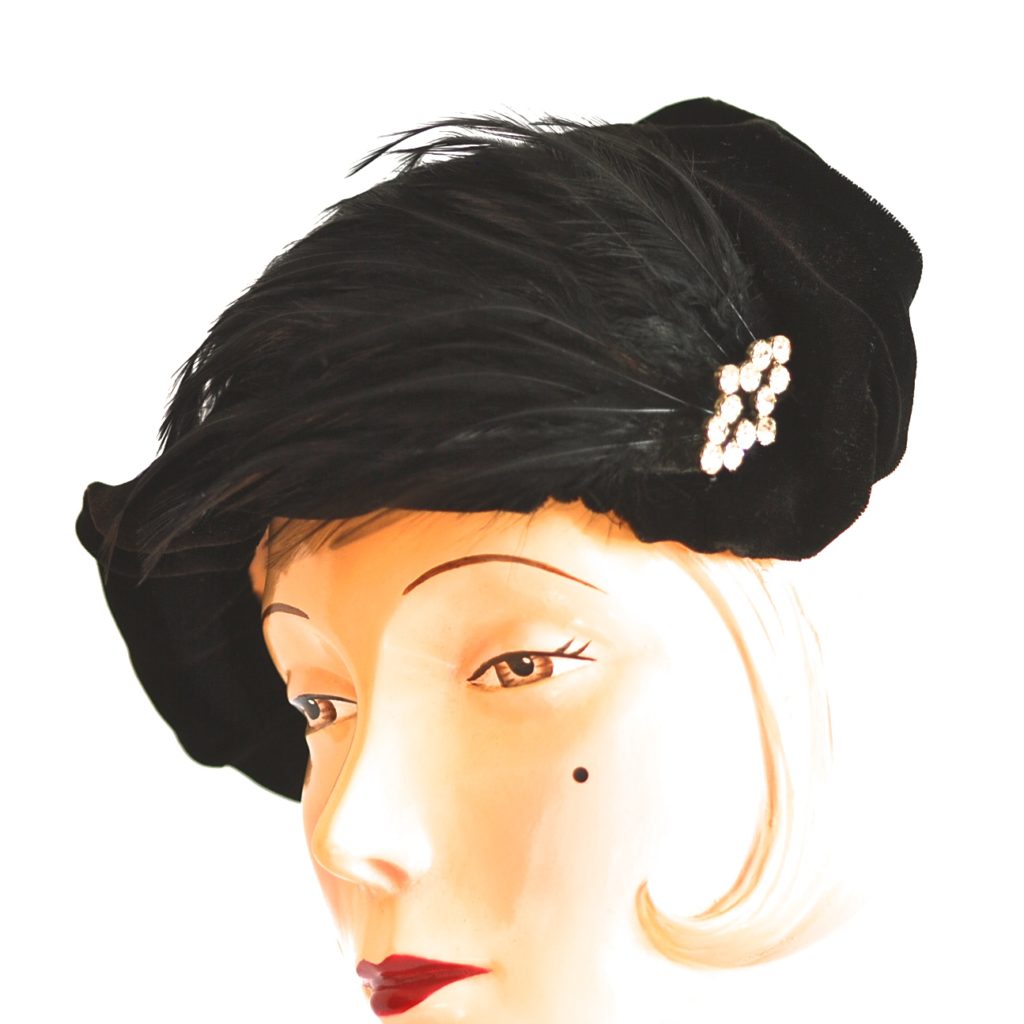
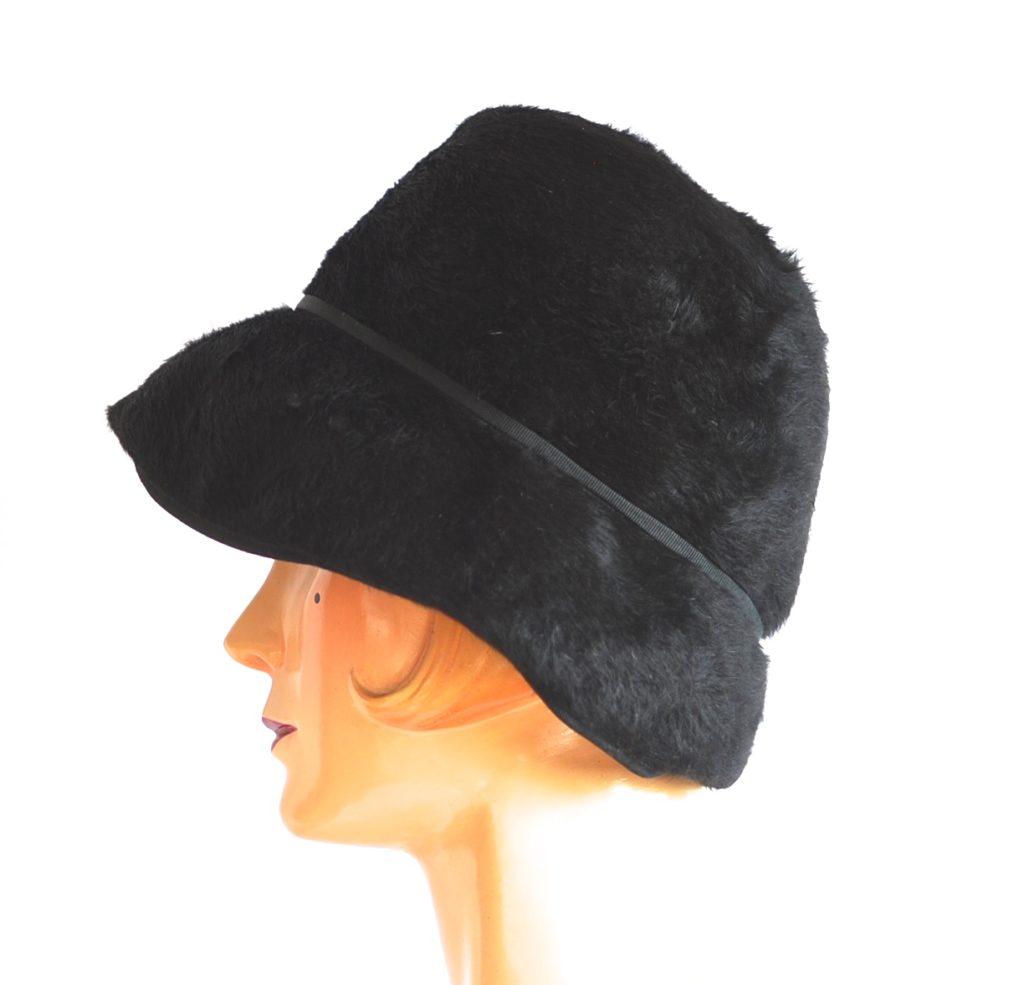
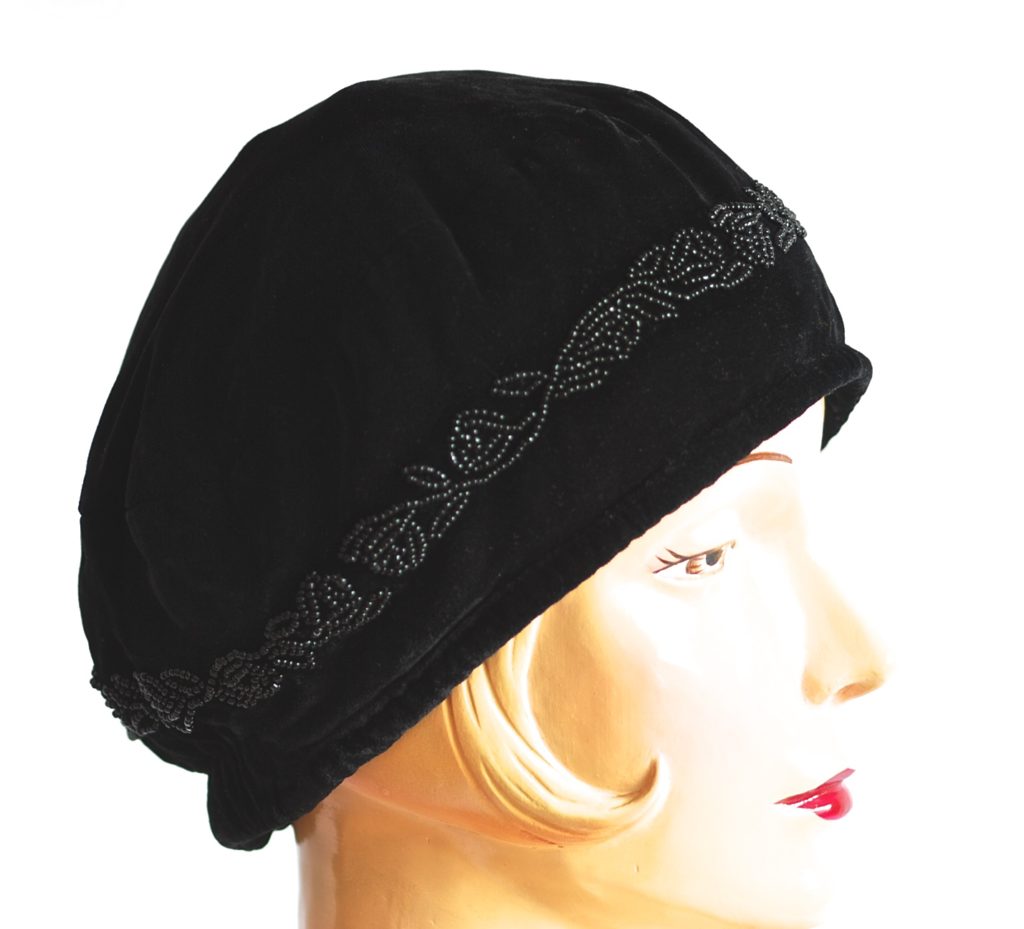
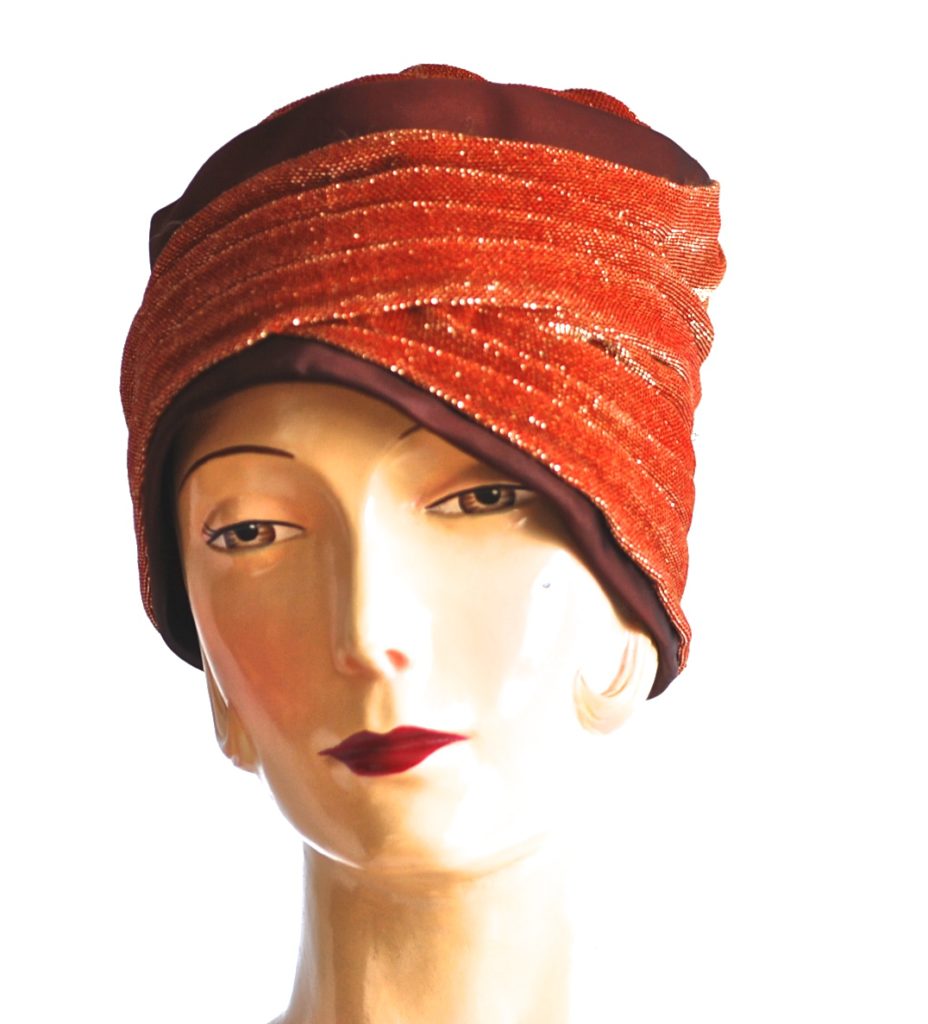
These wonderful hat designs are mid-century Canadian, made in Montreal and Toronto:
Lilliput, Toronto feathered fedora with velvet accents.
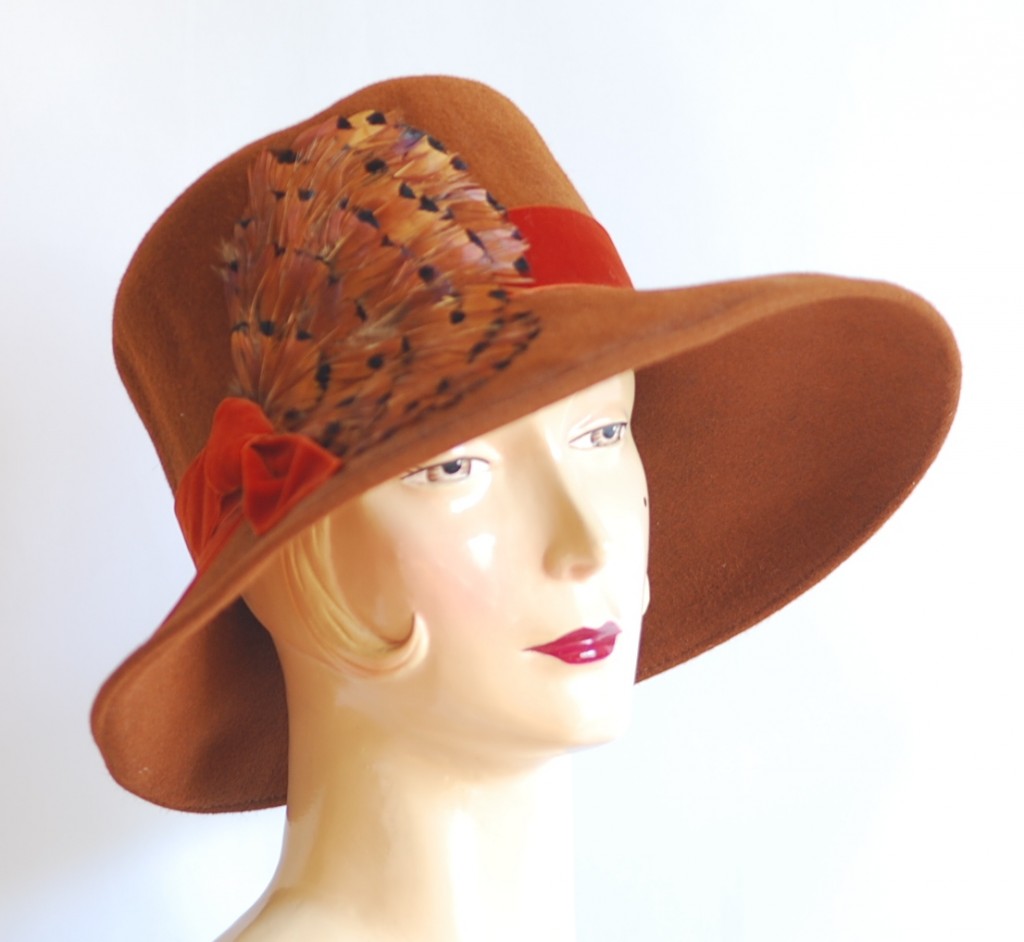
Lilliput Feathered Vintage Fedora – Toronto, Canada
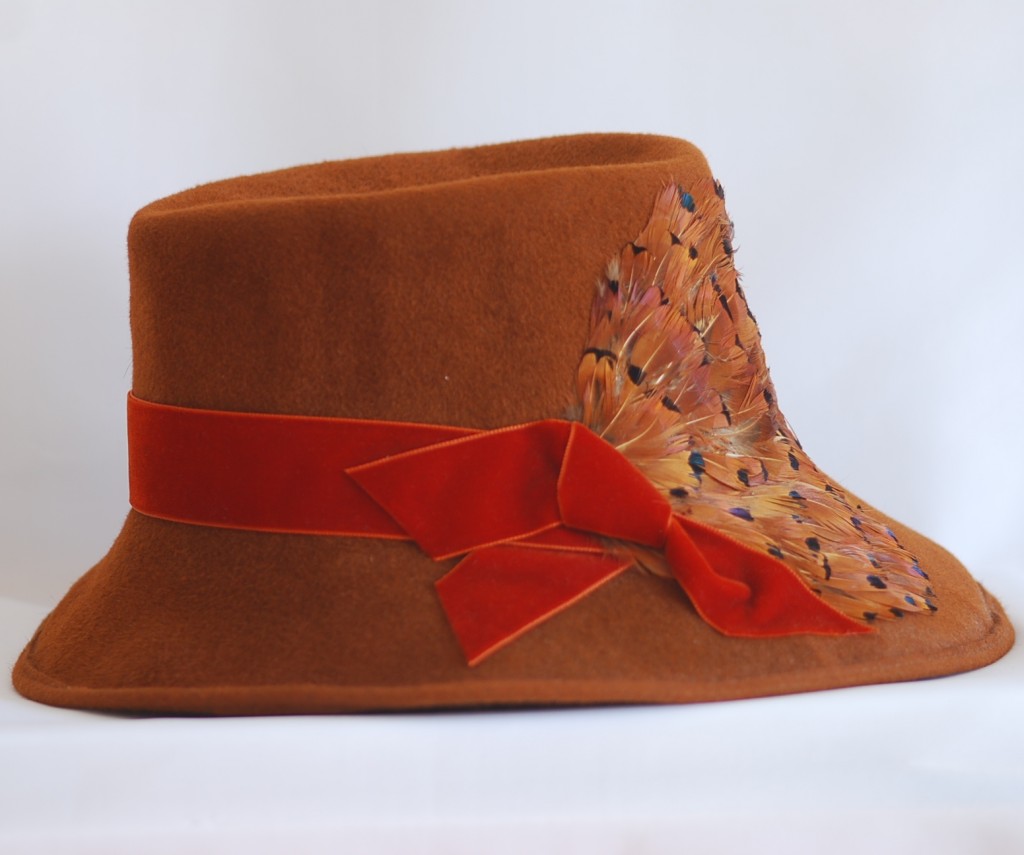
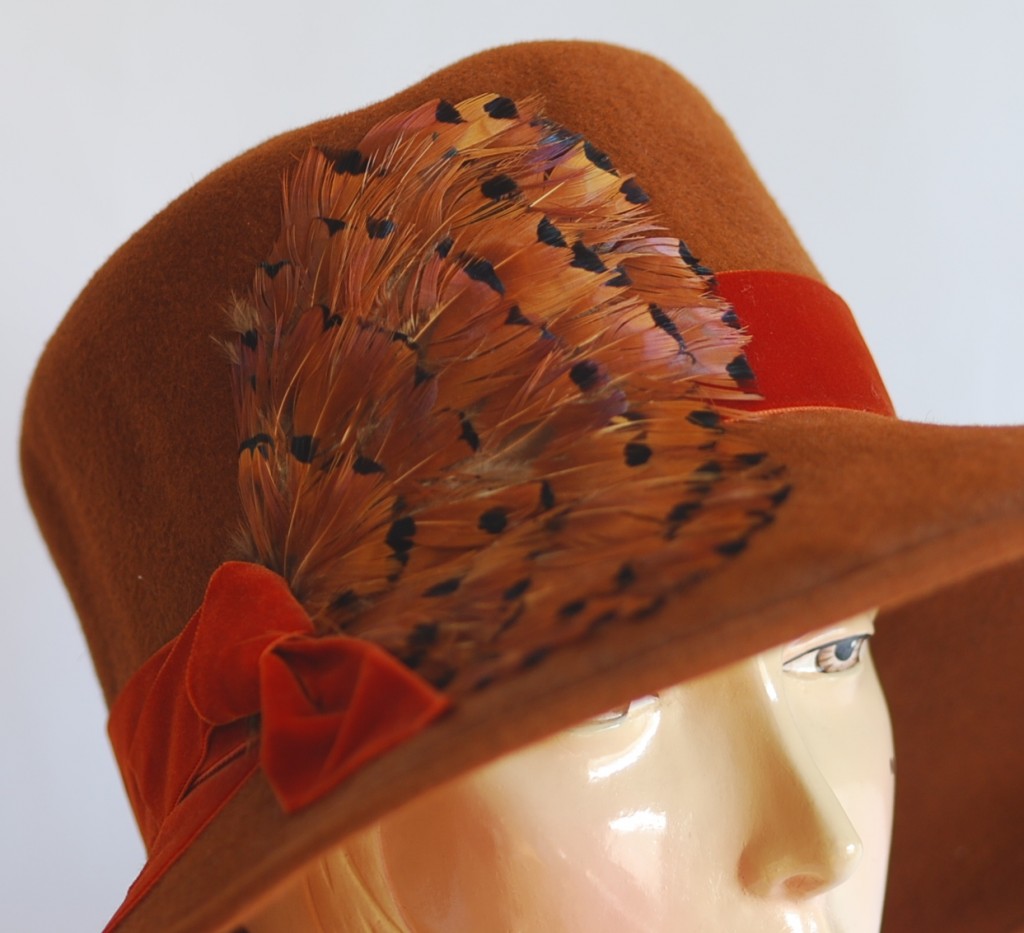
Featuring Nadelle, Montreal 1960’s velvet lampshade hat, and Nadelle 1960’s elaborate beaded turban.
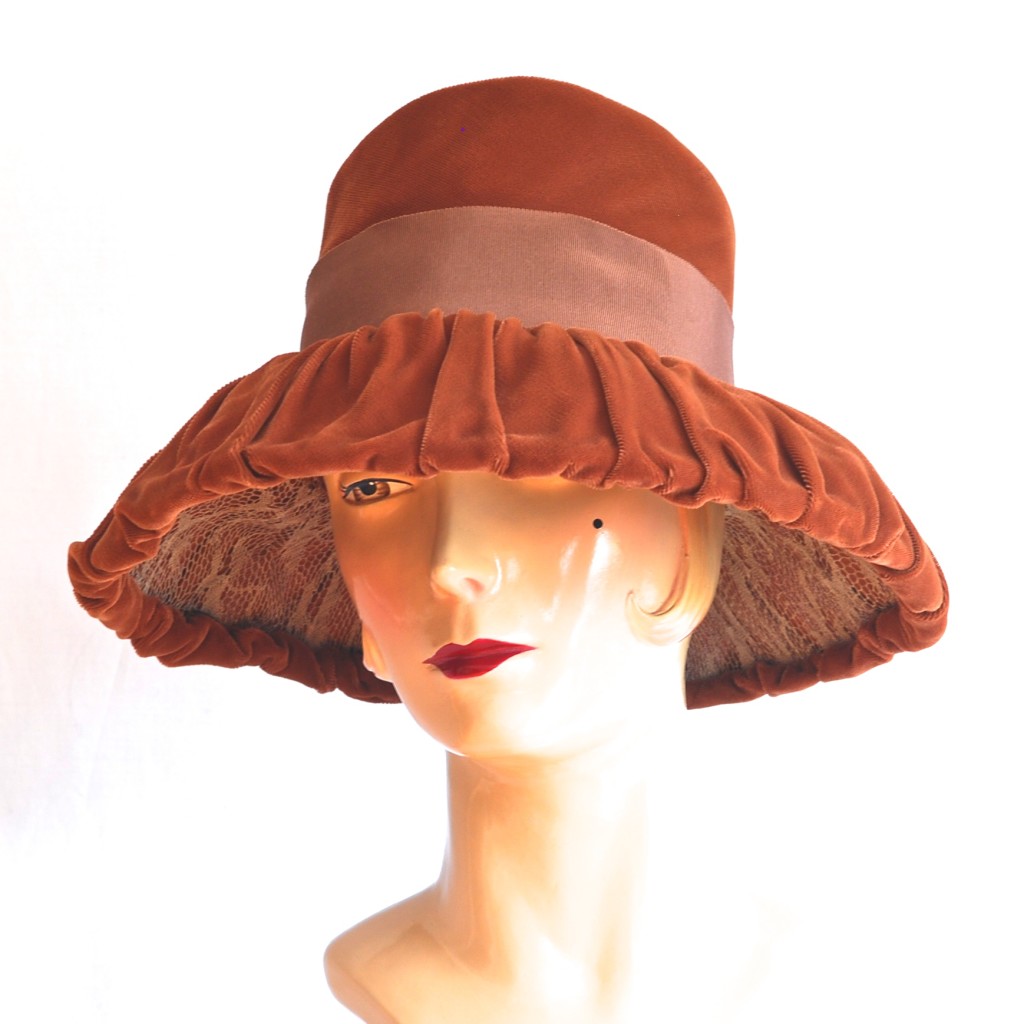
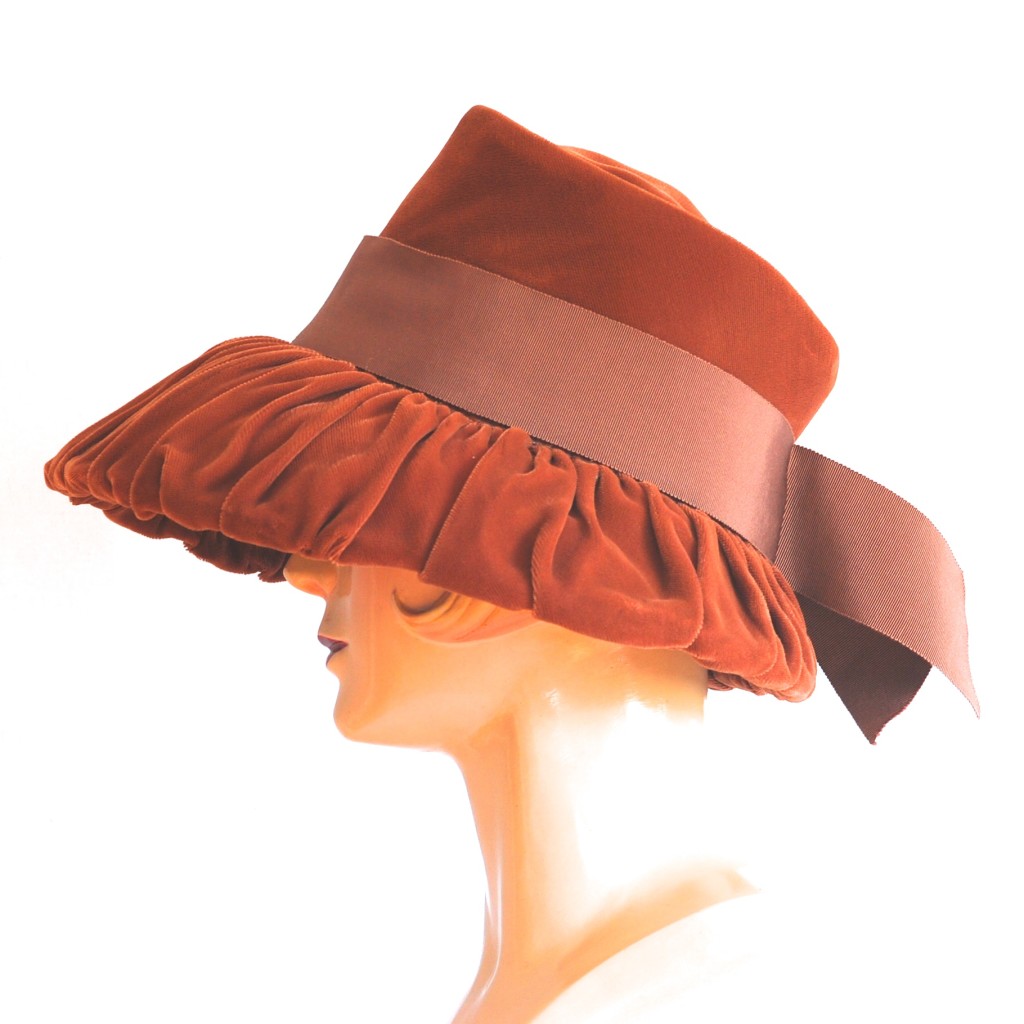
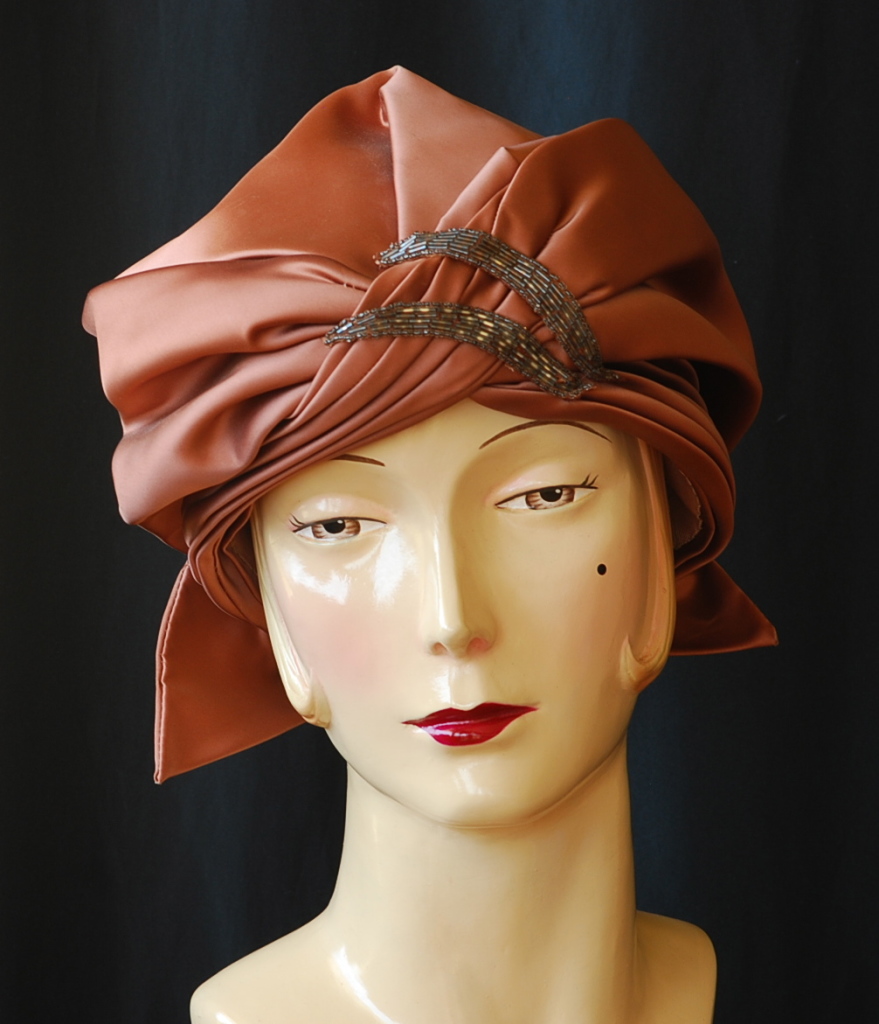
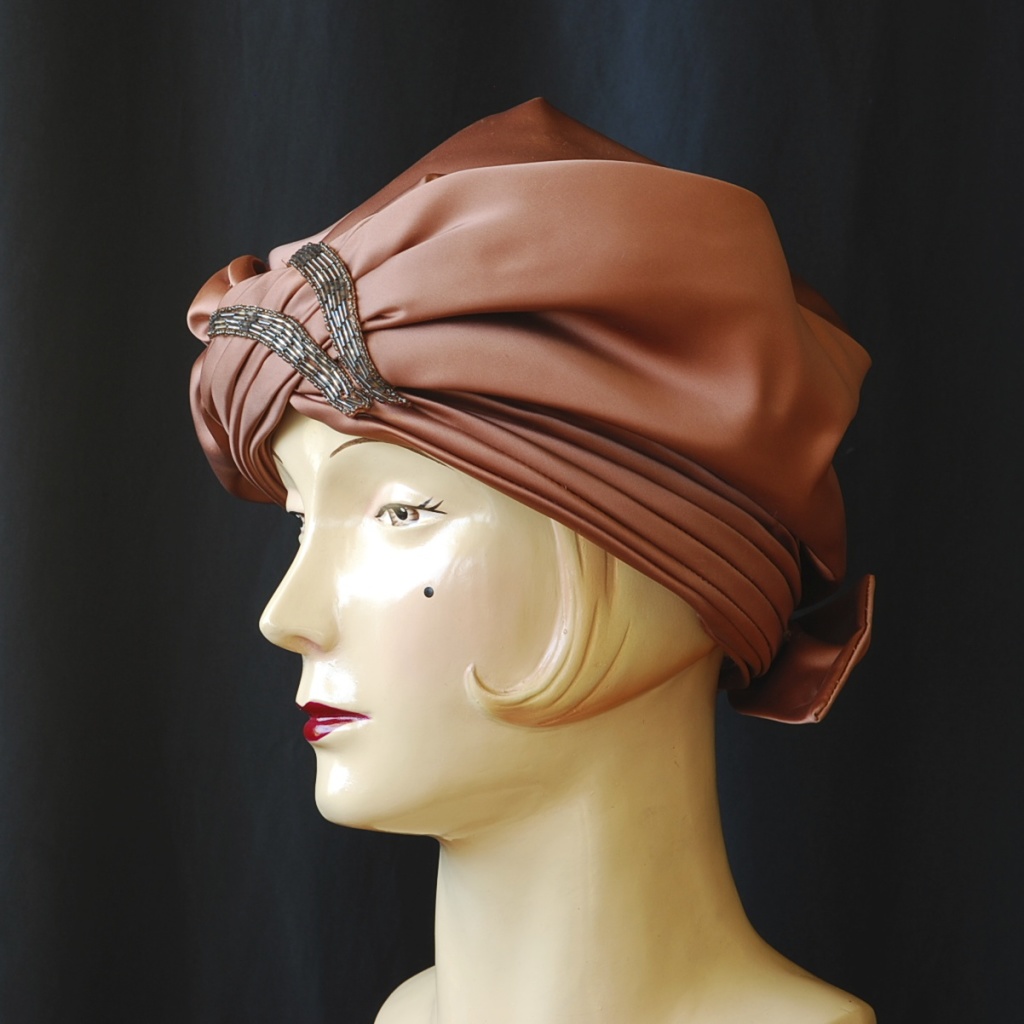 Leopold Original, Toronto 1960’s Velvet Hat With Big Satin Bow.
Leopold Original, Toronto 1960’s Velvet Hat With Big Satin Bow.
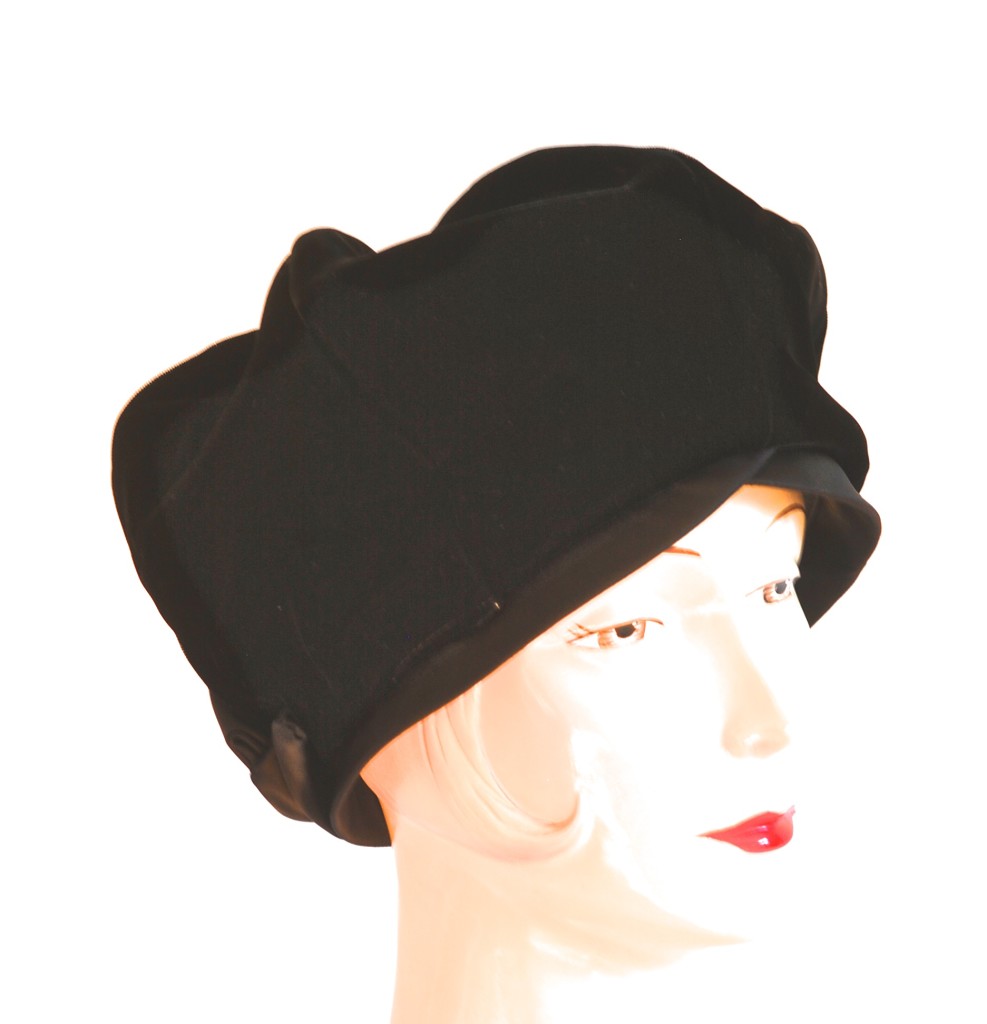
 Andre, Montreal 1960’s Gold Brocade Turban.
Andre, Montreal 1960’s Gold Brocade Turban.

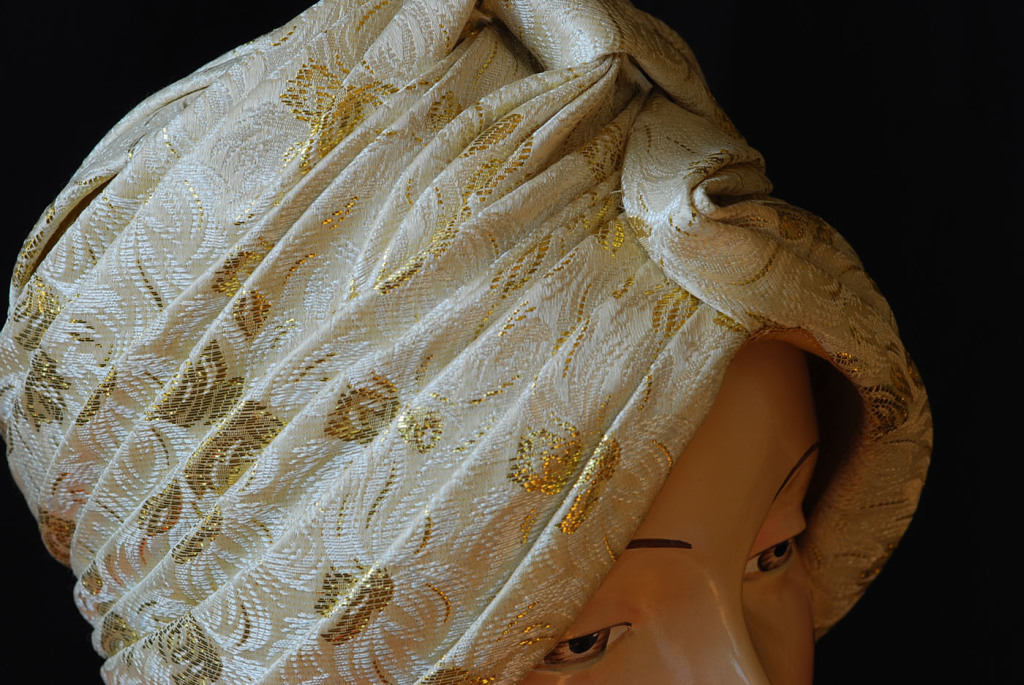 M’Sieu Leon, Montreal 1970’s Beaver Fedora.
M’Sieu Leon, Montreal 1970’s Beaver Fedora.
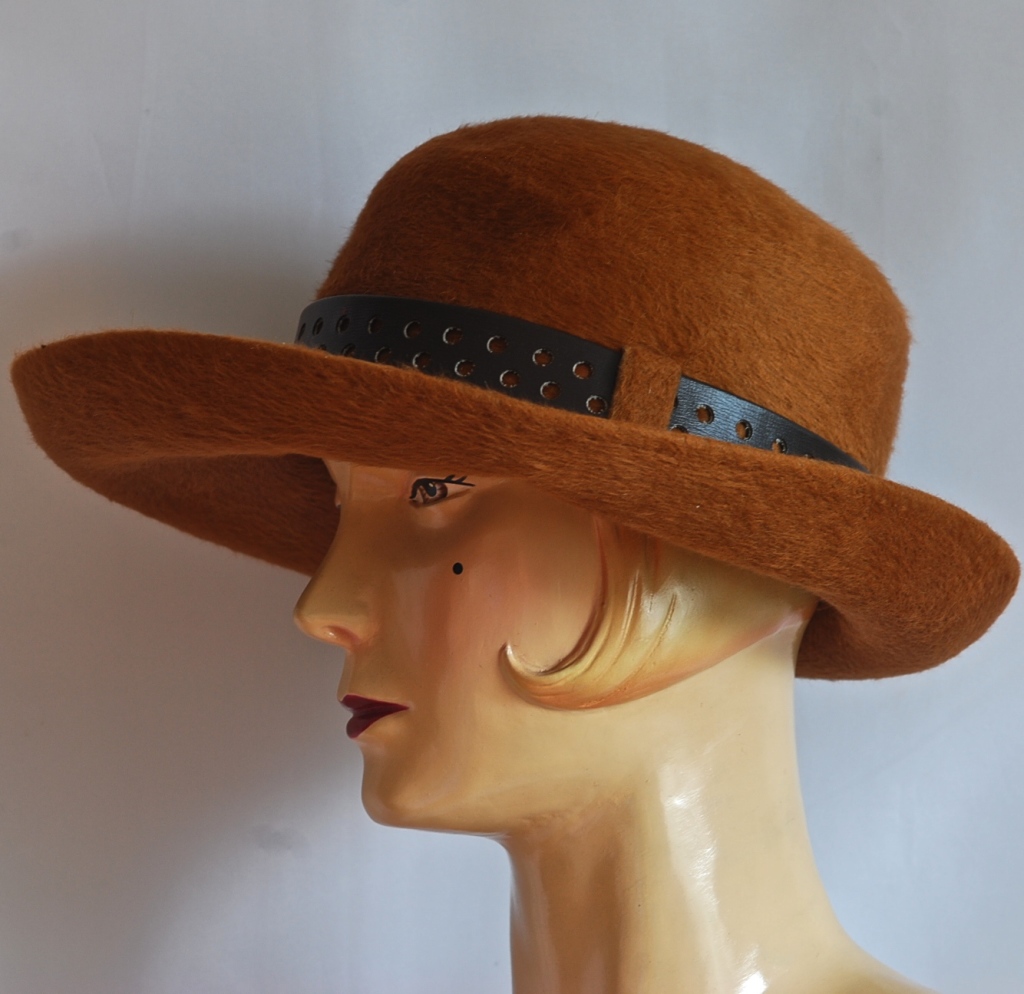
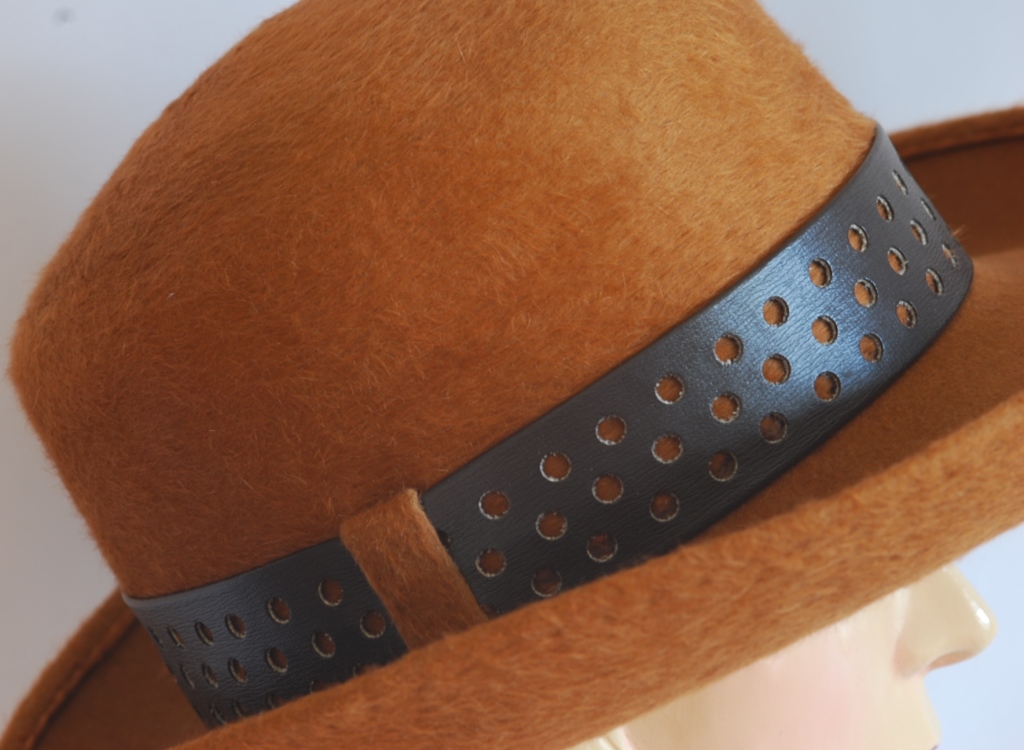
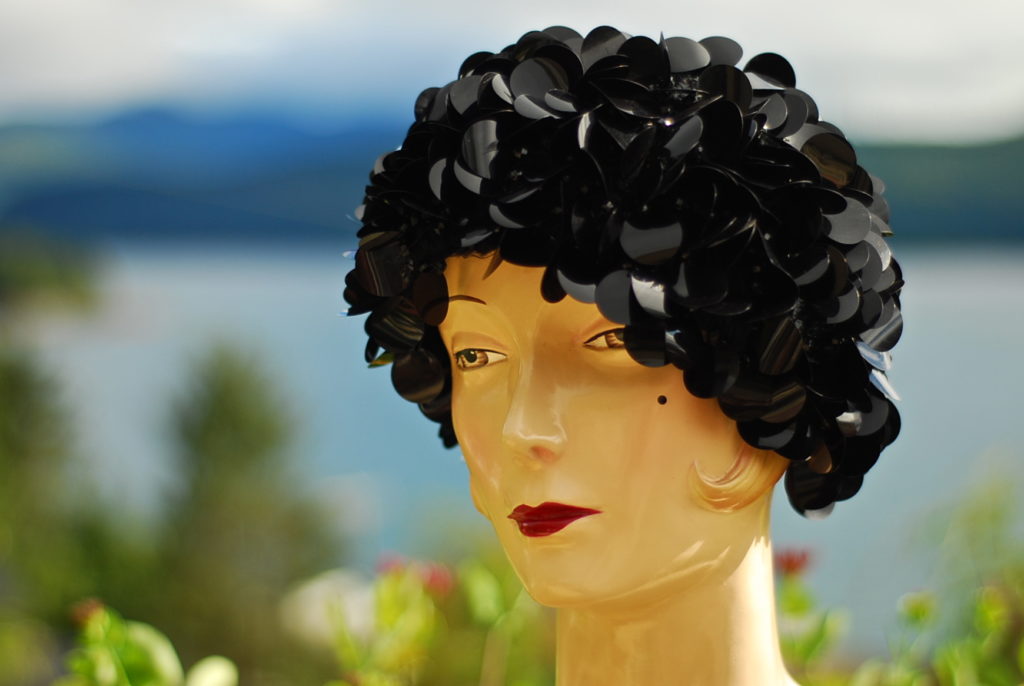
1960’s Christian Dior On Haida Gwaii
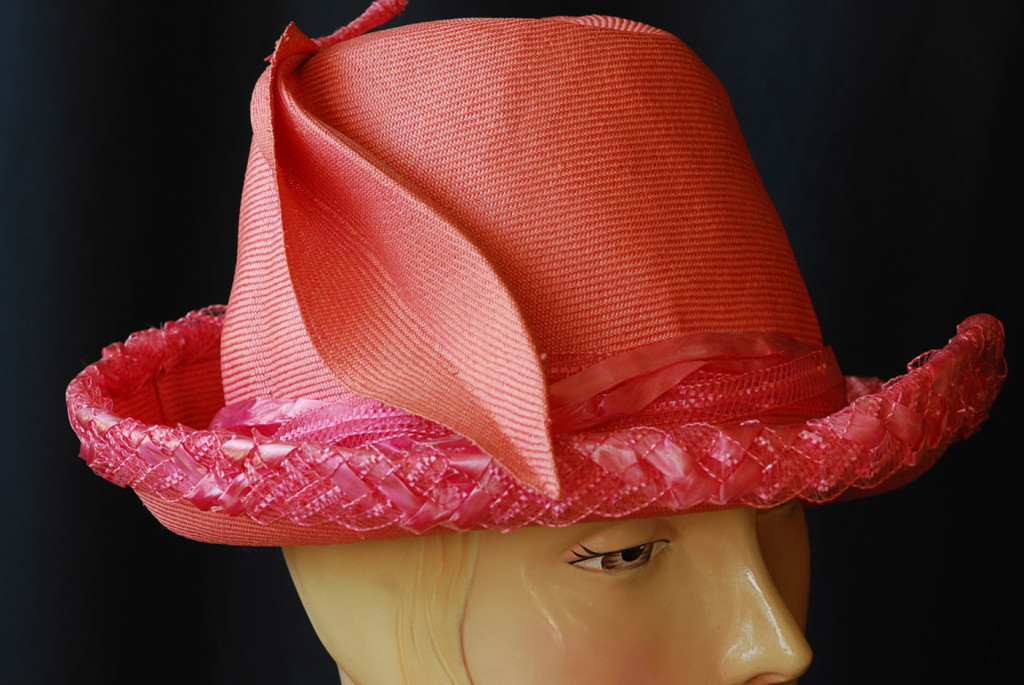
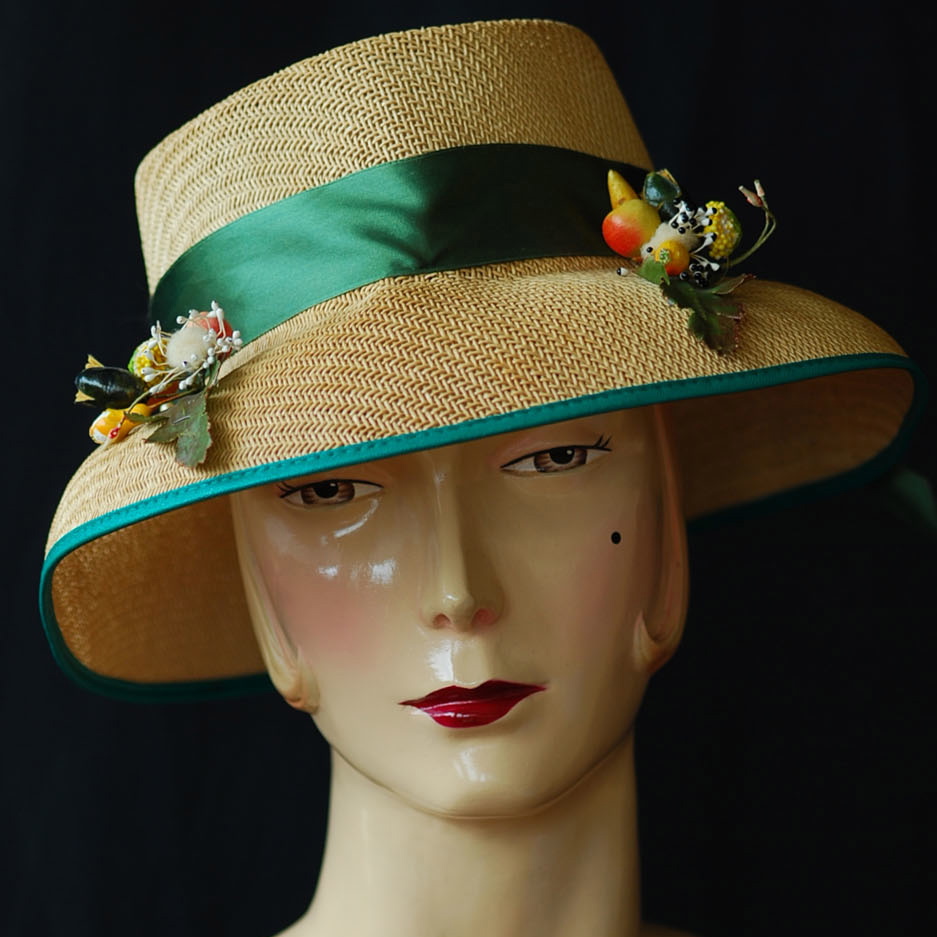
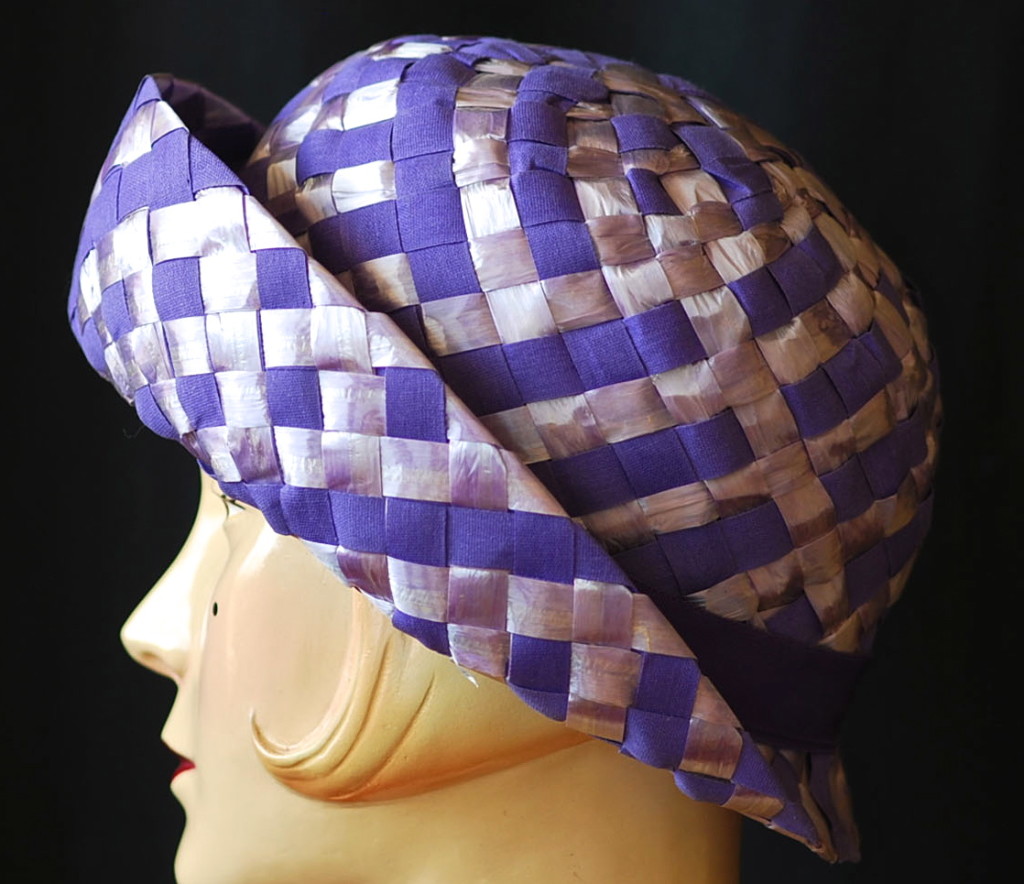
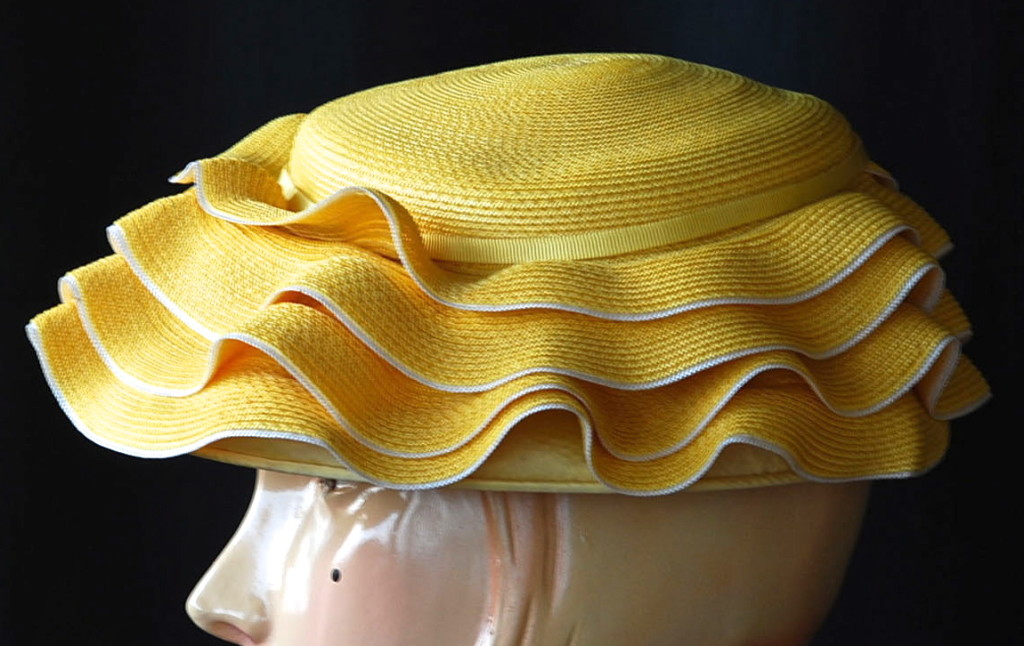
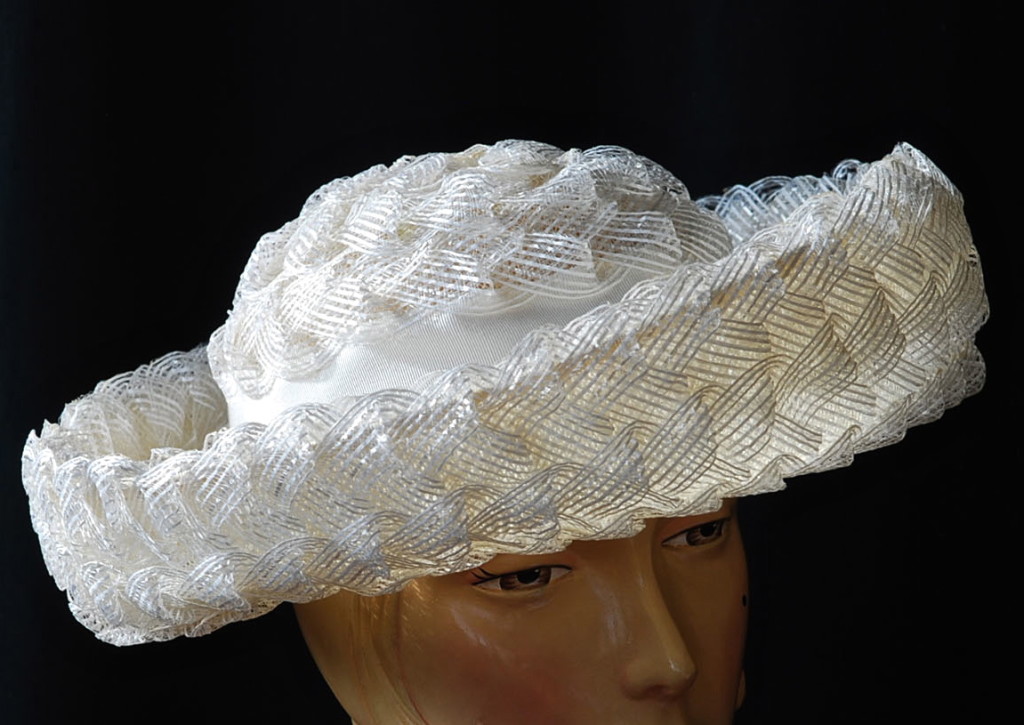
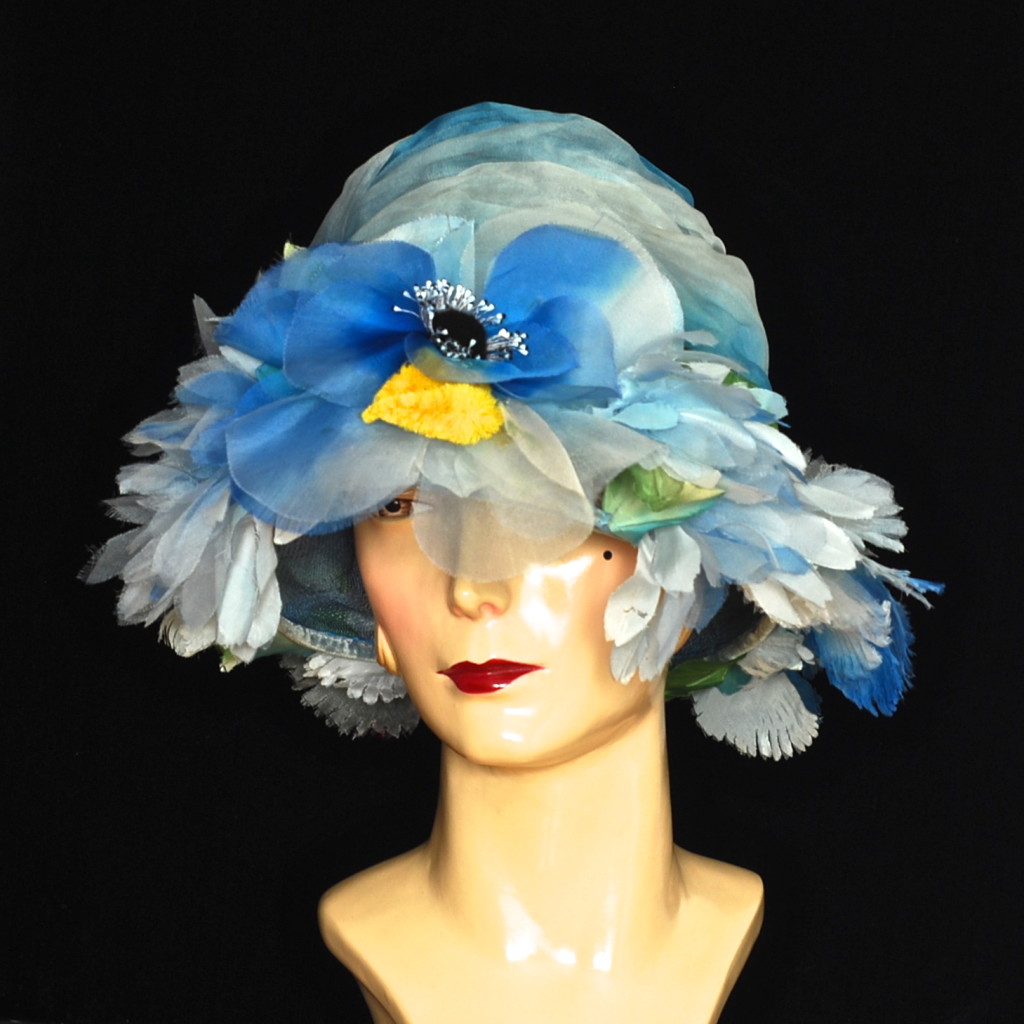
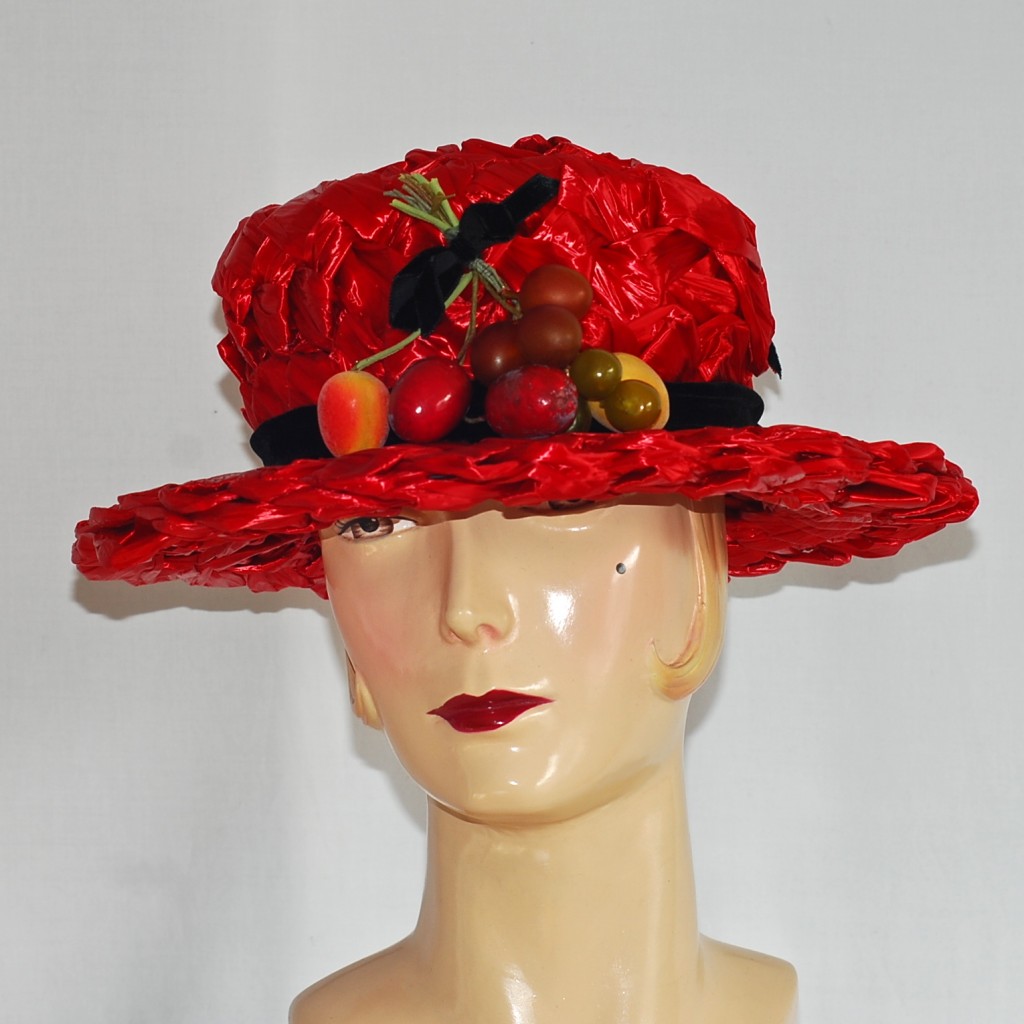 Copyright Valerie J. Hayes and Quiet West Vintage (2016). Unauthorised use and/or duplication of this material without express and written permission from this blog’s author/owner is strictly prohibited. Excerpts and links may be used, provided that full and clear credit is given to Valerie J. Hayes and Quiet West Vintage with appropriate and specific direction to the original content.
Copyright Valerie J. Hayes and Quiet West Vintage (2016). Unauthorised use and/or duplication of this material without express and written permission from this blog’s author/owner is strictly prohibited. Excerpts and links may be used, provided that full and clear credit is given to Valerie J. Hayes and Quiet West Vintage with appropriate and specific direction to the original content.
For those not familiar with the term, bokeh is taken from the Japanese language and means “to blur”. When taking photographs, there are various different methods, lenses, lighting and techniques to achieve the blur of the background, while getting clarity in the foreground image. These photographs were taken in direct sunlight on an upper deck using a 50mm Nikon lens set at the widest aperture. Other than cropping, there has not been any photo editing done to them. The feature image is a 1950’s straw platter hat. The embellishment on the hat is made of human hair. The last image of the post was taken in the fading light of the afternoon sun. They show variations of ocean background that is blurred, yet retains the outlines of islands, foliage, water and clouds. It creates a naturally beautiful backdrop for some pictures of vintage hats – from another metaphorical vantage point!… She looks out with a face so pale – waiting for her ship to sail…
Copyright Valerie J. Hayes and Quiet West Vintage (2015). Unauthorised use and/or duplication of this material without express and written permission from this blog’s author/owner is strictly prohibited. Excerpts and links may be used, provided that full and clear credit is given to Valerie J. Hayes and Quiet West Vintage with appropriate and specific direction to the original content.
It has been an early spring in Vancouver. The kind where you suddenly notice that all the trees lining the streets are in full bloom. The hyacinths, crocuses, and daffodils have been braving the cool breezes too, this past couple of months. We still have much to look forward to. Like how spring hats and spring flowers go together, reminding us of garden parties, and the long sunny days ahead. The following pictures were taken on the deck a couple of years ago when the clematis was in full bloom.
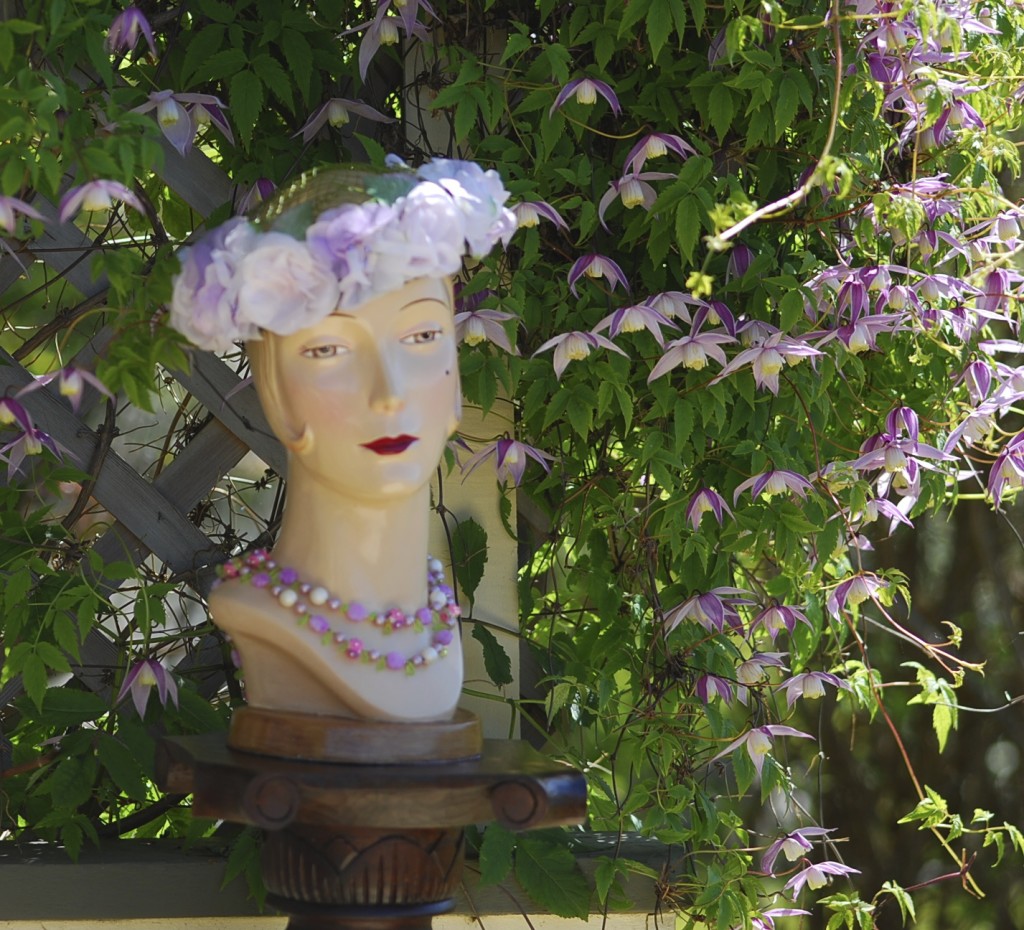 Copyright Valerie J. Hayes and Quiet West Vintage (2015). Unauthorised use and/or duplication of this material without express and written permission from this blog’s author/owner is strictly prohibited. Excerpts and links may be used, provided that full and clear credit is given to Valerie J. Hayes and Quiet West Vintage with appropriate and specific direction to the original content.
Copyright Valerie J. Hayes and Quiet West Vintage (2015). Unauthorised use and/or duplication of this material without express and written permission from this blog’s author/owner is strictly prohibited. Excerpts and links may be used, provided that full and clear credit is given to Valerie J. Hayes and Quiet West Vintage with appropriate and specific direction to the original content.
Among the highlights of millinery craftsmanship, the vintage flowers are almost as uplifting as the real ones. The first hat in the post features a 1950’s hat with a Macy’s New York label. Covered in white flowers with a bright pink flower and pussy willows adorning the front ~ it sings of spring. The underside of the brim is lined with green cut out leaves. The pink hat below it is from the sixties. The flowers on this hat are layered between an organza fabric. The third one is a veiled hair band, that came in a small clear box labeled “Date Hat” for a spring prom or dance. The others are examples of past decade arrangements and colours that show the once very popular practice of putting flowers on hats.
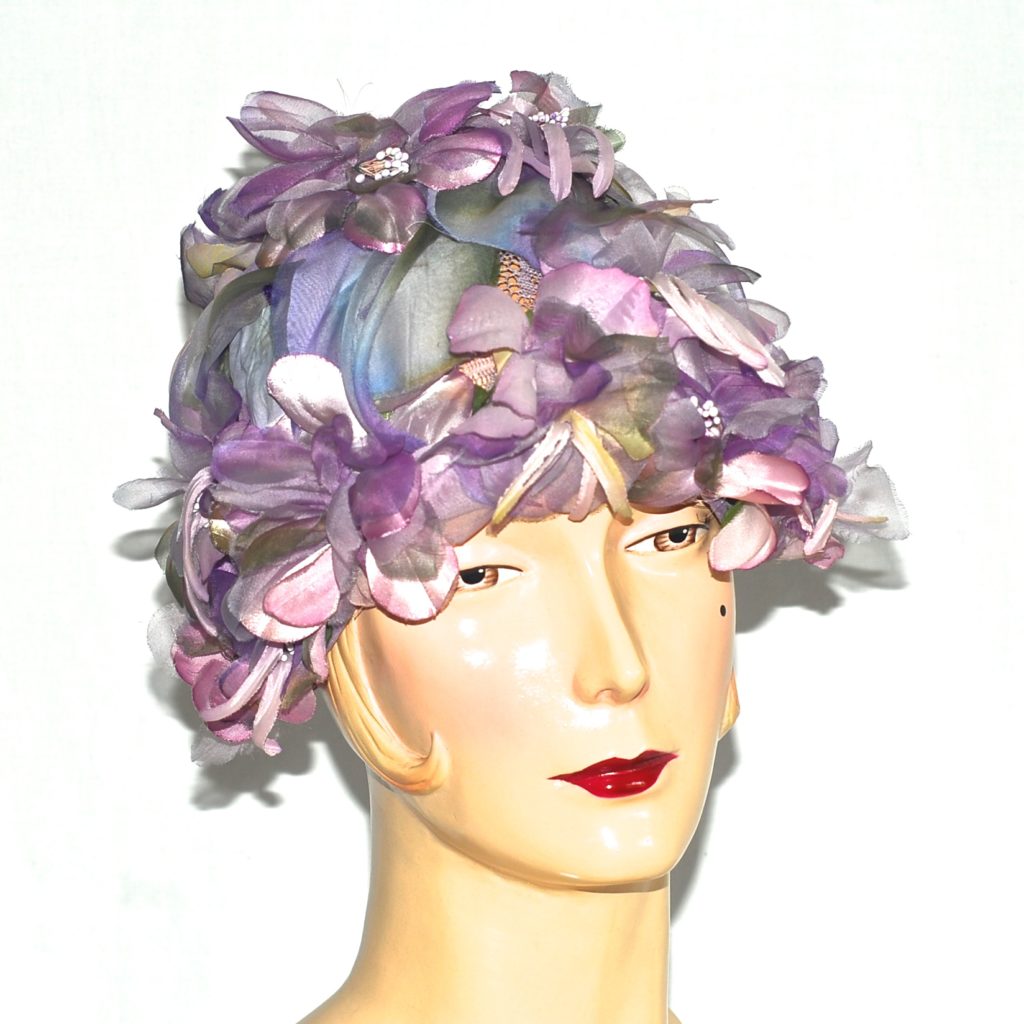
Modern Miss 1960’s
Copyright Valerie J. Hayes and Quiet West Vintage (2015). Unauthorised use and/or duplication of this material without express and written permission from this blog’s author/owner is strictly prohibited. Excerpts and links may be used, provided that full and clear credit is given to Valerie J. Hayes and Quiet West Vintage with appropriate and specific direction to the original content.
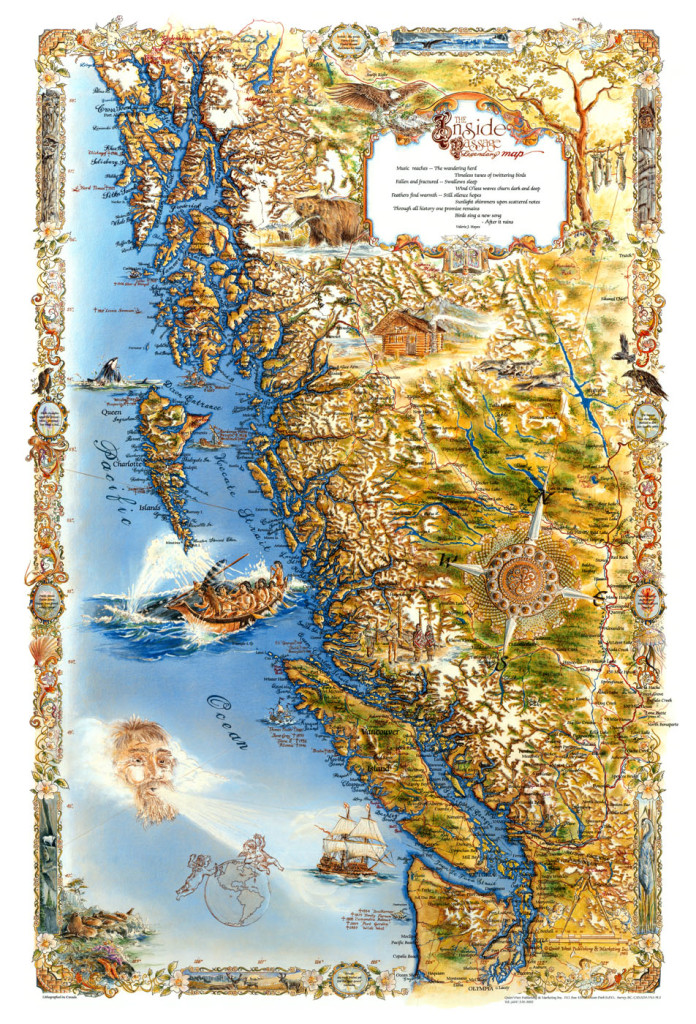
Inside Passage Legendary Map By Quiet West Publishing
Ladies Wear Many Hats
Ladies wear many hats ~
We put the lady on the map,
To illuminate despair –
To journey where we dare;
To follow rivers to wilderness,
To fly and then return to nest.
To soften contours of the stone –
And pave the road with poems.
Valerie J. Hayes
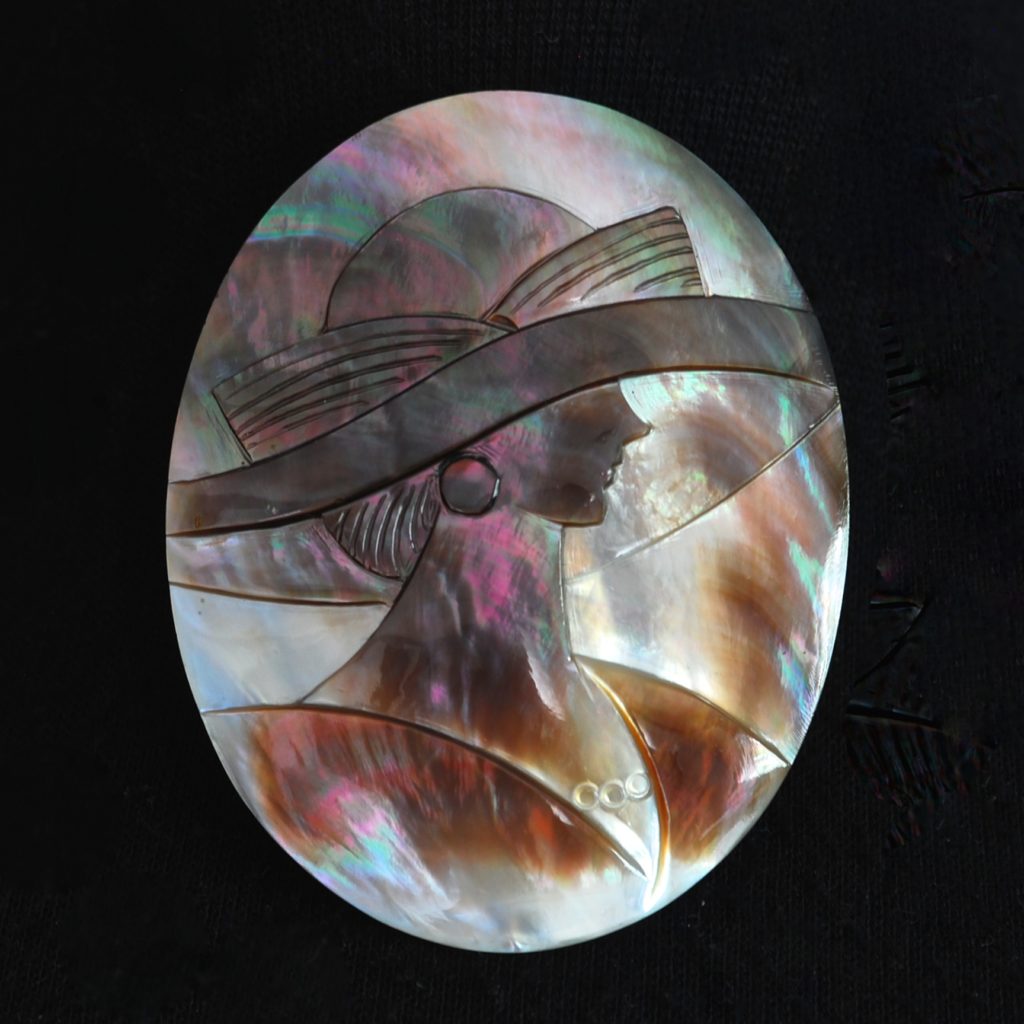
Carved Mother Of Pearl In Natural Sun Lit Colours
Copyright Valerie J. Hayes and Quiet West Vintage (2014). Unauthorised use and/or duplication of this material without express and written permission from this blog’s author/owner is strictly prohibited. Excerpts and links may be used, provided that full and clear credit is given to Valerie J. Hayes and Quiet West Vintage with appropriate and specific direction to the original content.
When I first started collecting vintage hats, it was enthralling to see all the different designs and colors. Hats from the thirties, forties and fifties were still fairly abundant in the late seventies and early eighties. It was considered “off the wall” to collect them. The general belief was that they would never be worn again. In fact, the key designers have retired or passed away, and many of the styles have never been made again. One thing remains true. Many people wear hats well. There are some gorgeous hats that have survived the test of time and chance.
How could they not fascinate us? A hat changes a person’s aura and creates a heady fashion statement that rivals no other part of the attire. During the 19th and 20th century, every design that could be conceived of was shaped into a hat. One of my favourite photographs is of a 1930’s hat that was listed in the Doyle Gallery in New York several years ago. It looked like a bees nest with bees buzzing all around it. There is a comic and whimsical element to a percentage of designs. Just as the hemlines went up after the war, the hats too, became either more utilitarian or more glamorous. The early 1900’s hats were still mostly wide-brimmed and decorated with flowers, berries, ribbons and even birds. The practice of taxidermy to place birds on hats was banned around 1909. Later on, in the forties – there was a bird revival. They used real feathers and made the body of the bird out of something else.
During the eighties, when I collected hats that were mostly dated from the 20’s through to the 60’s – it was because those were the hats that were available and fairly abundant. I did not pay much attention to labels, but studied each hat and bought what I liked. Inadvertently, I did end up with some well known designer labels. Elsa Schiaparelli, Lilly Dache, Macy’s, Stetson Fifth Avenue, Christian Dior, Mollie Entwistle, and Jerry Yates – are some of the designers who made vintage hats to marvel at. There are many other more obscure designers who made hats to the same level of quality as the luxury designers. All were affected by the Second World War, which caused some to flourish and others to fail.
When looking for vintage hats now, I look first for a label. If it is made in China, it is not vintage, even though it may be a vintage style. A label for a quality vintage hat will be fairly large (usually) and will be made of fabric that is stitched into place inside on the back of the hat. Some of the labels have a small flower attached on the side of the label. If there is no label and you believe it is vintage, check the brim, inside the crown, to see if there is heavy grosgrain ribbon. Also, if the hat has any embellishments, evaluate what they are made of, since certain types of fabrics, ribbons, flowers, etc. were used that are not modern day. Sometimes the maker and country of origin is printed inside on the crown of the hat.
Before I acquired some Stetson Fifth Avenue hats, for some reason I thought Stetson was associated only with cowboy hats. But, Stetson Fifth Avenue made some interesting and upscale hats of different styles. A large percentage of fall and winter vintage hats are made of doeskin felt. Some are made of sealskin, which is often dyed.
In the seventies, hats from the turn of the century were not available to the average person, unless you were a dealer, collector or museum. Hats from the thirties and forties seldom turn up in thrift stores anymore. The hats with face veils often get torn due to the fragility of the veils. Rubber bathing caps – unfortunately, there are only a few that have lasted – since rubber sticks together and disintegrates over time.
Most hats can be brushed with a soft bristle natural brush in the direction of the grain and steamed into shape. Unless they are for display, it is best to keep them in a box with some acid free tissue paper. Face veils, rubber bathing caps and feathers require extra attention. Be very careful when steaming hats with feathers and avoid it altogether if the feathers have been glued onto the hat.
Copyright Valerie J. Hayes and Quiet West Vintage (2014). Unauthorised use and/or duplication of this material without express and written permission from this blog’s author/owner is strictly prohibited. Excerpts and links may be used, provided that full and clear credit is given to Valerie J. Hayes and Quiet West Vintage with appropriate and specific direction to the original content.